Forums
- Forums
- Axis And Allies Forum
- General Discussion
- Aviation News
Aviation News
Post a reply
- Go to Previous topic
- Go to Next topic
- Go to Welcome
- Go to Introduce Yourself
- Go to General Discussion
- Go to Screenshots, Images and Videos
- Go to Off topic
- Go to Works in Progress
- Go to Skinning Tips / Tutorials
- Go to Skin Requests
- Go to IJAAF Library
- Go to Luftwaffe Library
- Go to RAF Library
- Go to USAAF / USN Library
- Go to Misc Library
- Go to The Ops Room
- Go to Made in Germany
- Go to Campaigns and Missions
- Go to Works in Progress
- Go to Juri's Air-Raid Shelter
- Go to Campaigns and Missions
- Go to Works in Progress
- Go to Skinpacks
- Go to External Projects Discussion
- Go to Books & Resources
-
 Main AdminA 123rd Airlift Wing C-130 Hercules takes off from the Kentucky Air National Guard base in Louisville, Ky., June 1, 2019, en route to France, where it will participate in the 75th-anniversary reenactment of D-Day. The aircraft, which has been striped with historically accurate Allied Forces livery, will airdrop U.S. Army paratroopers over Normandy on June 9 as part of the commemoration. The D-Day invasion, formally known as Operation Overlord, turned the tide of World War II in the European theater. (U.S. Air National Guard photo by Dale Greer)
Main AdminA 123rd Airlift Wing C-130 Hercules takes off from the Kentucky Air National Guard base in Louisville, Ky., June 1, 2019, en route to France, where it will participate in the 75th-anniversary reenactment of D-Day. The aircraft, which has been striped with historically accurate Allied Forces livery, will airdrop U.S. Army paratroopers over Normandy on June 9 as part of the commemoration. The D-Day invasion, formally known as Operation Overlord, turned the tide of World War II in the European theater. (U.S. Air National Guard photo by Dale Greer)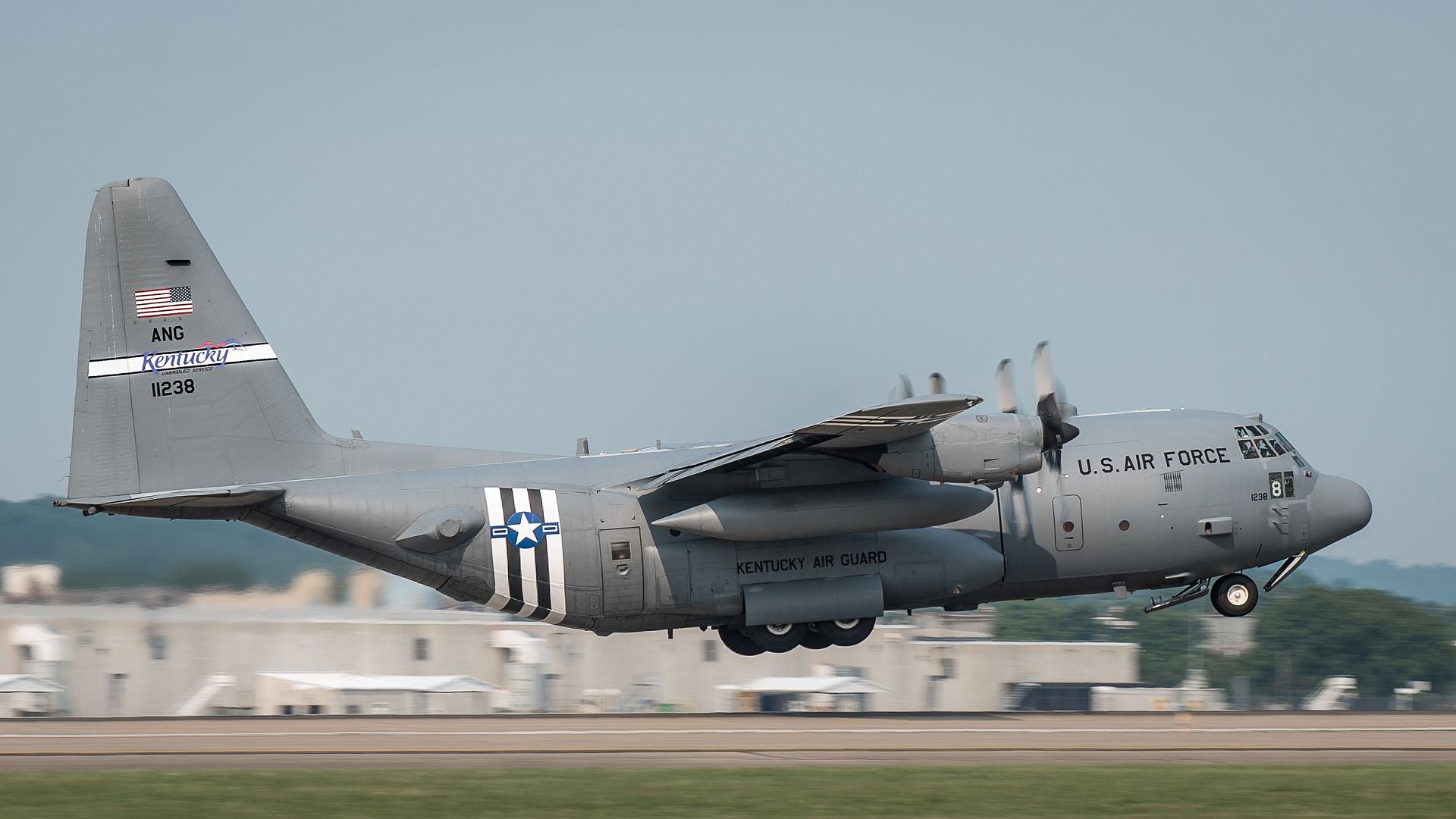
U.S. Air Force B-52H Stratofortress pilots from the 20th Expeditionary Bomb Squadron, and part of the Bomber Task Force deployed to the region, observe the air space while conducting joint exercises in the U.S. Central Command area of responsibility June 1, 2019. This demonstration of flexible and adaptable joint operations shows U.S. military forces are prepared to respond to contingencies and defend U.S. forces and interests in the region. (U.S. Air Force photo's by Staff Sgt. Erin Piazza)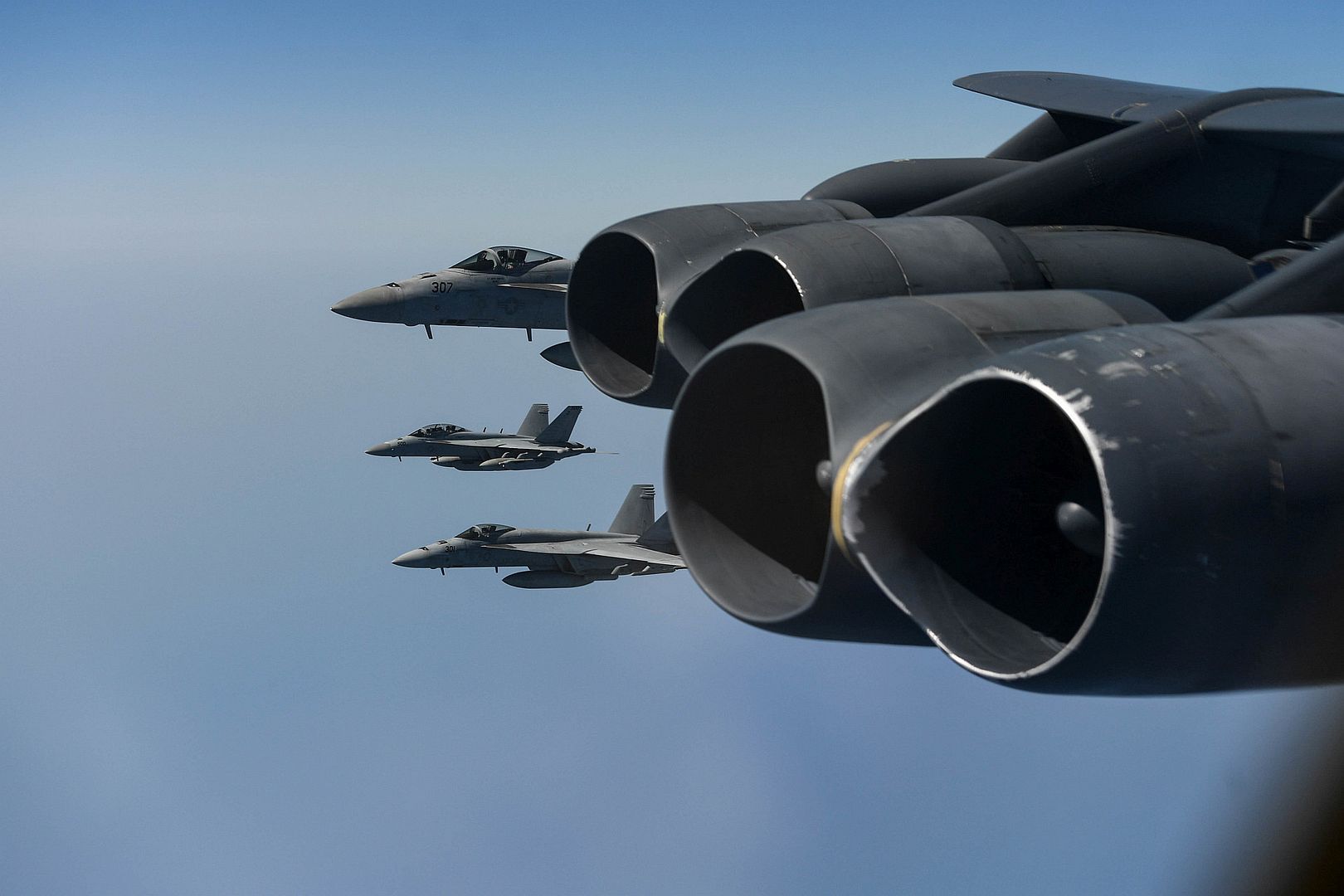
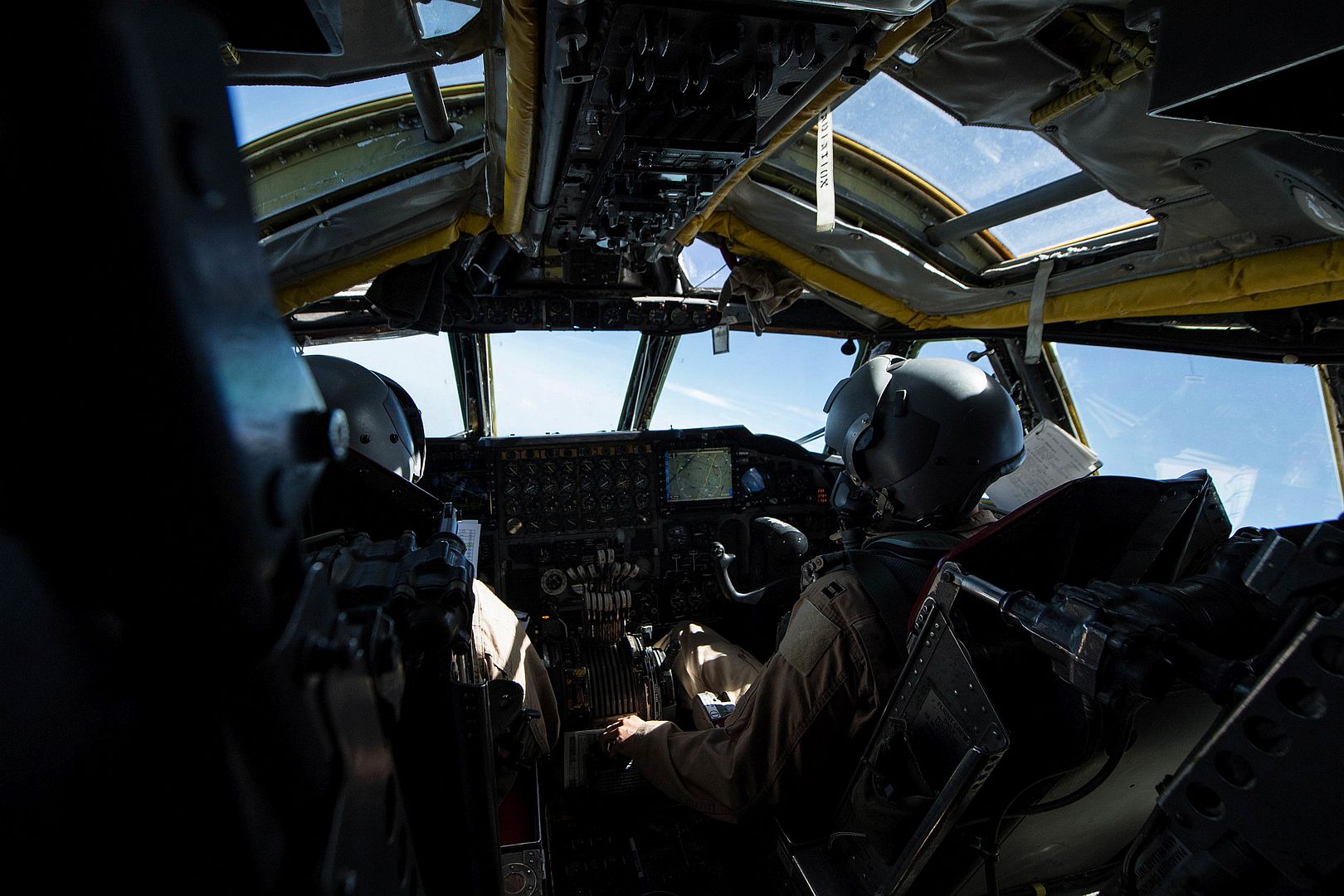
An F-35 Lightning II pilot breaks away from under a KC-10 Extender during an aerial refueling training mission, during Operation Astral Knight 19 over the Adriatic Sea, June 3, 2019. Astral Knight is a joint, multinational exercise taking place throughout various locations in Europe, with more than 900 Airmen participating in the exercise. (U.S. Air Force photo by Staff Sgt. Joshua R. M. Dewberry)
F-16 Fighting Falcon's from the 555th Fighter Squadron take off on the first day of Astral Knight 19 at Aviano Air Base, Italy, on June 3, 2019. The U.S. and our NATO partners and allies continue to strengthen our deterrence efforts and improve readiness through multinational exercises like AK19. (U.S. Air Force photo's by Airman 1st Class Caleb House)

An F-35A Lightning II fighter jet taxis on the runway during Astral Knight 2019 on June 3, 2019, at Aviano Air Base, Italy. The F-35A brings an enhanced capability to survive in an advance threat environment in which it was designed to operate. (U.S. Air Force photo by Tech. Sgt. Jim Araos)
-
 Main AdminAn A-10 Thunderbolt II assigned to the 190th Fighter Squadron from the Idaho Air National Guard is parked on the flightline at Nellis Air Force Base, June 3, 2019 in Las Vegas, Nevada. The IDANG Airmen are participating in Green Flag-West at Nellis AFB. (U.S. Air National Guard photo's by Senior Airman Mercedee Wilds)
Main AdminAn A-10 Thunderbolt II assigned to the 190th Fighter Squadron from the Idaho Air National Guard is parked on the flightline at Nellis Air Force Base, June 3, 2019 in Las Vegas, Nevada. The IDANG Airmen are participating in Green Flag-West at Nellis AFB. (U.S. Air National Guard photo's by Senior Airman Mercedee Wilds)

A U.S. Air Force F-16C Block 52 Fighting Falcon assigned to the Air National Guard?s 169th Fighter Wing from McEntire Joint National Guard Base, S.C., returns from a morning mission as the third and final week of air operations continue in support of Arctic Challenge Exercise 2019 at Kallax Air Base, Lule?, Sweden, June 3, 2019. ACE 19 is a Nordic avia-tion exercise that provides realistic, scenario-based training to prepare forces for enemy defensive systems. U.S. forces are engaged, postured and ready to deter and defend in an increasingly complex security environment. (U.S. Air National Guard photo by Senior Master Sgt. Edward Snyder)
A Royal Air Force Typhoon FGR4 launches for an afternoon mission as the third and final week of air operations continue in support of Arctic Challenge Exercise 2019 at Kallax Air Base, Lule?, Sweden, June 3, 2019. ACE 19 is a Nordic avia-tion exercise that provides realistic, scenario-based training to prepare forces for enemy defensive systems. U.S. forces are engaged, postured and ready to deter and defend in an increasingly complex security environment. (U.S. Air National Guard photo by Senior Master Sgt. Edward Snyder)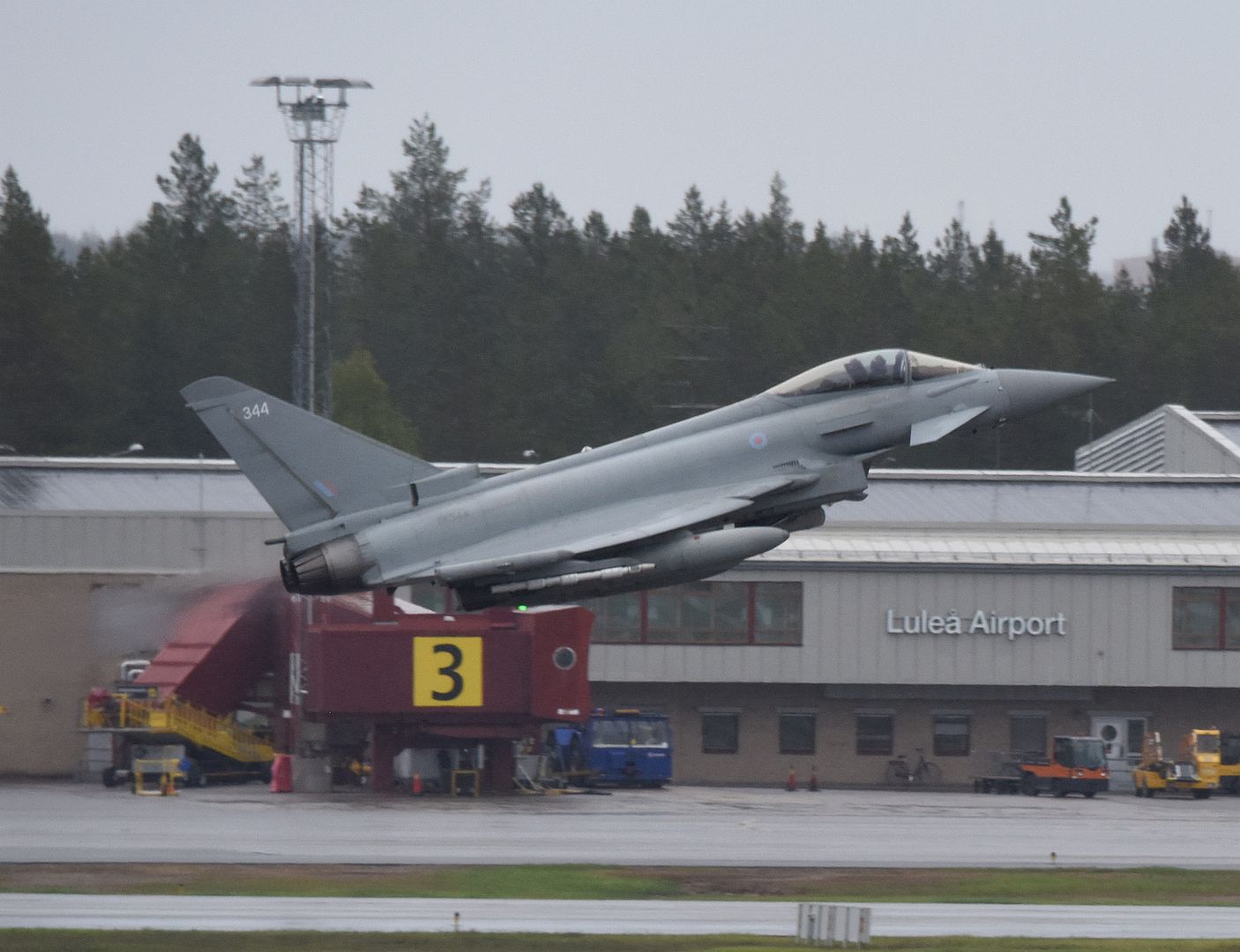
U.S. and Italian Air Forces aircraft consisting of F-35 Lightning IIs, F-16 Fighting Falcons, and a B-52 Stratofortress, fly in formation over the Adriatic Sea during Astral Knight 19, June 4, 2019. Astral Knight is an exercise taking place throughout various locations in Europe, involving over 900 Airmen and supports the collective defense and security of NATO allies and U.S. forces in Europe. (U.S. Air Force photo by Staff Sgt. Joshua R. M. Dewberry)
A U.S. Air Force F-16 Fighting Falcon from the 457th Fighter Squadron, Fort Worth, TX, flies in formation alongside a 100th Air Refueling Wing KC-135 Stratotanker from RAF Mildenhall, England, during exercise Astral Knight over the skies of Italy, June 3, 2019. AK19 is a joint, multinational exercise which aims to demonstrate the integration, coordination, and interoperability of joint existing command and control at the operation and tactical levels. (U.S. Air Force photo by Airman 1st Class Brandon Esau)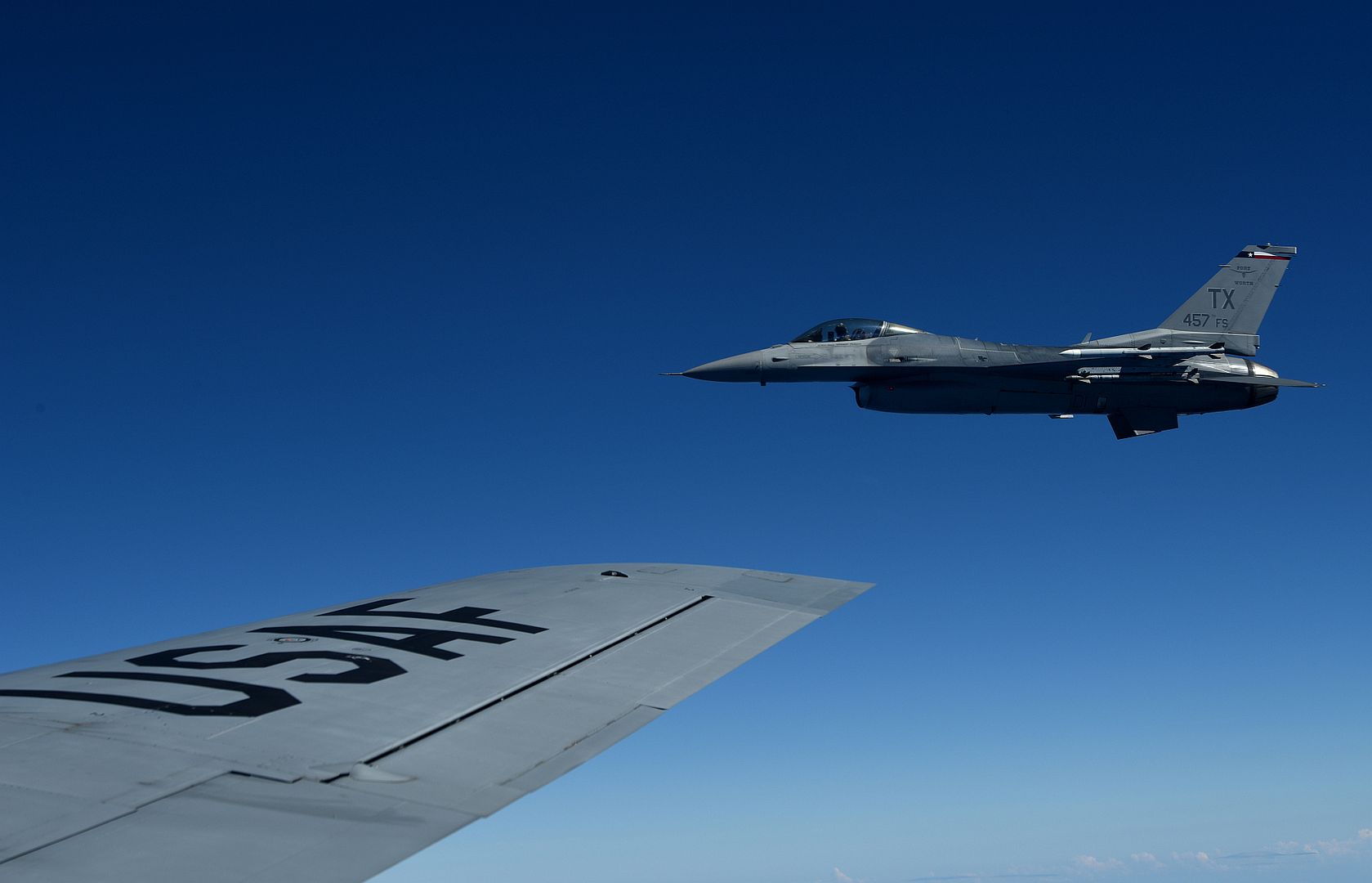
Iraqi Air Force F-16 Fighting Falcons conduct a training mission over Iraq May 26, 2019. The Coalition Aviation Advisory and Training Team in partnership with the Office of Security Cooperation-Iraq, provides training, advising and assistance in addition to building partner capacity for Iraqi Army Aviation Command, Iraqi Air Defense Command and the Iraqi Air Force. (U.S. Air Force photo's by Master Sgt. Russ Scalf)


History is made! B-29 'Doc' shown about to touch down at Tinker Air Force Base, Oklahoma on May 31, 2019, for the 2019 Star Spangled Salute Air & Space Show. This landing marked the first time in decades that a B-29 has been to the same base where they were maintained and modified during WWII and after. The featured performer for the show is the Blue Angels flying Boeing F/A-18 Hornet aircraft. (Courtesy photo/Matthew Johnson)
Fort Worth, TX (4 June 2019) ? Bell Helicopter, a Textron Inc. (NYSE: TXT) company, announced today Type Certification for performance information expansion at up to 22,500 feet density altitude, setting the bar for high altitude operations for aircraft in its class.
?The Bell 505 is the most advanced short light single helicopter in the world, and we are proud to bring more performance to our operator?s missions,? said LaShan Bonaparte, program director, Bell 505 and Bell 429. ?High-altitude demonstrations are another testament to the aircraft?s ability to perform in the most demanding environments, across a variety of segments.?
This spring, the Bell 505 showcased several performance capabilities during a successful high-altitude flight test demonstration in Nepal. Testing efforts included numerous take offs and landings at density altitudes between 18,000 and 18,500 feet as well as the evaluation of landings with the loss of control system hydraulic boost.
With a speed of 125 knots (232 km/h) and useful load of 1,500 pounds (680 kg), the Bell 505 is designed to be safe and easy to fly while providing significant value to the operator. The customer-driven design of the aircraft places safety, performance and affordability at the forefront, blending proven systems with advanced technology and a sleek, modern design.
The Bell 505 has crossed the 13,000-flight hour mark and is flying across six continents.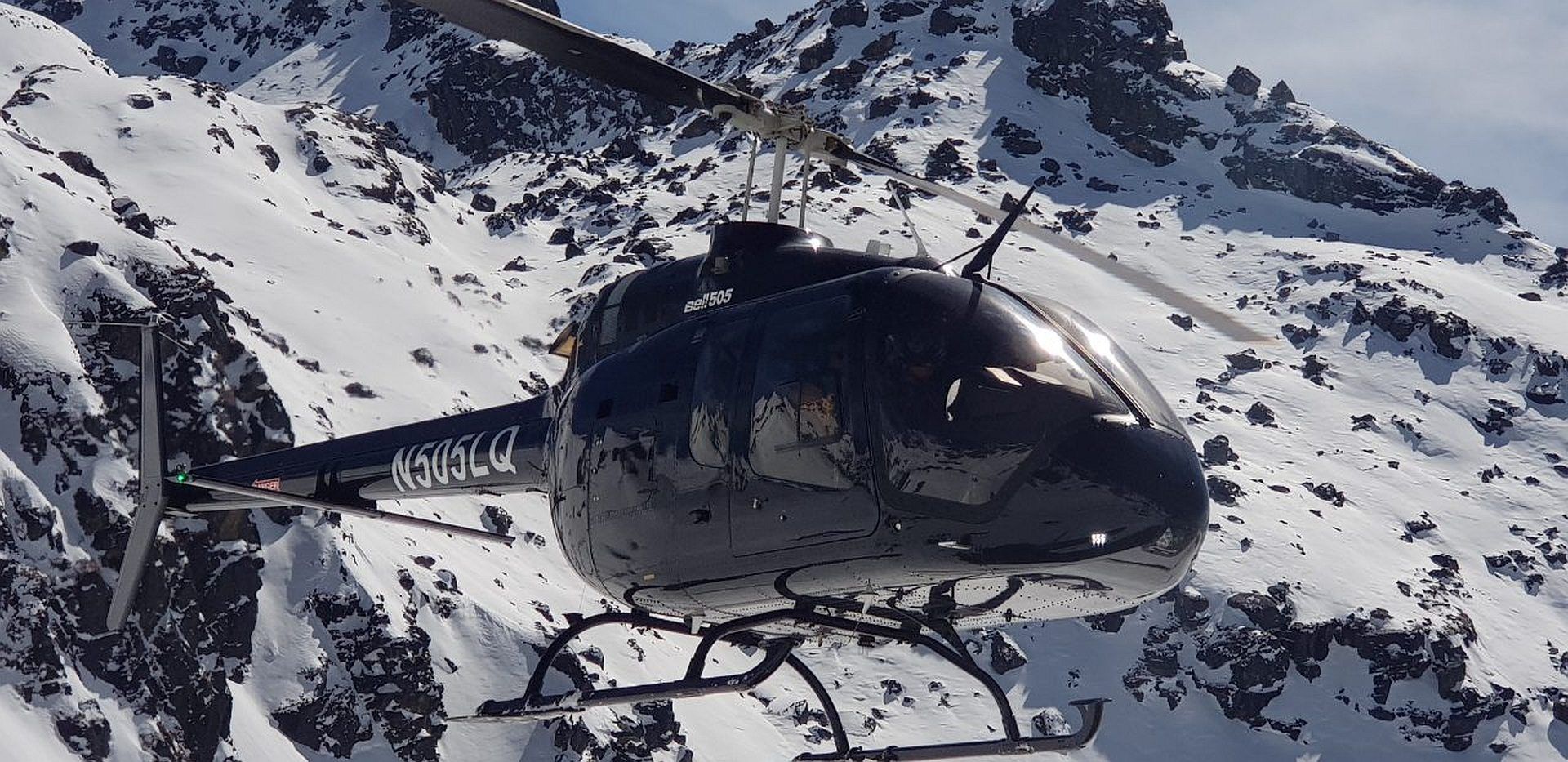
Royal Air Force aircraft and personnel are training on an exercise in Sweden alongside eight other nations to work together in building collective security.
Arctic Challenge Exercise (ACE) is one of Europe?s largest air power exercises with 140 aircraft and 4000 troops from the UK (RAF), Sweden, Finland, Norway, Denmark, France, Germany, the Netherlands and USA, supported by NATO assets, coming together from 22nd May ? 4th June to test their effectiveness in a realistic threat environment.
Corporal Tania Barr, 30, Logistics Mover from RAF Lossiemouth said: ?I love going to new places and I?ve never been to Sweden. It?s interesting seeing how the Swedish work compared to us. They?ve been really helpful in hosting us and everyone seems to be working really well together.?
Located at Lule?-Kallax Airport, the RAF is contributing 155 personnel from 14 RAF stations and seven aircraft to the exercise: five Typhoon fast-jets, one Hercules tactical transport aircraft and one Voyager transport aircraft.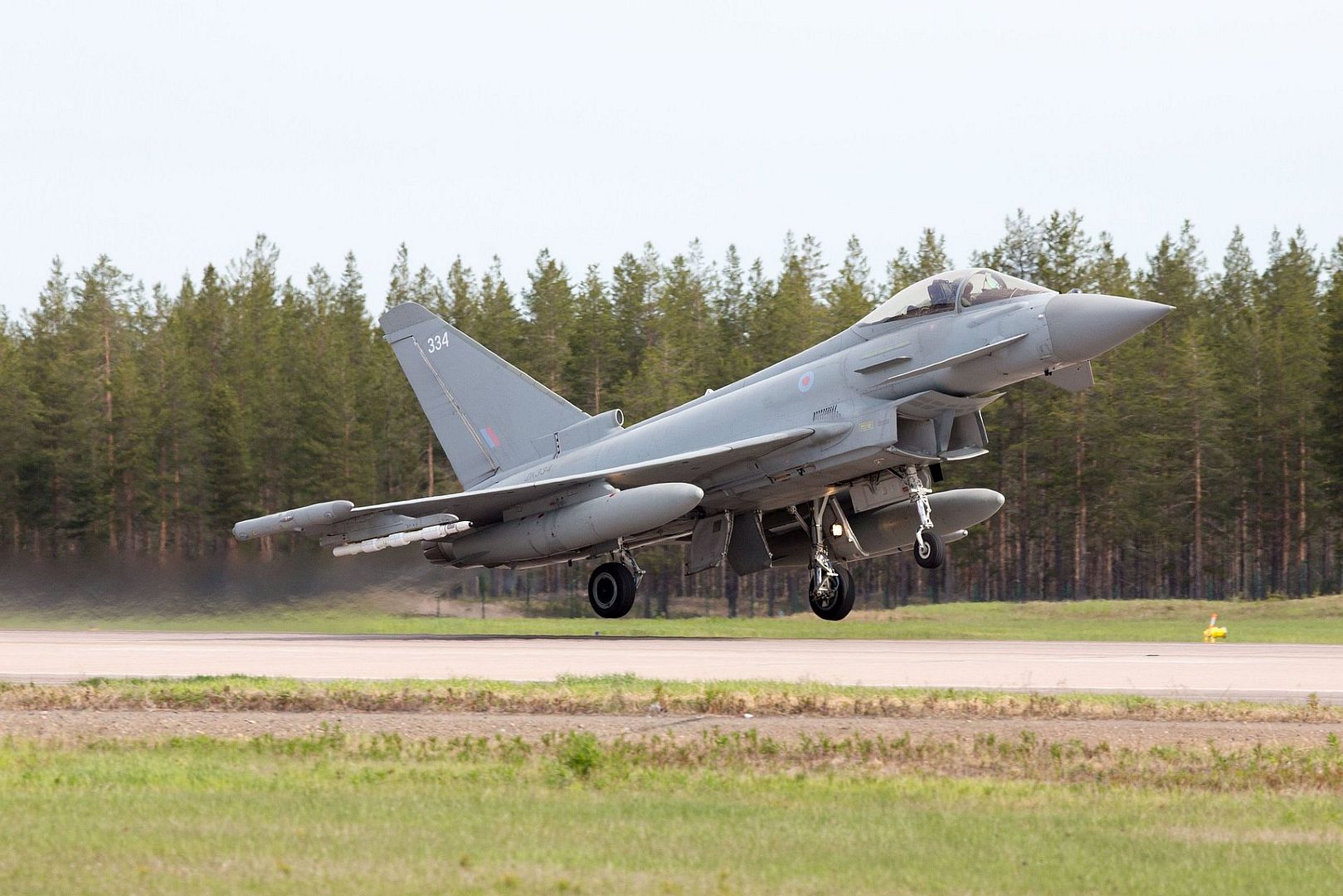
Each day will see up to 100 aircraft fly simultaneously in the exercise area which extends across the airspaces of Sweden, Finland and Norway. The pilots from each nation take part in simulated scenarios to practice their combat air skills, alternating between playing the role of enemy or ally.
Flight Lieutenant Craig Allison, 28, Typhoon pilot at RAF Lossiemouth said: ?Getting to ?fight? against a Swedish Gripen jet has been my favourite moment so far; it?s good fun to see what we can do against each other and how differently we like to fly. We don?t often get to participate with 100 aircraft all airborne at the same time, so it?s quite a unique experience.?
The RAF?s Typhoons fly alongside Swedish Gripens; F-18s from Finland and the US; F-16s from Norway, Denmark and the US; and the Rafale and Mirage from France.
On 27th May, British and American personnel were welcomed to Sweden with a visit to Lule?-Kallax air base from Her Royal Highness The Crown Princess of Sweden, who met with personnel and took a tour of the British, Swedish and American fast jets.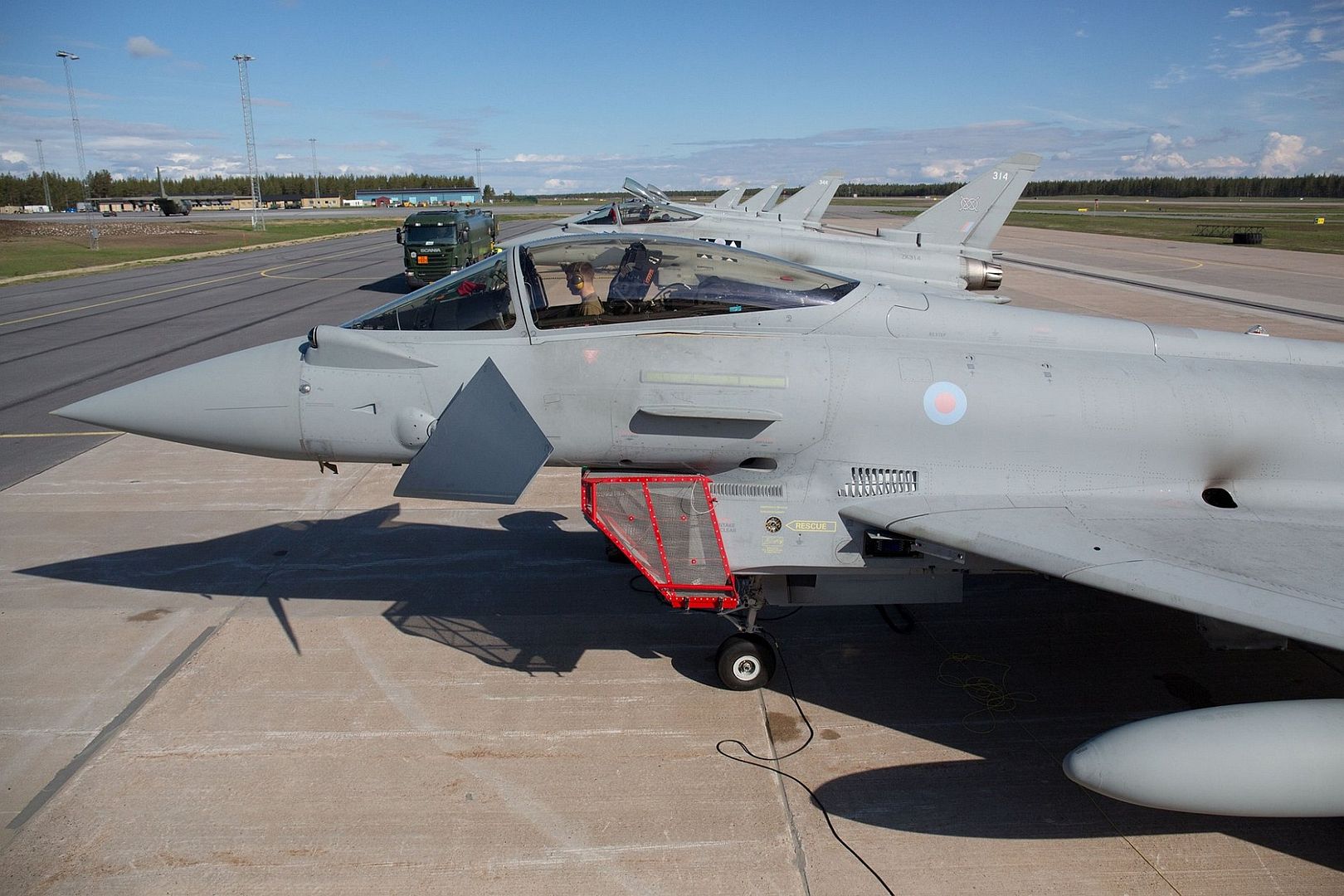
By taking part in the exercise, the nine participating air forces share knowledge and learn from each other to strengthen their interoperability. Personnel are tested in various disciplines including:
Threat evasion tactics such as low-level flying
Aerial resupply (load drops) to friendly forces
Search and rescue
Air-to-air refuelling
The exercise is uniquely operated from three airbases in three different countries, adding further complexity to already demanding missions. This trains personnel for the possibility of working this way with other nations on future operations.
?ACE 19 is an opportunity for us to train with our allies to improve our interoperability and ensure we?re capable of contributing to the collective security of Europe and NATO,? said the UK Commander for ACE 19; Wing Commander Matt D?Aubyn, Officer Commanding 6 Squadron and Typhoon pilot at RAF Lossiemouth.
?Flying alongside the pilots from other nations is great because there?s always that slight competition: you always want to prove yourselves and so far the UK contingent is performing very well.?
Arctic Challenge Exercise is hosted between the air forces of Sweden, Finland and Norway and this year is led by the Swedish Air Force.
(photo's courtesy MOD)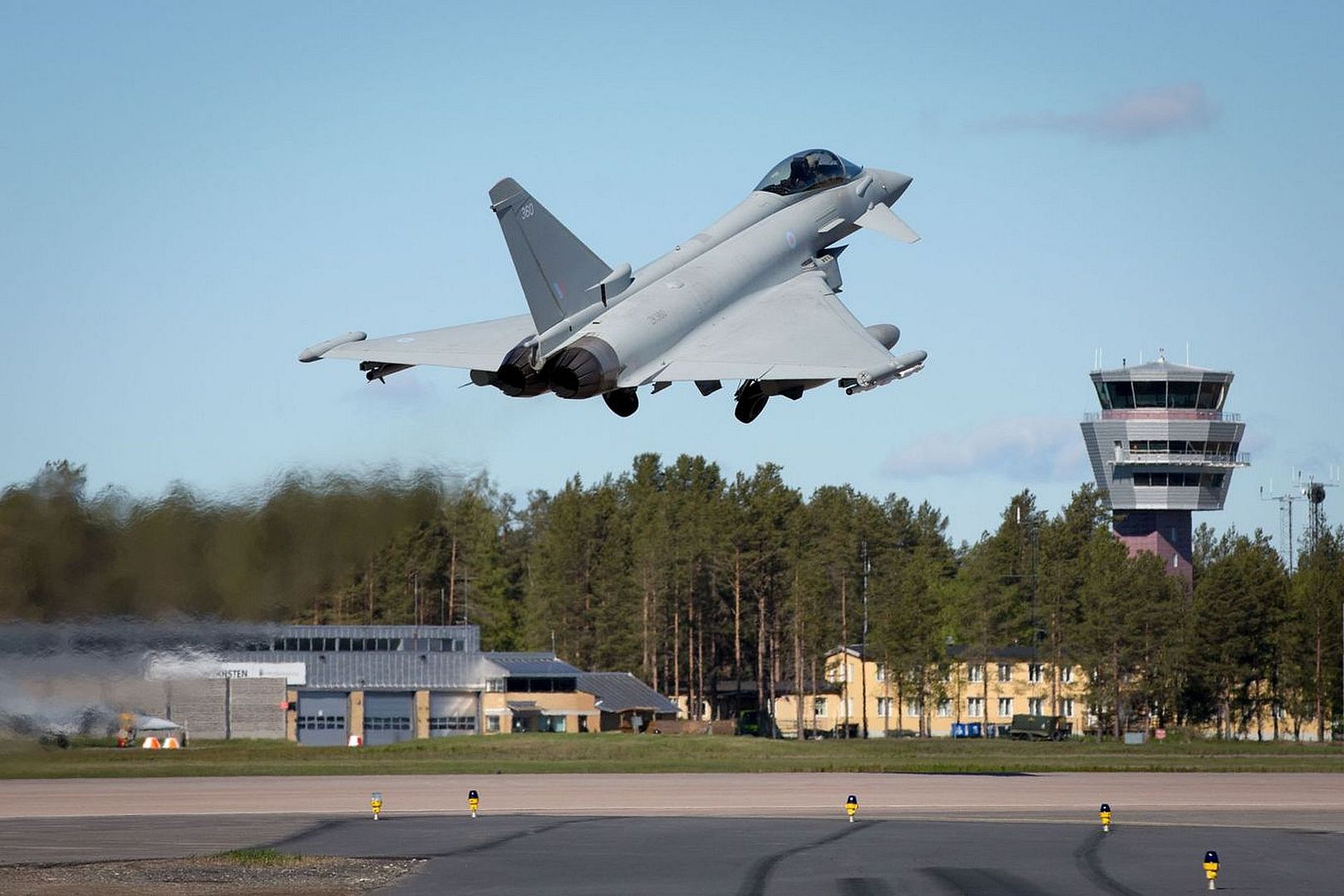
-
 Main AdminMILTON, Fla. (June 5, 2019) TH-57 Sea Ranger helicopters from Training Air Wing (TW) 5 sit on the flightline at Naval Air Station Whiting Field in Milton, Fla. TW-5 conducts primary fixed-wing and advanced helicopter training for aviators from the Navy, Marine Corps, Coast Guard, and allied nations. (U.S. Navy photo by Lt. Michelle Tucker/Released)
Main AdminMILTON, Fla. (June 5, 2019) TH-57 Sea Ranger helicopters from Training Air Wing (TW) 5 sit on the flightline at Naval Air Station Whiting Field in Milton, Fla. TW-5 conducts primary fixed-wing and advanced helicopter training for aviators from the Navy, Marine Corps, Coast Guard, and allied nations. (U.S. Navy photo by Lt. Michelle Tucker/Released)
06.05.2019
Marine Corps AH-1Z Viper helicopter is painted with one-component (1K) camouflage gray polysiloxane topcoat on the exterior. U.S. Naval Research Laboratory chemists developed the new topcoat for DoD aircraft, which is safer for the environment and easier to apply.
Photo by Victor Chen.
06.04.2019
A Brazilian Air Force A-29 Super Tucano taxies during Green Flag-West 19-8 at Nellis Air Force Base, Nevada. The Brazilian Air Force is working hand-in-hand with the Idaho Air National Guard?s 124th Fighter Wing, Boise, Idaho during the exercise. (U.S. Air National Guard photo by Master Sgt. Joshua C. Allmaras)
A pilot from the 190th Squadron, Boise, Idaho prepares to taxi at Nellis Air Force Base, Nevada on June 4, 2019. The 124th Fighter Wing is in Nevada to participate in Green Flag-West 19-8. (U.S. Air National Guard photo by Master Sgt. Joshua C. Allmaras)
EDWARDS AIR FORCE BASE, Calif. --
In the midst of its Phase III testing, the KC-46 Pegasus completed yet another milestone. The Air Force?s newest refueling tanker made its first mid-air connection with the B-2 Spirit in the skies over Edwards Air Force Base, California, recently.
The Air Force took first delivery of the KC-46 earlier this year, the Global Reach Combined Test Force and the 418th Flight Test Squadron has been at the forefront of the platform?s developmental testing program.
?Testing with the B-2 was a pretty big deal for us,? said Jamie Smith, 418th FLTS lead aerial refueling engineer. ?It is the first aircraft that has such a dark paint scheme and it takes up quite a large portion of the Remote Vision System (RVS) screen. We were all really interested to see how the RVS would react with the B-2.?
With the connection with the B-52 last summer, and now the B-2, the KC-46 has successfully connected with two of the three bombers in the Air Force inventory. The Global Reach CTF is working with the 419th FLTS, who is in charge of the 412th Test Wing?s bomber fleet.
?This was a first flight of sorts for both of these aircraft,? said Maj. Matthew Gray, 419th FLTS test pilot and flight commander. ?Never before has a flying wing refueled behind the KC-46 and as such, we tested unique aerodynamic influences while proving system capabilities.?
Gray serves as the B-2 flight commander and said the mission presented unique challenges and important engineering data. The data gathered from the pairing during the developmental testing phase will impact how the KC-46 operates in the near future. Engineers are looking for information pertaining to flight characteristics as well as other data.
?We are looking for data such as the bow-wave effect from the tanker on the receiver and how it affects receiver handling qualities, boom handling qualities, whether the visual reference indications are satisfactory to both aircrews, if the two aircraft are mechanically compatible: no nozzle binding during contacts, if the fuel systems are compatible with one another, and, determine the aerial refueling envelope; altitude and airspeed,? Smith said.
The B-2?s distinctiveness combined with the new KC-46 platform offers unique challenges for flight crews and engineers.
?The flying wing design of the B-2 poses unique challenges to the flying and handling qualities of the tanker-receiver pair,? Gray said. ?The up-wash at the leading edge of the flying wing is dynamic compared to the bow wave at the nose of a conventional receiver aircraft. This dynamic airflow environment in close proximity to the horizontal stabilizer of the tanker is something we are looking to understand and characterize throughout all test missions.?
To mitigate the inherent dangers of the mission, teams from both the 418th and 419th squadrons considered safety to be paramount. Both teams were able to openly communicate safety concerns with each other, said Maj. Dan Welch, 419th FLTS test pilot, and it started with, ?in depth safety planning and using a well thought out test build up to ensure safety of aircrew and strategic assets, and fostering a culture where all feel comfortable speaking up if a safety concern presents itself.?
?The entire team of engineers and test pilots from both the 418th and 419th collaborated to develop the safety plan and buildup test approach that was integral in the success of this mission,? Gray said. ?The expertise from both organizations in their respective platforms and in-test conduct was apparent in planning and displayed in execution.?
The testing follows a heritage safety-buildup process where the tanker-receiver pair build out from the center of an altitude/airspeed/configuration envelope, defined by legacy tanker and simulation data. Engineers then incrementally test the handling qualities of the individual aircraft and then build to the handling qualities of the pair, said Rachel Johnson, 418th FLTS flight test engineer for the KC-46/B-2 certification test program.
?This process allows the test team to thoroughly evaluate the dynamics of the pair during aerial refueling and is our primary mitigation to most dangers; mid-air collision, boom strike outside the air-refueler receptacle, and fuel over pressurization, inherent to air-refueling testing,? Johnson said. ?Additionally, the 418th FLTS tests using an airborne control room who are actively monitoring instrumented test parameters and are able to make real-time decisions.?
The KC-46 further strengthens the Air Force?s bomber fleet by enhancing their capability providing improved support to the Warfighter.
?The KC-46 provides significant added capability over the workhorse of the tanker fleet, the KC-135. It is configured all the time to configure both boom (U.S. Air Force) and drogue (U.S. Navy, foreign) receivers, whereas the KC-135 can generally only refuel one type or the other on a given sortie,? said Maj. Jacob Lambach, 418th FLTS flight test pilot. ?It has the capability to carry up to 18 pallets of cargo, versus six for the KC-135, which is especially helpful when moving both aircraft and their support personnel and equipment across the ocean.?
The KC-46 enhances the AF?s Global Reach and Strike capabilities by providing the reliability of a new aircraft coupled with a stable platform to fly behind and will reduce fatigue flying behind a tanker with a large boom envelope, Welch said.
While the B-2 pairing tests are still ongoing, plans are now being developed to pair the KC-46 with the B-1, Johnson said. And according to the test pilots, the success of the first KC-46 and B-2 pairing adds to the history of firsts here at Edwards.
?It?s very exciting to be part of a flight test first. But with the KC-46 program, nearly every sortie we do is a first in some way, shape, or form,? Lambach said. ?Some, like the first contact with a B-2, are more exciting than others. To some degree we become numb to it, but each time we go fly, we realize that we?re going to do something that no one has ever done before. It is a privilege and an honor, and requires us to be on the top of our game.?
(U.S. Air Force photo's by Christian Turner)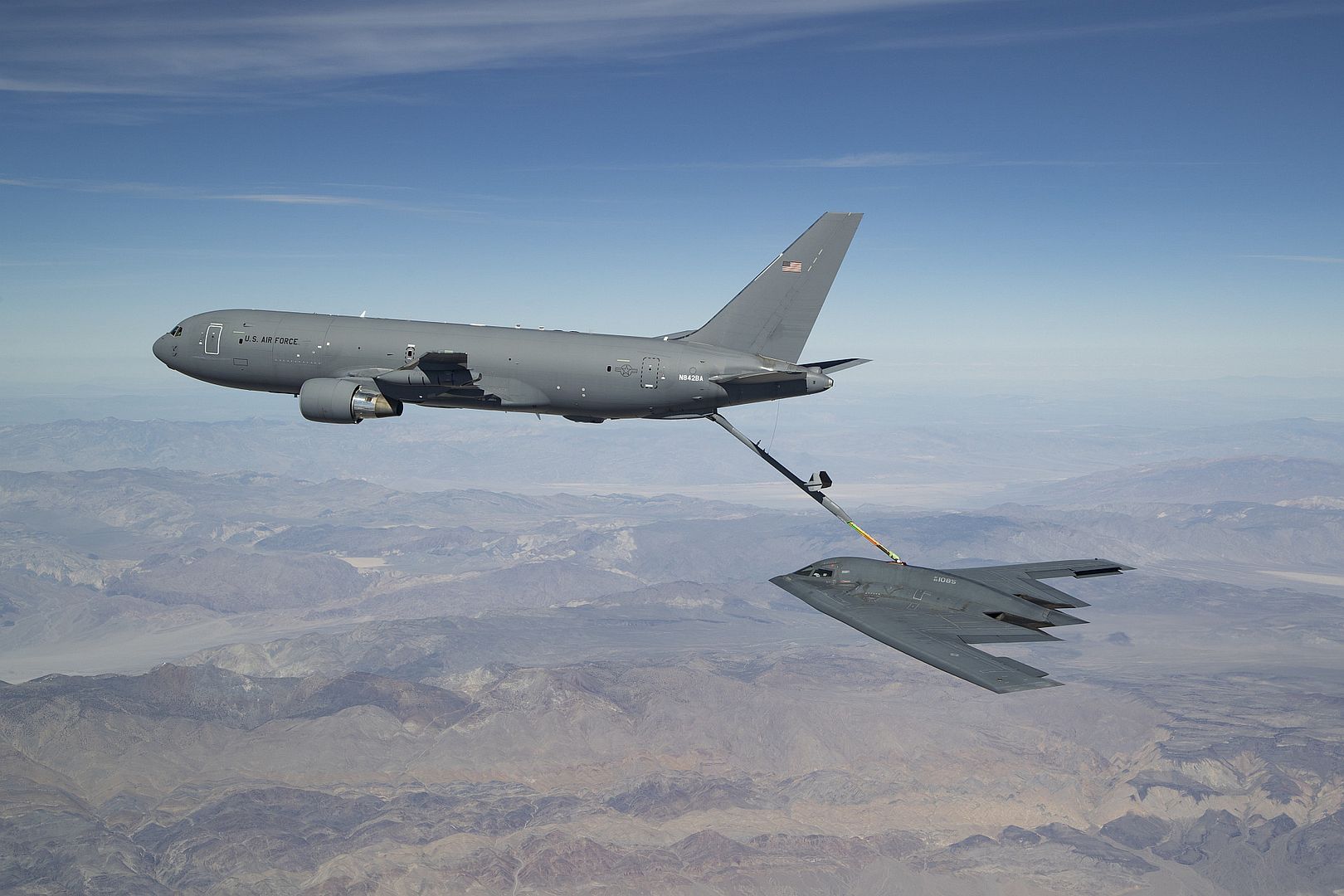
The 48th Fighter Wing displays its three Heritage F-15s at Royal Air Force Lakenheath, England May 30, 2019. The aircraft are scheduled to participate in a flyover commemorating the 75th Anniversary of the Allied D-Day invasion over Normandy, France. (U.S. Air Force photo/ Tech. Sgt. Matthew Plew)
-
 Main AdminA 493rd Fighter Squadron F-15C Eagle, painted in the heritage colors of it's WWII P-47 Thunderbolt predecessor, takes off on the flightline at Royal Air Force Lakenheath, England, in support of the D-Day 75th Anniversary flyover June 6, 2019. The transatlantic alliance between the U.S. and Europe has endured and is more relevant than ever in today?s complex world. (U.S. Air Force photo's by Airman 1st Class Madeline Herzog)
Main AdminA 493rd Fighter Squadron F-15C Eagle, painted in the heritage colors of it's WWII P-47 Thunderbolt predecessor, takes off on the flightline at Royal Air Force Lakenheath, England, in support of the D-Day 75th Anniversary flyover June 6, 2019. The transatlantic alliance between the U.S. and Europe has endured and is more relevant than ever in today?s complex world. (U.S. Air Force photo's by Airman 1st Class Madeline Herzog)

A 494th Fighter Squadron F-15E Strike Eagle, painted in the heritage colors of it's WWII P-47 Thunderbolt predecessor, takes off on the flightline at Royal Air Force Lakenheath, England, in support of the D-Day 75th Anniversary flyover June 6, 2019. D-Day remains a historic reminder of how the dedicated resolve of allies with a common purpose and shared vision builds proven partnerships that endure. (U.S. Air Force photo's by Airman 1st Class Madeline Herzog)

A 492nd Fighter Squadron F-15E Strike Eagle, painted in the heritage colors of it's WWII P-47 Thunderbolt predecessor, takes off on the flightline at Royal Air Force Lakenheath, England, in support of the D-Day 75th Anniversary flyover June 6, 2019. D-Day remains a historic reminder of how the dedicated resolve of allies with a common purpose and shared vision builds proven partnerships that endure. (U.S. Air Force photo's by Airman 1st Class Madeline Herzog)

An F-15C Eagle painted in the 493rd Fighter Squadron?s WWII heritage colors, inspired by its P-47 Thunderbolt predecessor, takes off from Royal Air Force Lakenheath, England, in support of the D-Day 75th Anniversary flyover June 6, 2019. D-Day remains a historic reminder of how the dedicated resolve of allies with a common purpose and shared vision build proven partnerships that endure. (U.S. Air Force photo by Senior Airman Malcolm Mayfield)
An F-15E Strike Eagle painted in the 494th Fighter Squadron?s WWII heritage colors, inspired by its P-47 Thunderbolt predecessor, takes off from Royal Air Force Lakenheath, England, in support of the D-Day 75th Anniversary flyover June 6, 2019. U.S. aircraft as well as several other nations honor the service and sacrifice of the Greatest Generation at events throughout the week.. (U.S. Air Force photo by Senior Airman Malcolm Mayfield)
An F-15E Strike Eagle painted in the 492nd Fighter Squadron?s WWII heritage colors, inspired by its P-47 Thunderbolt predecessor, takes off from Royal Air Force Lakenheath, England, in support of the D-Day 75th Anniversary flyover June 6, 2019. The flyover commemorates the bravery and heroism by all the allies on D-Day which continues to resonate with U.S. forces in Europe - who remain steadfast in their commitment to European allies and partners. (U.S. Air Force photo by Senior Airman Malcolm Mayfield)
An F-35A Lightning II fighter jet takes off during Astral Knight 2019 on June 6, 2019, at Aviano Air Base, Italy. The F-35A is designed to achieve unprecedented levels of reliability and maintainability, combined with a highly responsive support and training system linked with the latest in information technology. (U.S. Air Force photo by Tech. Sgt. Jim Araos)
PHILIPPINE SEA (June 6, 2019) A Sailor signals for the launch of an F/A-18E Super Hornet of Strike Fighter Squadron (VFA) 27 aboard the Navy's forward-deployed aircraft carrier USS Ronald Reagan (CVN 76) during flight operations. Ronald Reagan, the flagship of Carrier Strike Group 5, provides a combat-ready force that protects and defends the collective maritime interests of its allies and partners in the Indo-Pacific region. (U.S. Navy photo by Mass Communication Specialist 2nd Class Janweb B. Lagazo/Released)
PHILIPPINE SEA (June 4, 2019) An F-35B Lightning II aircraft, assigned to Marine Medium Tiltrotor Squadron (VMM) 265 (Reinforced), , taxis on the flight deck of the amphibious assault ship USS Wasp (LHD 1). Wasp is underway conducting routine operations as part of the Wasp Amphibious Ready Group (ARG) in the U.S. 7th Fleet area of operations (U.S. Navy photo by Mass Communication Specialist Seaman Apprentice David Glotzbach)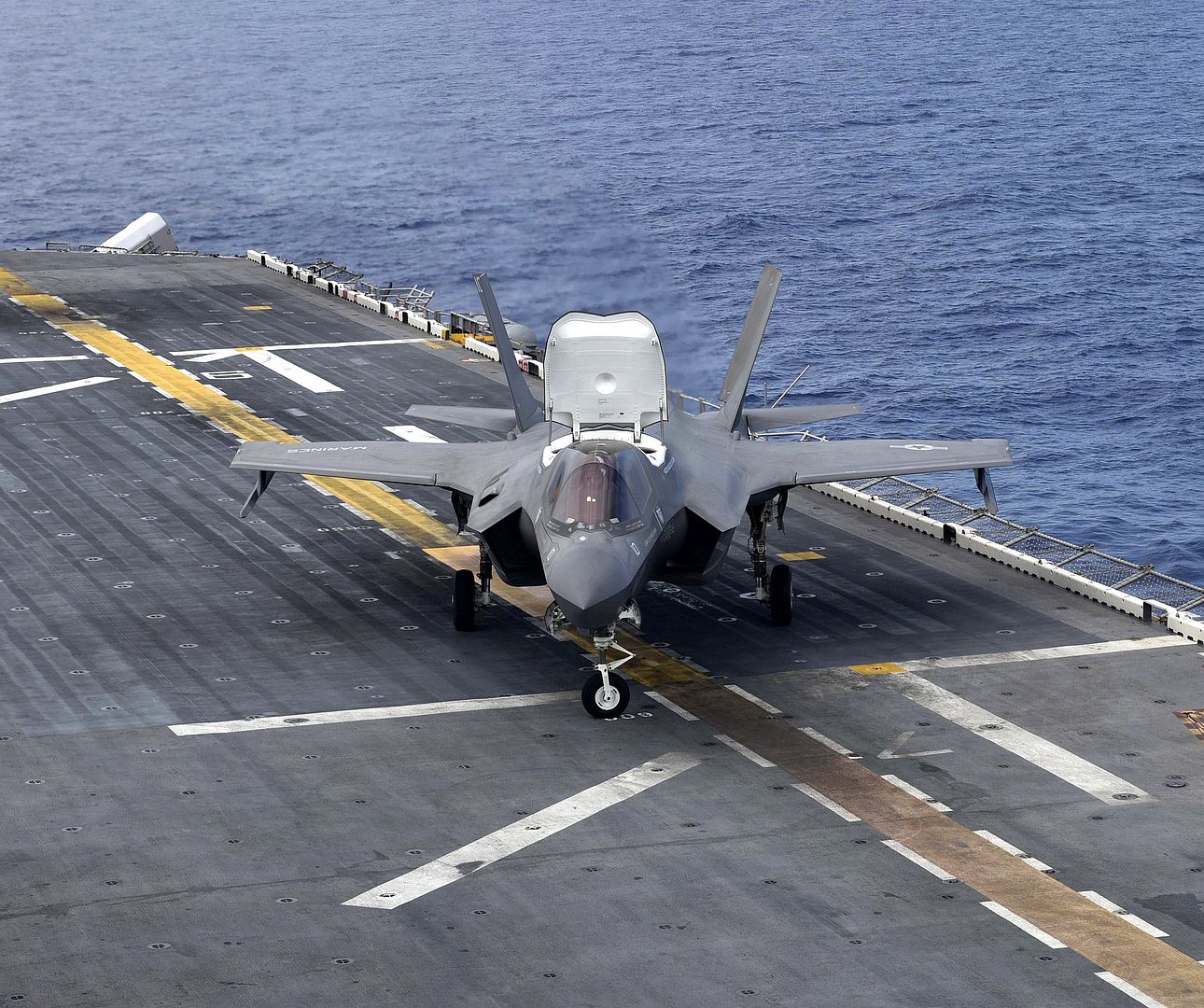
WEST PALM BEACH, Fla., June 6, 2019 /PRNewswire/ -- A technology kit developed by Sikorsky, a Lockheed Martin company (NYSE: LMT), was used for the first time to operate a Black Hawk helicopter with full-authority, fly-by-wire flight controls. The May 29 flight marked the official start to the flight test program for the soon-to-be optionally piloted aircraft. Follow-on flight testing aims to include envelope expansion throughout the summer leading to fully autonomous flight (zero pilots) in 2020.
"This technology brings a whole new dimension of safety, reliability and capability to existing and future helicopters and to those who depend on them to complete their missions," said Chris Van Buiten, Vice President, Sikorsky Innovations. "We're excited to be transforming a once mechanically controlled aircraft into one with fly-by-wire controls. This flight demonstrates the next step in making optionally piloted ? and optimally piloted ? aircraft, a reality."
This is the first full authority fly-by-wire retrofit kit developed by Sikorsky that has completely removed mechanical flight controls from the aircraft.
Through DARPA's Aircrew Labor In-Cockpit Automation System (ALIAS) program, Sikorsky is developing an OPV approach it describes as pilot directed autonomy to give operators the confidence to fly aircraft safely, reliably and affordably in optimally piloted modes enabling flight with two, one or zero crew. The program aims to improve operator decision aiding for manned operations while also enabling both unmanned and reduced crew operations.
Sikorsky has been demonstrating its MATRIX? Technology on a modified S-76B? called the Sikorsky Autonomy Research Aircraft (SARA). The aircraft, which has been in test since 2013, has more than 300 hours of autonomous flight.
Sikorsky announced in March that its S-92? helicopter fleet update will include the introduction of phase one MATRIX Technology that will bring advanced computing power to the platform. This foundation enables adoption of autonomous landing technology.
For more information about Sikorsky MATRIX Technology, which won an Edison award in 2018, visit https://lockheedmartin.com/en-us/products/sikorsky-matrix-technology.html.
Toulouse - The first single-aisle A321neo destined for La Compagnie, an exclusively business-class French airline operating scheduled transatlantic flights, will commence transatlantic services on 6 June from Paris Orly Airport to Newark Liberty International Airport.
On lease from GECAS, La Compagnie?s A321neo is powered by CFM International LEAP 1A new generation engines and features a business class only cabin with 76 full flat seats, offering passengers unmatched comfort. The cabin also includes a high level of connectivity onboard.
Selected for their outstanding operational efficiency, comfort and range, these new-generation single-aisle aircraft allow the French carrier to benefit from better fuel efficiency and lower operating costs on its transatlantic New York-Paris route.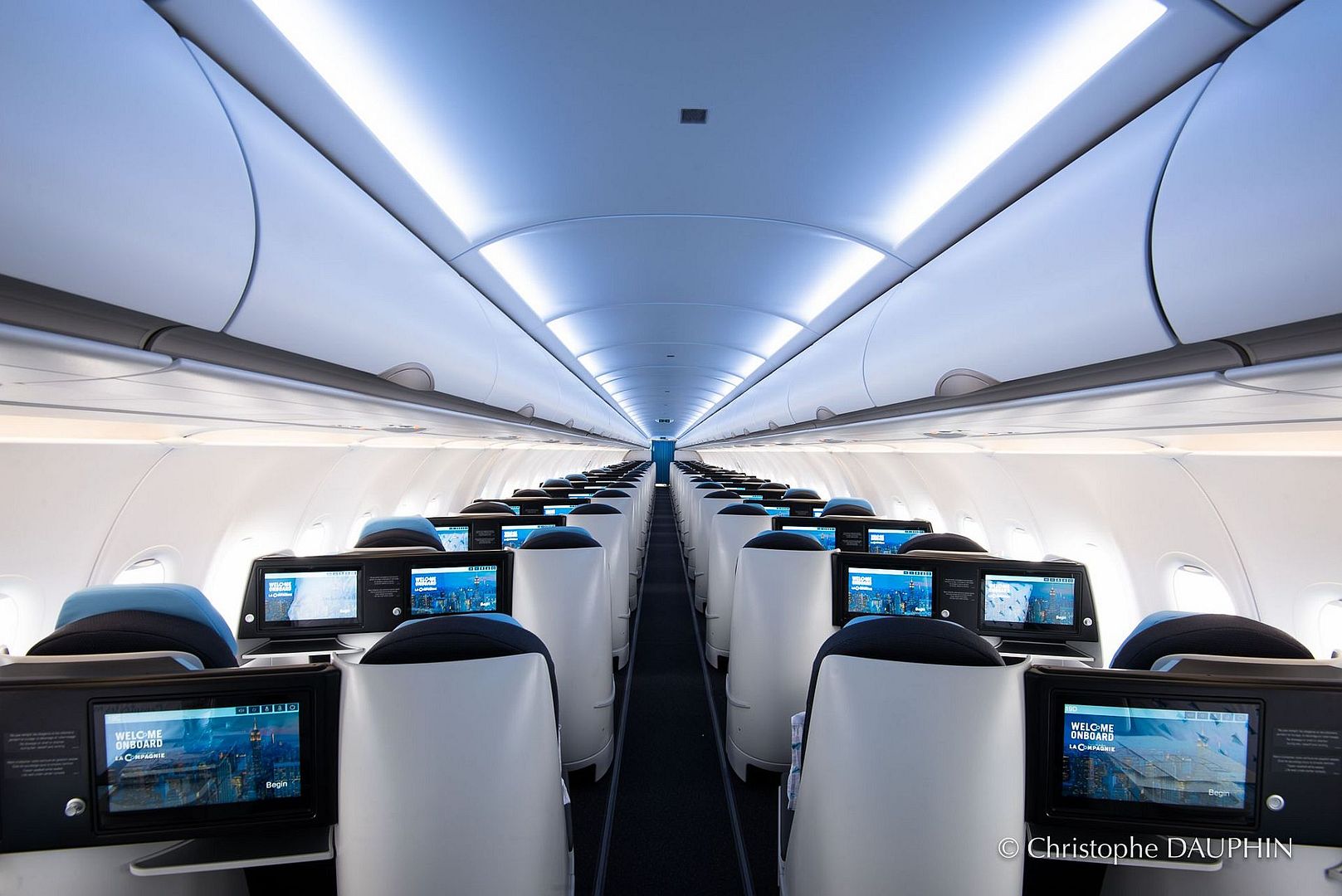
With this brand new A321neo, La Compagnie becomes the latest A321neo operator. The airline has two new A321neo aircraft on order.
La Compagnie?s A321neo will be presented on the Airbus static display at the Paris Air Show on 18 June (professional day).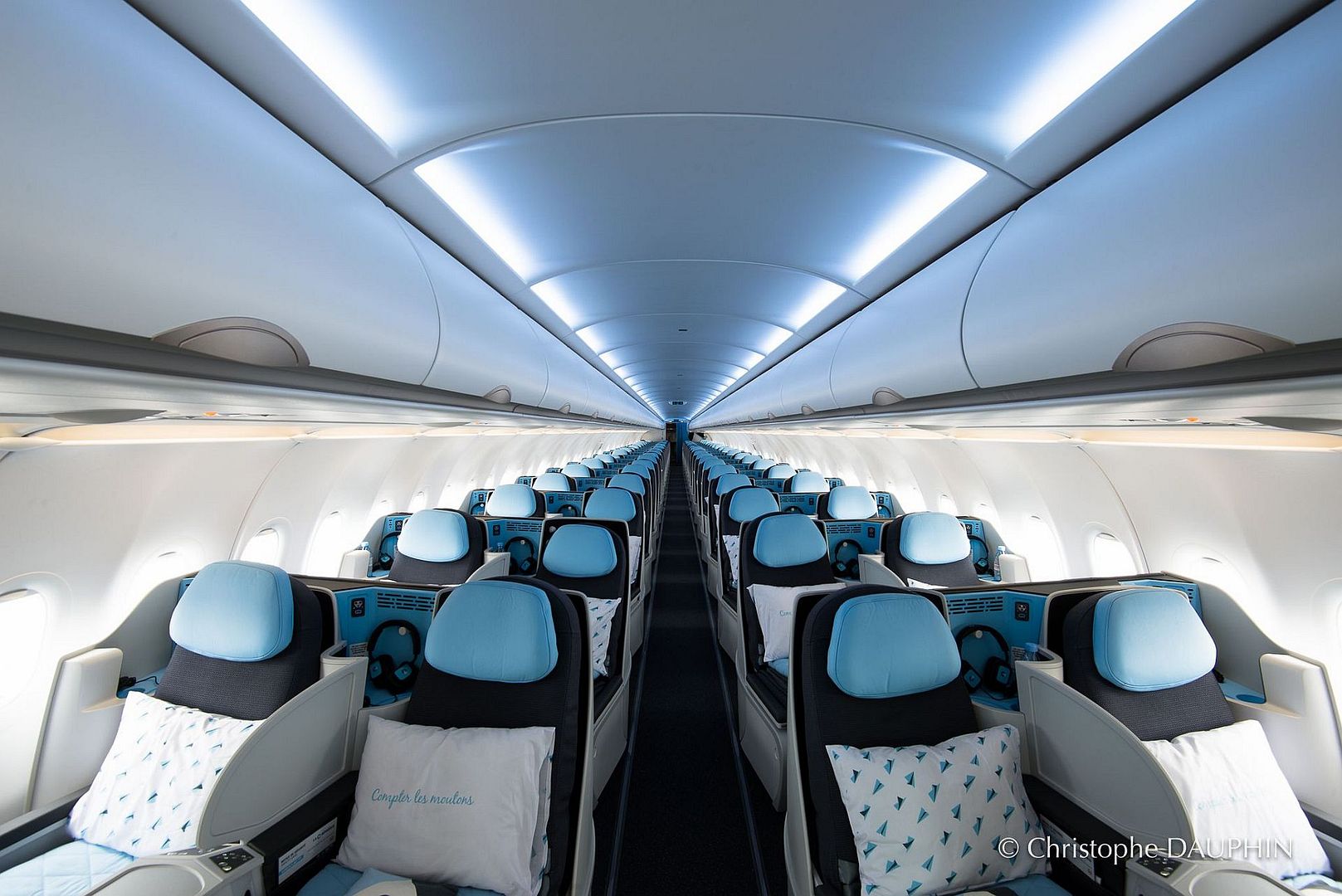
The A320neo and its derivative aircraft family members are the world?s best-selling single aisle aircraft with over 6,500 orders from over 100 customers since its launch in 2010. It has pioneered and incorporated the latest technologies, including its new generation engines and the industry's reference cabin design, delivering 20 percent fuel cost savings alone. The A320neo also offers significant environmental benefits with nearly a 50 percent reduction in noise footprint compared to previous generation aircraft.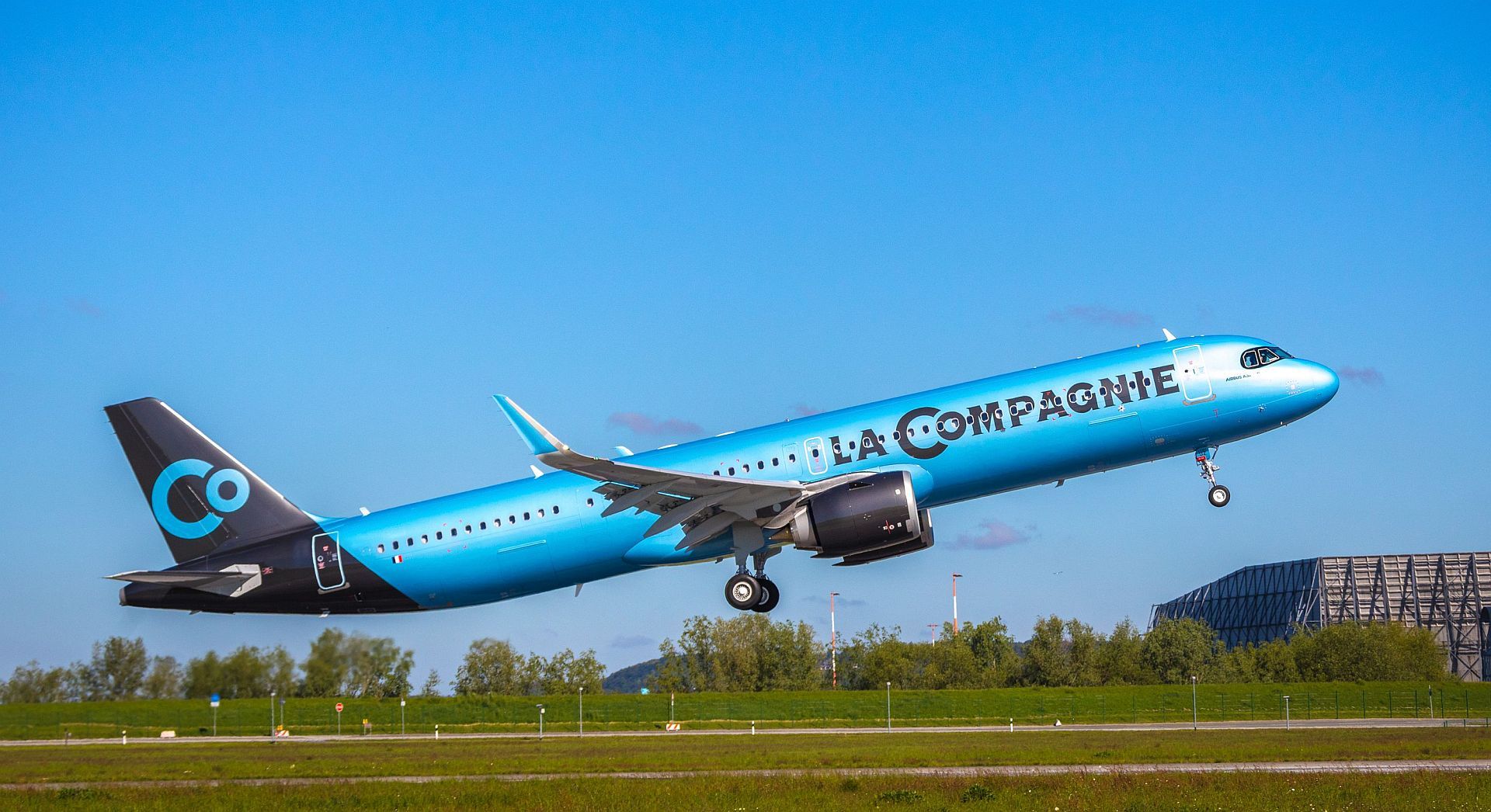
-
 Main AdminNoble Jump ?19 is an exercise which will test NATO?s ability to deploy the land component of the NATO Response Force, specifically the Very High Readiness Joint Task Force (VJTF). This exercise will move troops into the Zagan military training area in the southwest region of Poland. Noble Jump?19 is designed to ensure that NATO forces are trained and ready. It will be an important test, and a display of our collective capabilities. Norwegian 737 airplane with Norwegians soldiers on board arrives from Oslo at airport Babimost, Poland on 05. June 2019, to take part in NATO exercise NobleJump.
Main AdminNoble Jump ?19 is an exercise which will test NATO?s ability to deploy the land component of the NATO Response Force, specifically the Very High Readiness Joint Task Force (VJTF). This exercise will move troops into the Zagan military training area in the southwest region of Poland. Noble Jump?19 is designed to ensure that NATO forces are trained and ready. It will be an important test, and a display of our collective capabilities. Norwegian 737 airplane with Norwegians soldiers on board arrives from Oslo at airport Babimost, Poland on 05. June 2019, to take part in NATO exercise NobleJump.
Photo by OR-8 Florian Fergen.
An A-10 Thunderbolt II assigned to the 190th Fighter Squadron, Idaho Air National Guard, prepares for an austere landing June 5, 2019, at the National Training Center, Fort Irwin, California. The IDANG is participating in Green Flag-West with flying operations at the NTC in support of the 116th Cavalry Brigade Combat Team from the Idaho Army National Guard. (U.S. Air National Guard photo's by Senior Airman Mercedee Wilds)

A B-17 Flying Fortress performs a flyover during 'The Final Salute: D-Day plus 75 Years' ceremony in Bedford, Va., June 6, 2019. Marking 75 years since the Normandy beach landings, a special ceremony was held at the memorial as one of the last large gatherings of D-Day veterans from around the globe. (U.S. Air Force photo by 2nd Lt. Samuel Eckholm)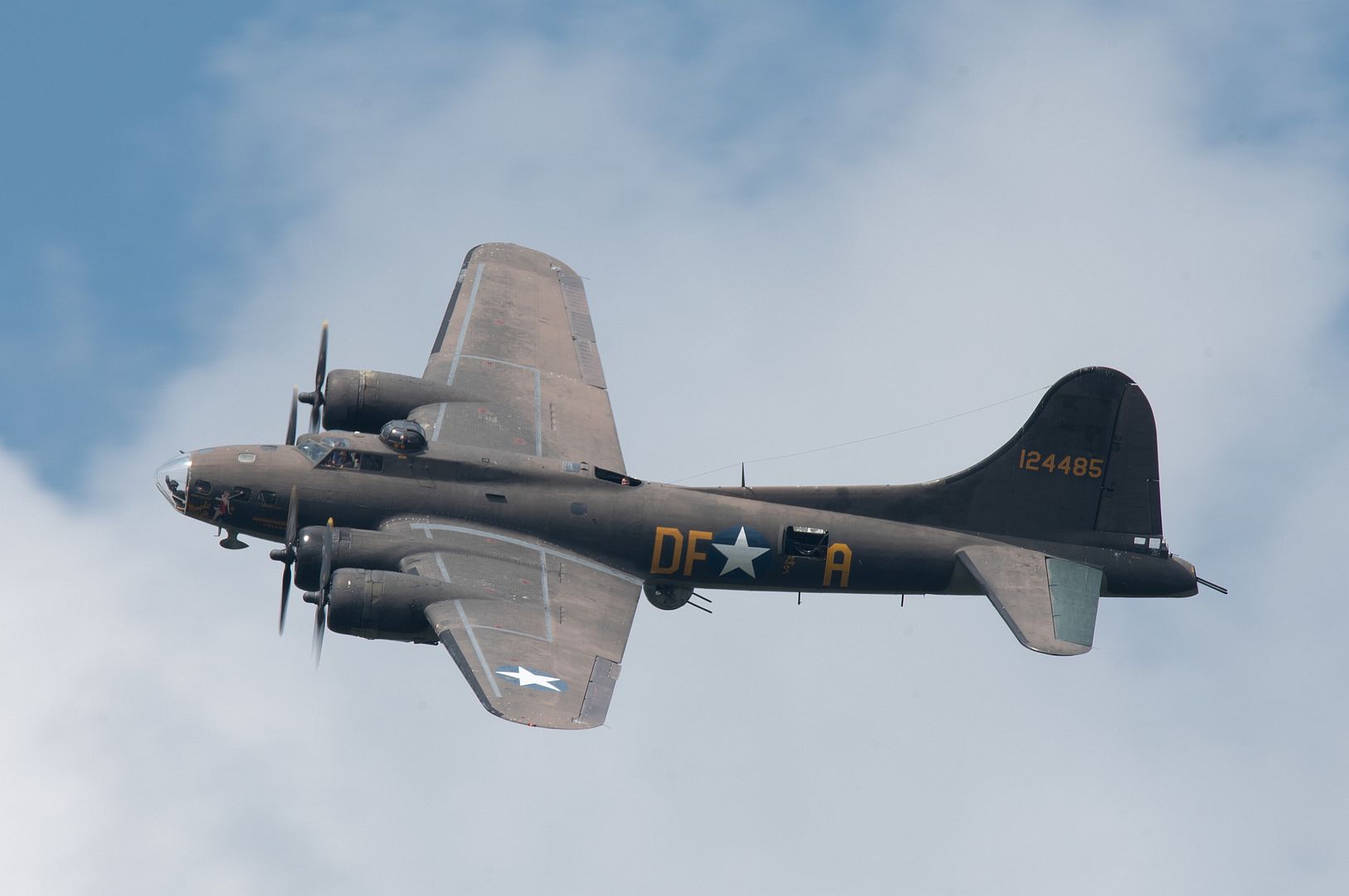
An F-16D Fighting Falcon from the 555th Fighter Squadron lands, during Astral Knight 2019, at Aviano Air Base, Italy, June 5, 2019. The F-16 flew with the fifth generation F-35A Lightning II allowing for integration between the fourth and fifth generation aircraft. (U.S. Air Force photo by Airman 1st Class Caleb House)
The Air Force Thunderbirds refuel from a KC-135 Stratotanker from McConnell Air Force Base, KS, June 6, 2019, as they transit to Forth Wayne, IN, to perform at the Fort Wayne Air Show and open house. (U.S Air Force Photo by Maj. Ray Geoffroy)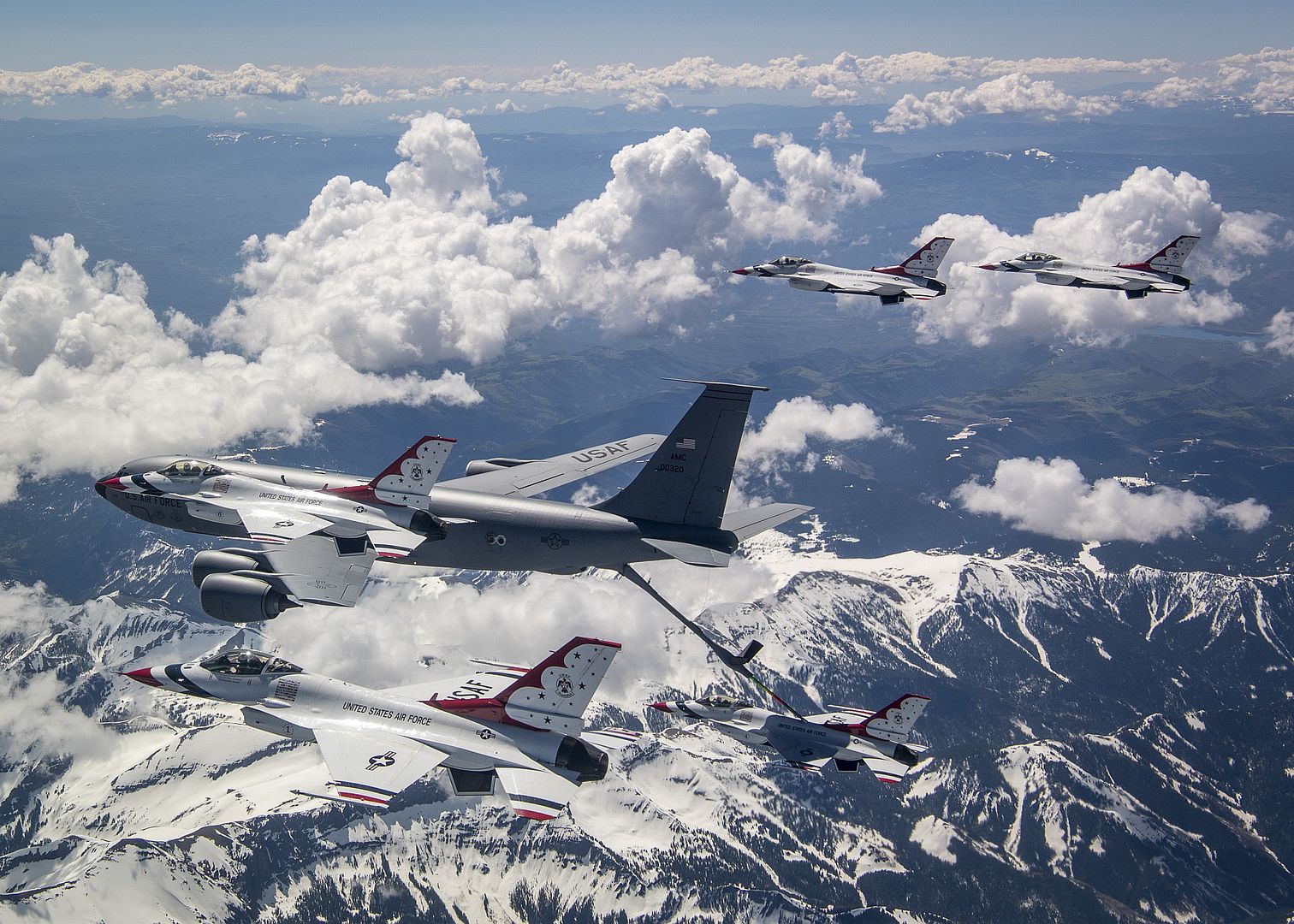
Capt. Jeremy Knutowski, pilot, and Maj. Jay Moore, copilot, vector a T-38C Talon towards a military operations area after departing from Joint Base San Antonio-Randolph, Texas, June 6, 2019. The sortie was flown to increase the pilot?s formation proficiency as an instructor pilot. Both pilots are assigned to the 560th Flying Training Squadron. (U.S. Air Force photo's by MSgt Christopher Boitz)
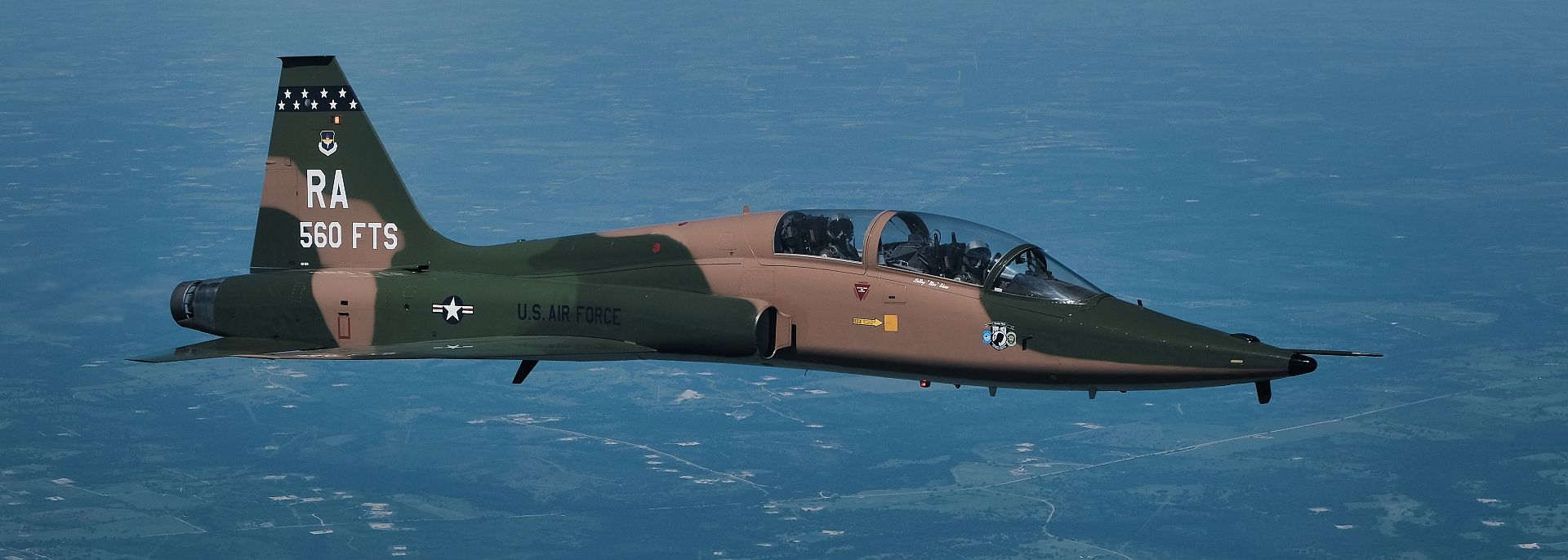

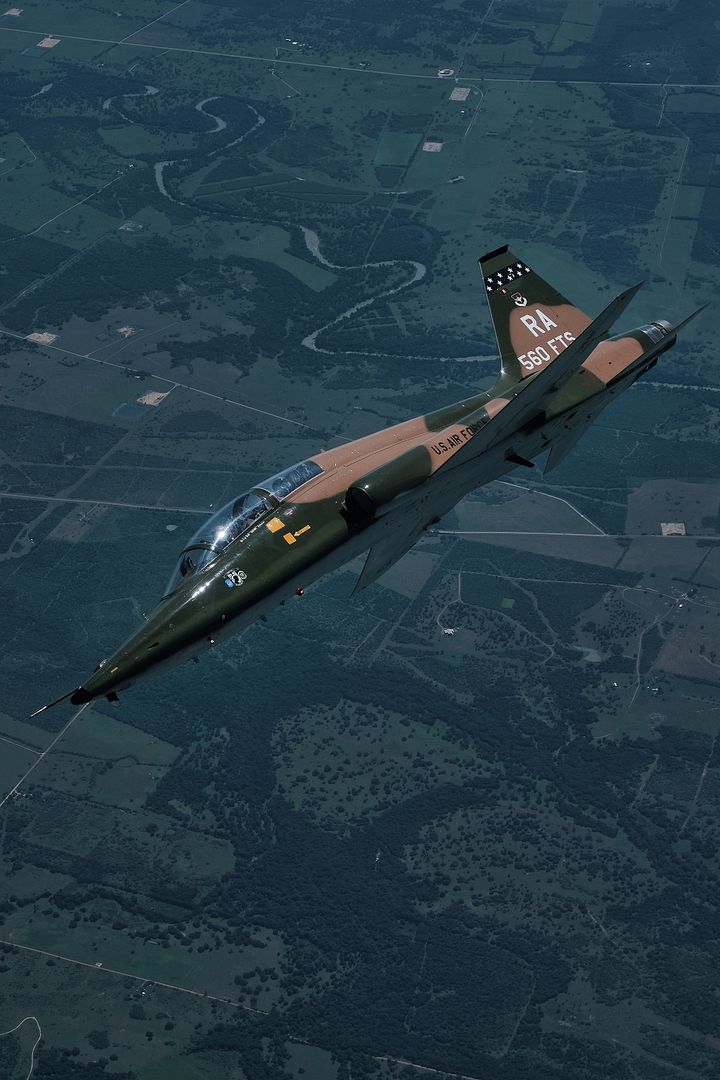
A U.S. Air Force C-130J Super Hercules, assigned to the 37th Airlift Squadron, Ramstein Air Base, Germany, wears the marks of ?Whiskey 7,? as it flies over Utah Beach, Normandy, France, June 6, 2019. Whiskey 7 is the squadron identifier for the 37th Troop Carrier Squadron, the 37th AS? legacy squadron. (U.S. Air Force photo by Senior Airman Devin M. Rumbaugh)
An A-10 Thunderbolt II assigned to the 122nd Fighter Wing, Indiana Air National Guard separates from a KC-135R ?Stratotanker? assigned to the 171st Air Refueling Wing, Pennsylvania Air National Guard after mid flight refueling June 5, 2019. (U.S. Air National Guard photo's by Staff Sgt. Bryan Hoover)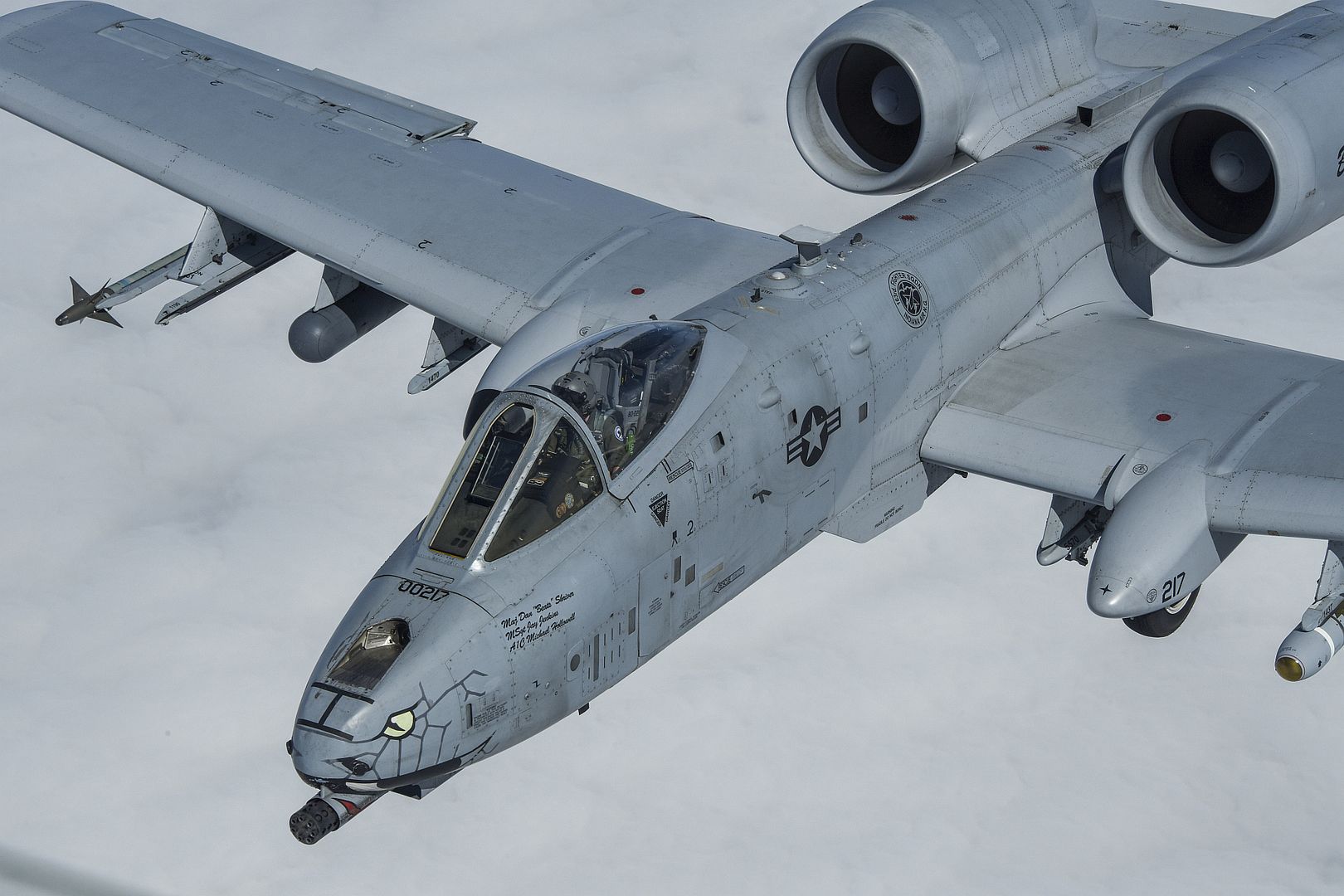
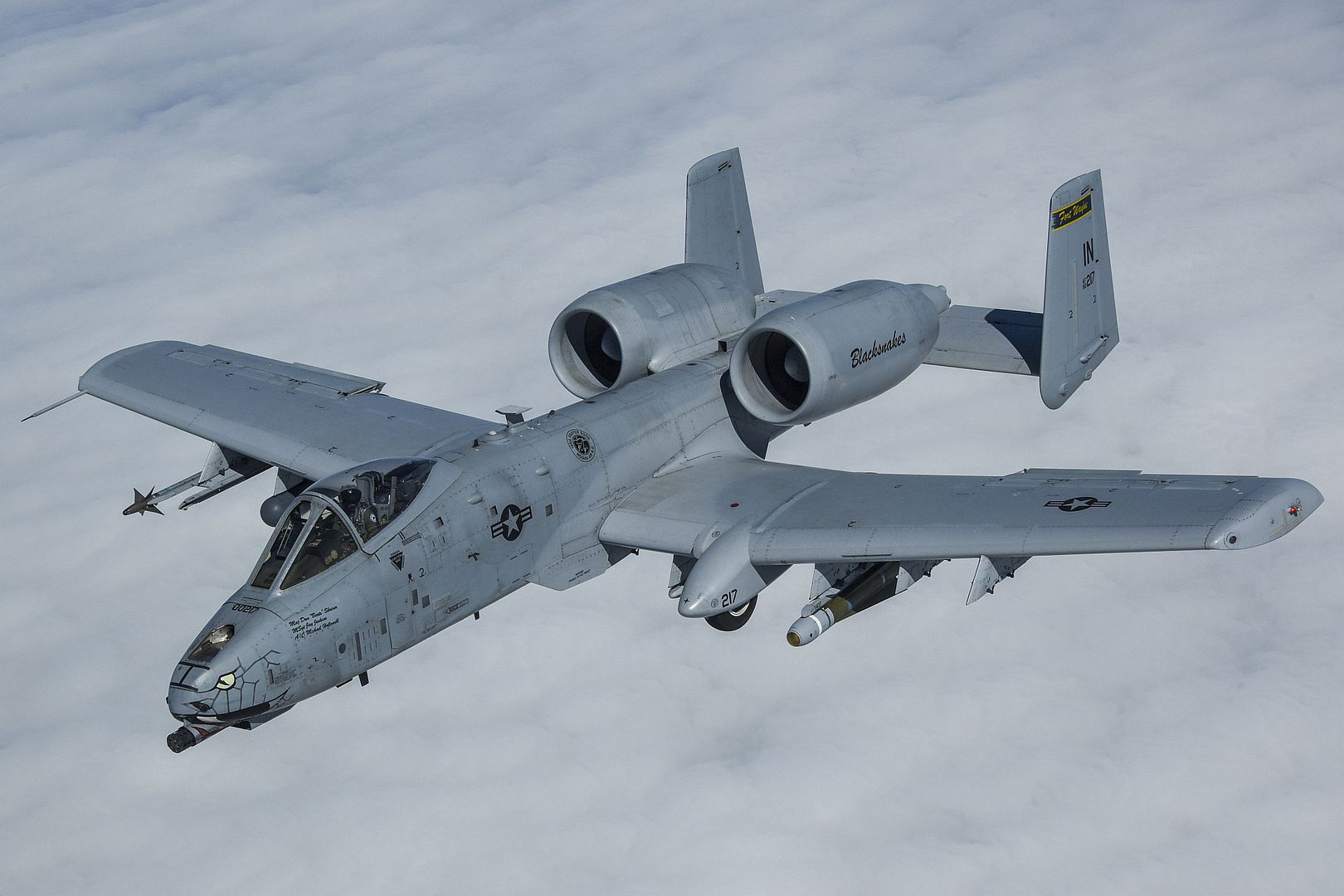
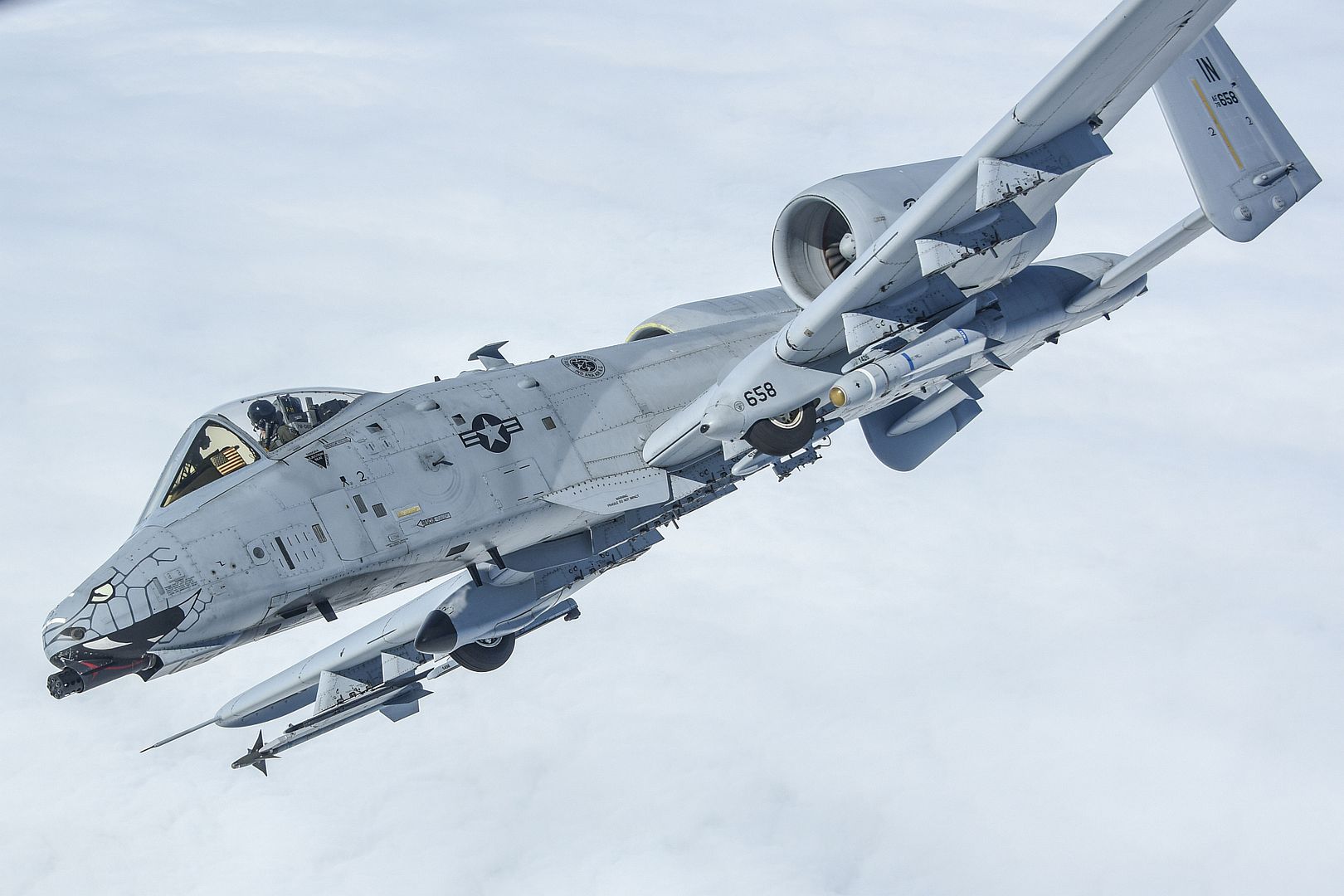
British Airways has tweeted a photo of its first Airbus A350-1000, newly painted with the Oneworld carrier's livery.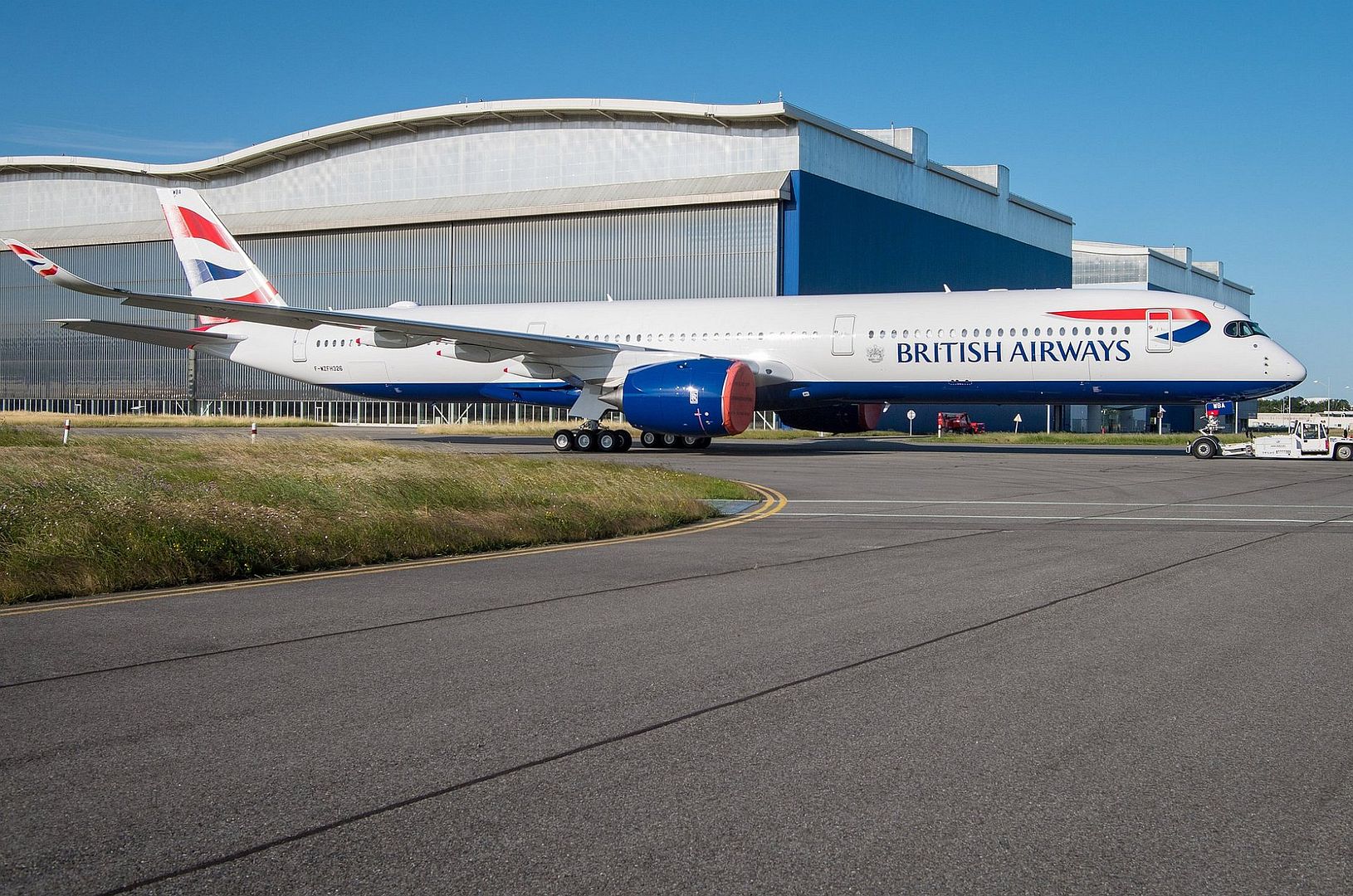
Cirium's Fleets Analyzer shows that IAG-owned BA has 18 A350-1000s on order.
The first, set to arrive in July, will debut a new business-class seat within a three-class layout which accommodates 331 passengers.
Another three A350-1000s are to join the BA fleet by year-end, followed by eight in 2020, five in 2021 and the final one in 2022, Fleets Analyzer indicates. The UK airline also holds options on a further 18 of the aircraft.
Airbus has also posted an image of the first BA A350-1000 on Twitter. The twinjet has spent "a couple of days being pampered by our paint-shop teams", notes the manufacturer, adding: "Next up? First flight!"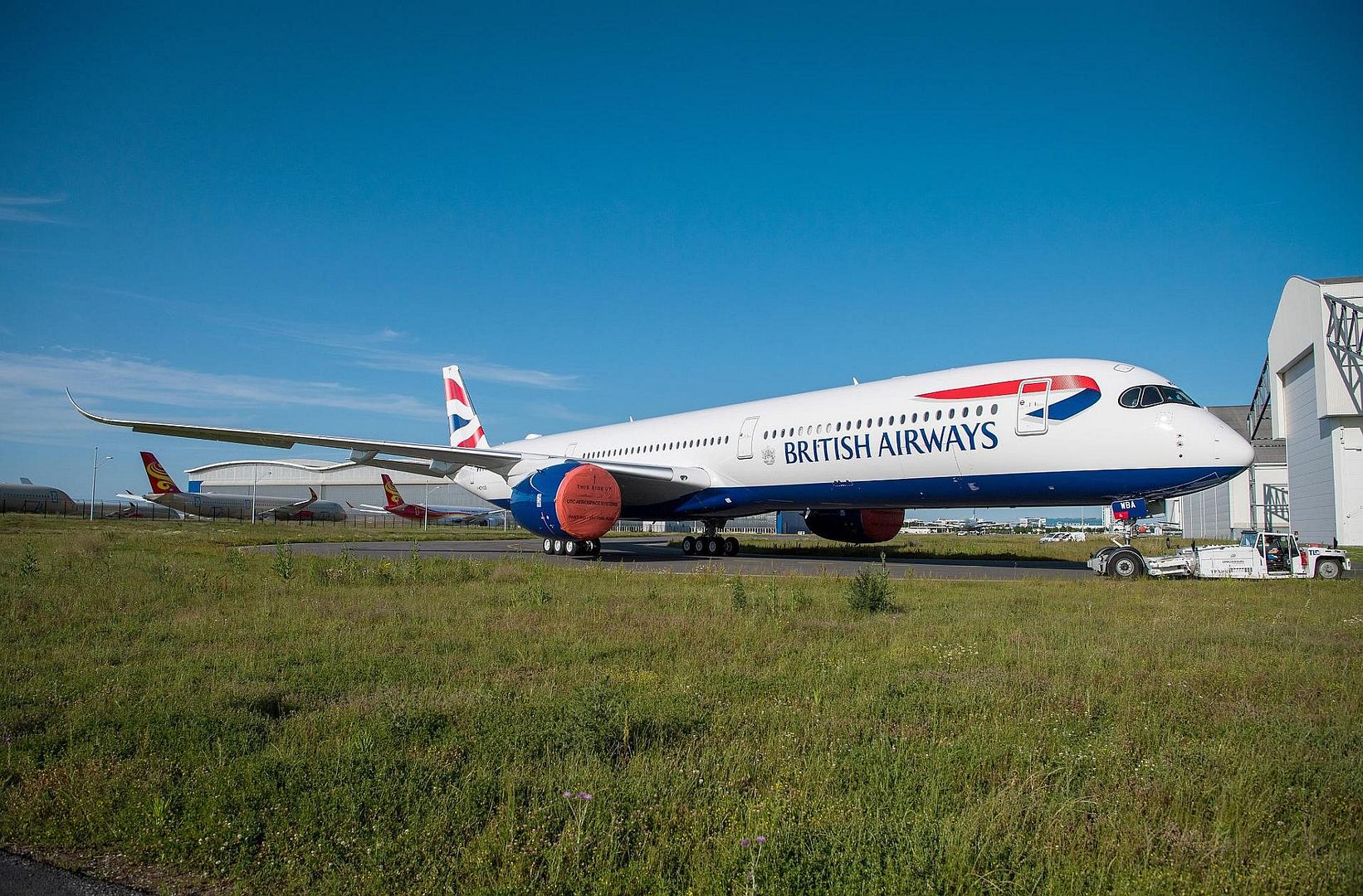
-
 Main AdminA Douglas C-47 Dakota, nicknamed ?That?s All Brother,? flies over the beaches of Normandy, France, June 8, 2019. ?That?s All Brother? dropped 101st Airborne troops during the invasion of Normandy, June 6, 1944. (U.S. Air Force photo by Senior Airman Devin M. Rumbaugh)
Main AdminA Douglas C-47 Dakota, nicknamed ?That?s All Brother,? flies over the beaches of Normandy, France, June 8, 2019. ?That?s All Brother? dropped 101st Airborne troops during the invasion of Normandy, June 6, 1944. (U.S. Air Force photo by Senior Airman Devin M. Rumbaugh)
A Douglas C-47 Dakota, nicknamed ?That?s All Brother?, flies with a U.S. Air Force C-130J Super Hercules, assigned to the 37th Airlift Squadron, Ramstein Air Base, Germany, over Pointe-du-Hoc, France, June 8, 2019. The 37th Troop Carrier Squadron, the legacy squadron to the 37th AS, wore the ?W7? or ?Whiskey 7? markings during Operation Neptune, June 6, 1944. ?That?s All Brother? flew operations during the invasion of Normandy. (U.S. Air Force photo by Senior Airman Devin M. Rumbaugh)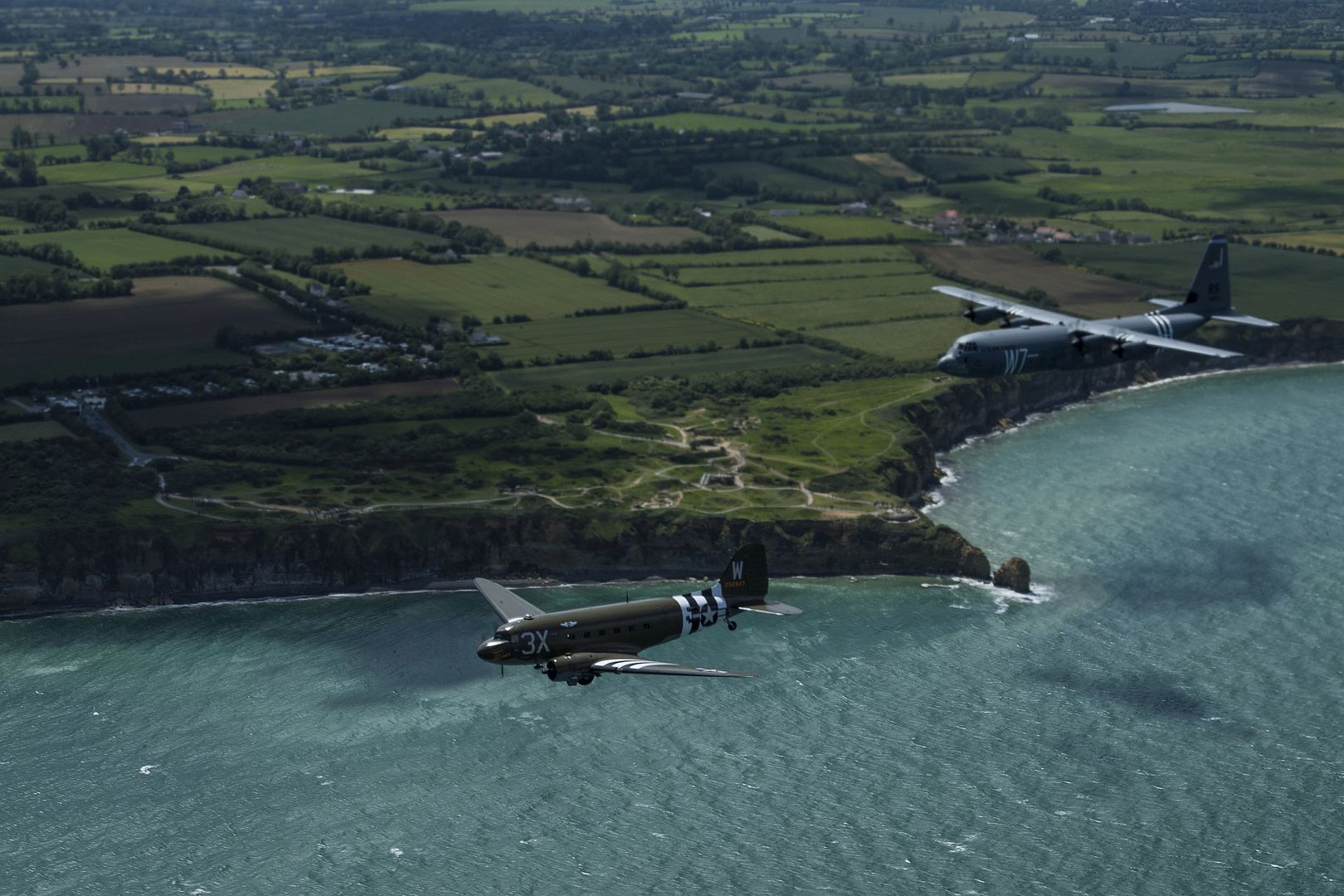
A Brazilian Air Force A-29 Super Tucano taxis to a runway during Green Flag-West 19-8 at Nellis Air Force Base, Las Vegas, Nevada, June 9, 2019. The Brazilians and Idaho Air National Guard are supporting the 116th Cavalry Brigade Combat Team?s National Training Center rotation at Fort Irwin, California. (U.S. Air National Guard photo's by Master Sgt. Joshua C. Allmaras)
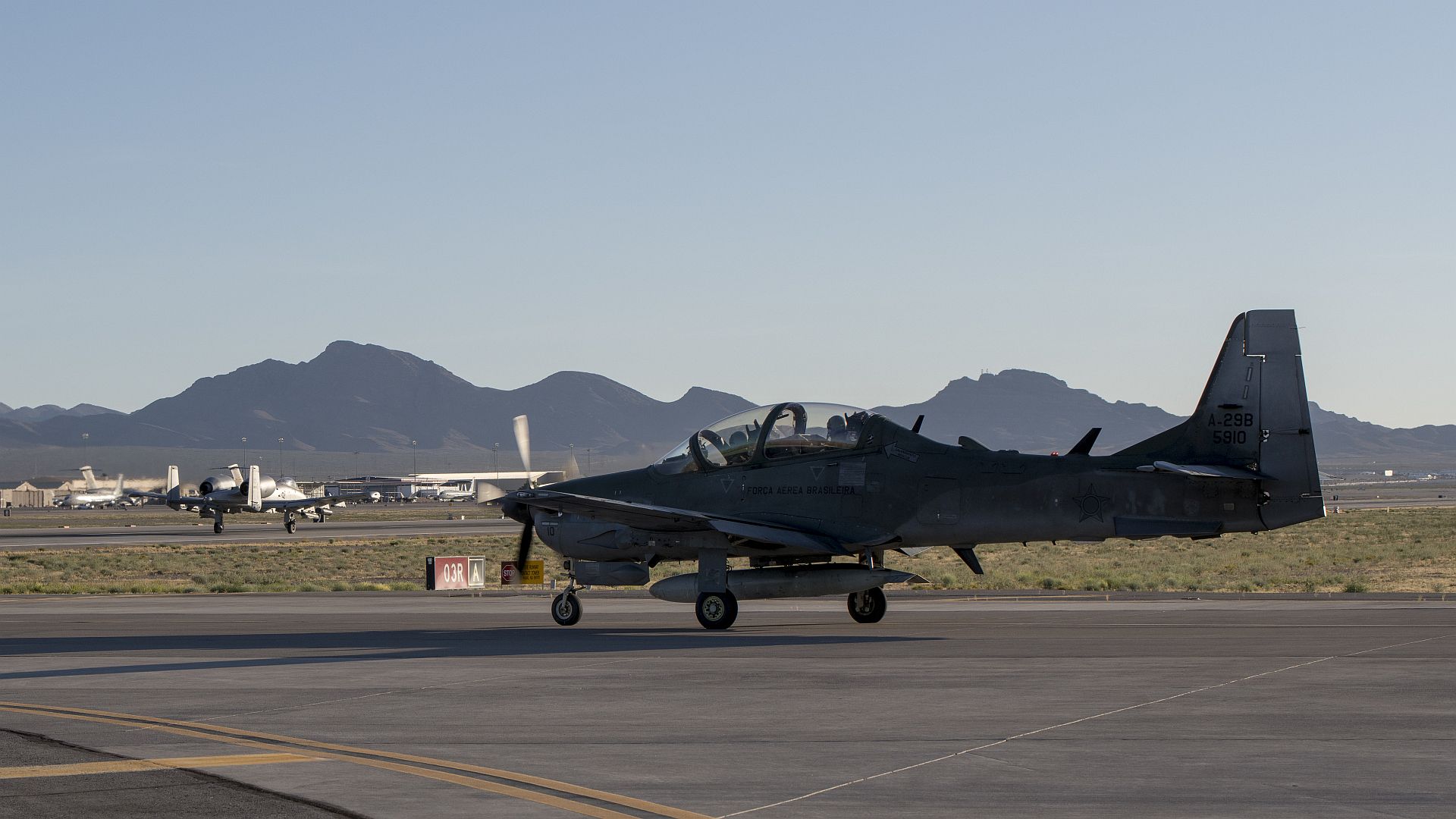
A Republic of Singapore air force F-16 Fighting Falcon fighter aircraft assigned to the 425th Fighter Squadron, Luke Air Force Base, Arizona, participates in Combat Archer June 10, 2019, on the flightline at Tyndall Air Force Base, Florida. The 425th FS?s primary goal throughout the exercise is to advance their training and experience in shooting live missiles. (U.S. Air Force photo's by Airman 1st Class Bailee A. Darbasie)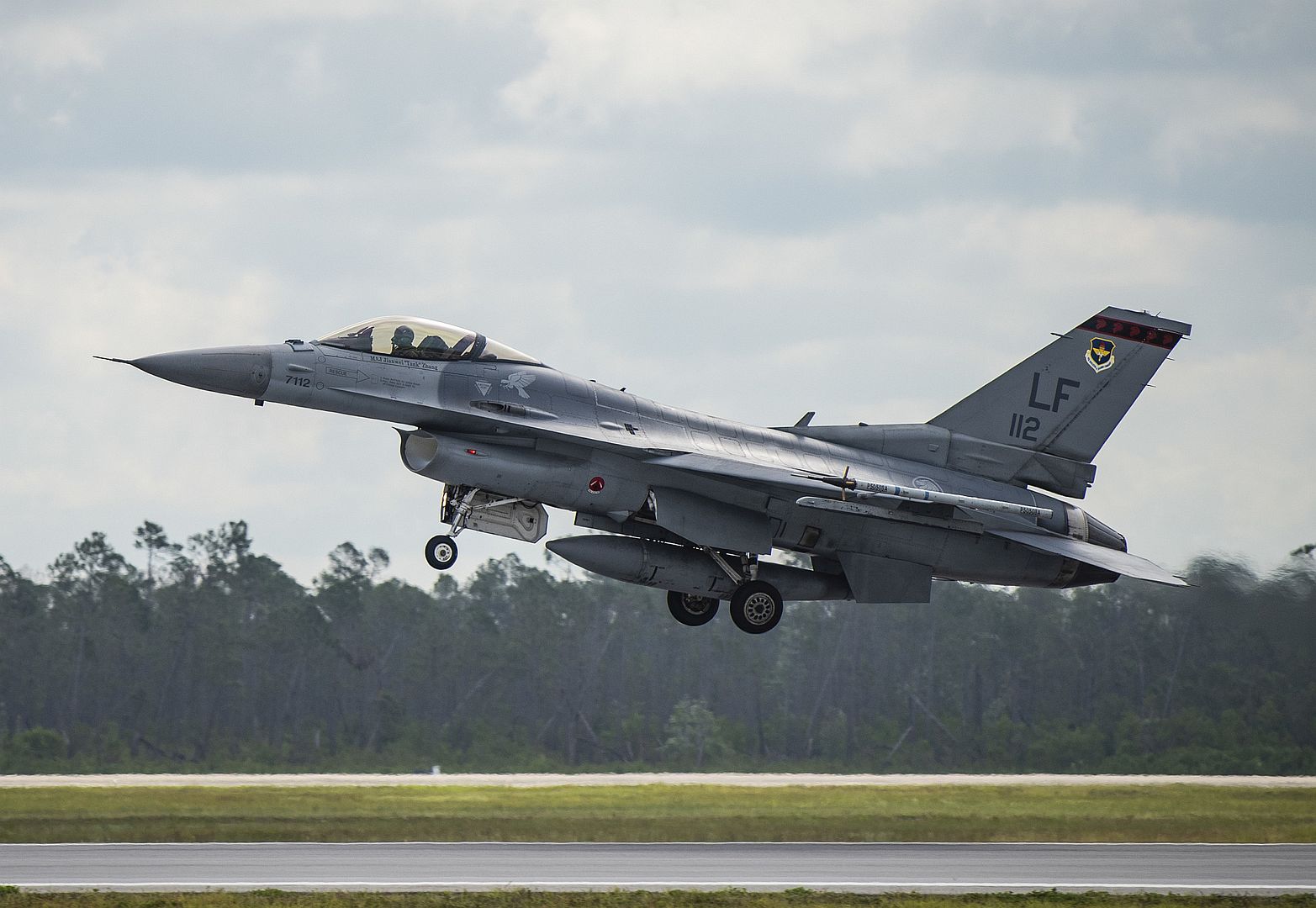
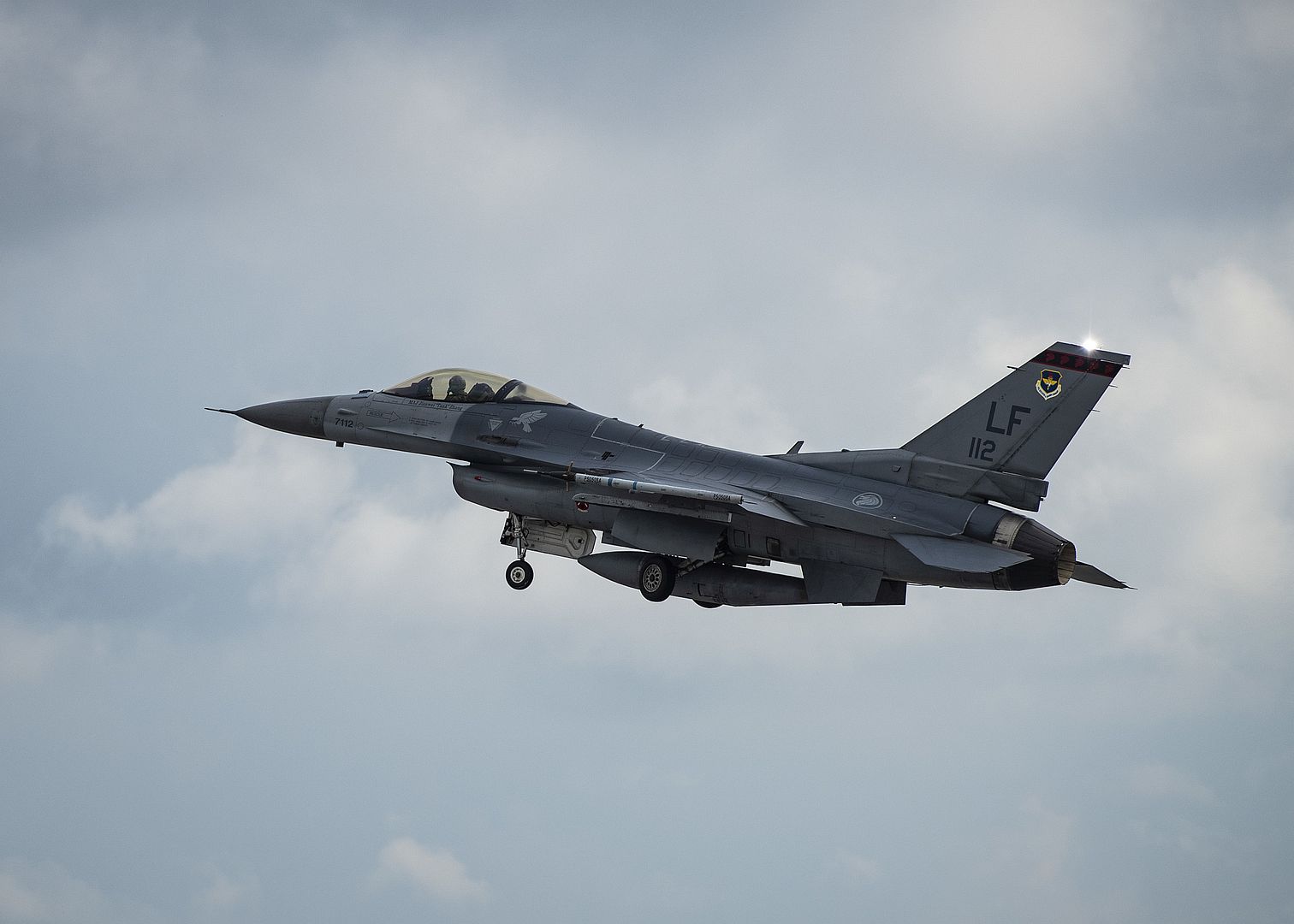
Japanese Air Self-Defense Force Mitsubishi F-2As and U.S. Air Force F-16 Fighting Falcons occupy the flightline during RED FLAG-Alaska 19-2, June 7, 2019, at Eielson Air Force Base, Alaska. RF-A exercises provide unique opportunities not only to aircrews, but also unit-level support elements that ensure sustainable lethality. (U.S. Air Force photo's by Senior Airman Daniel Snider)
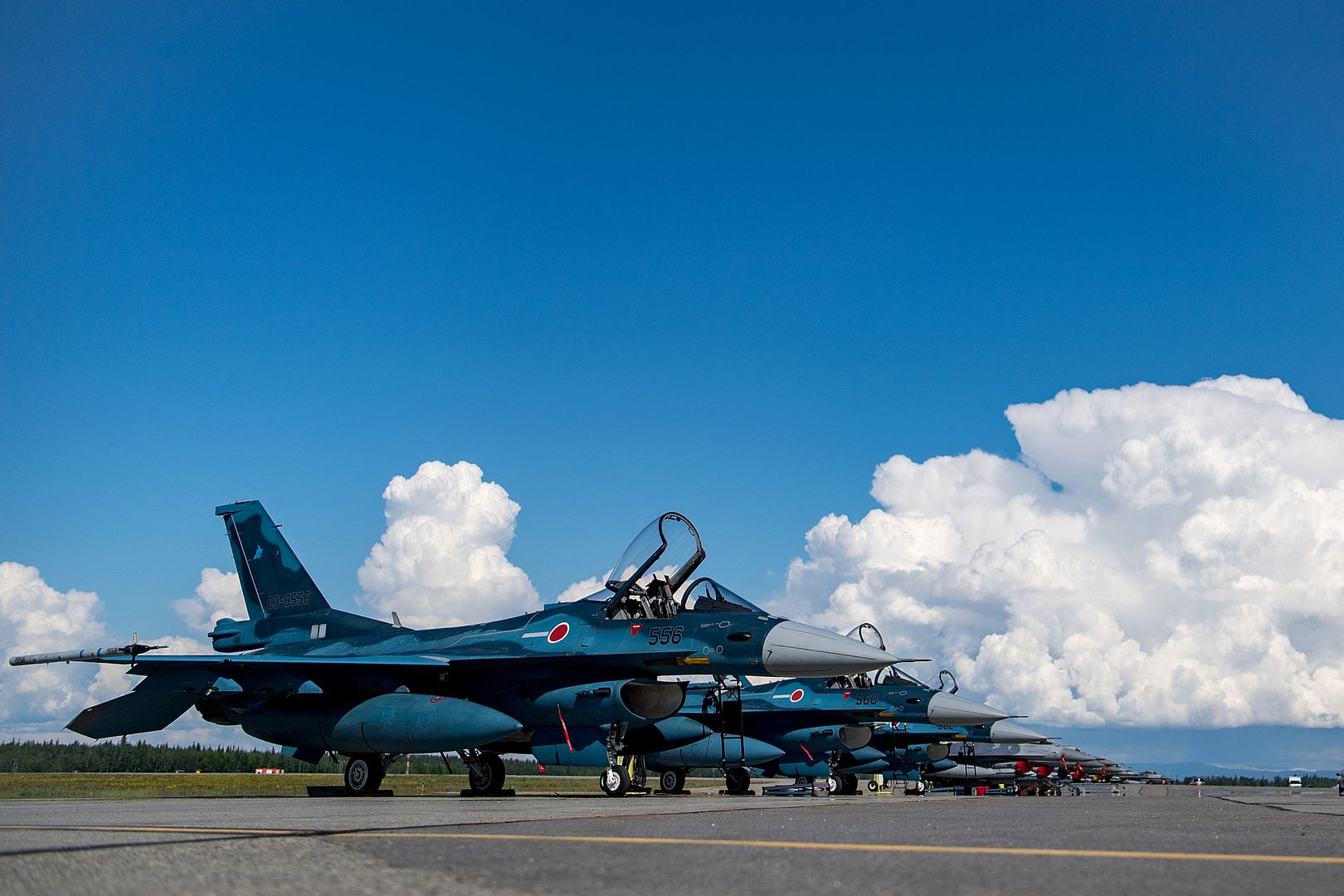
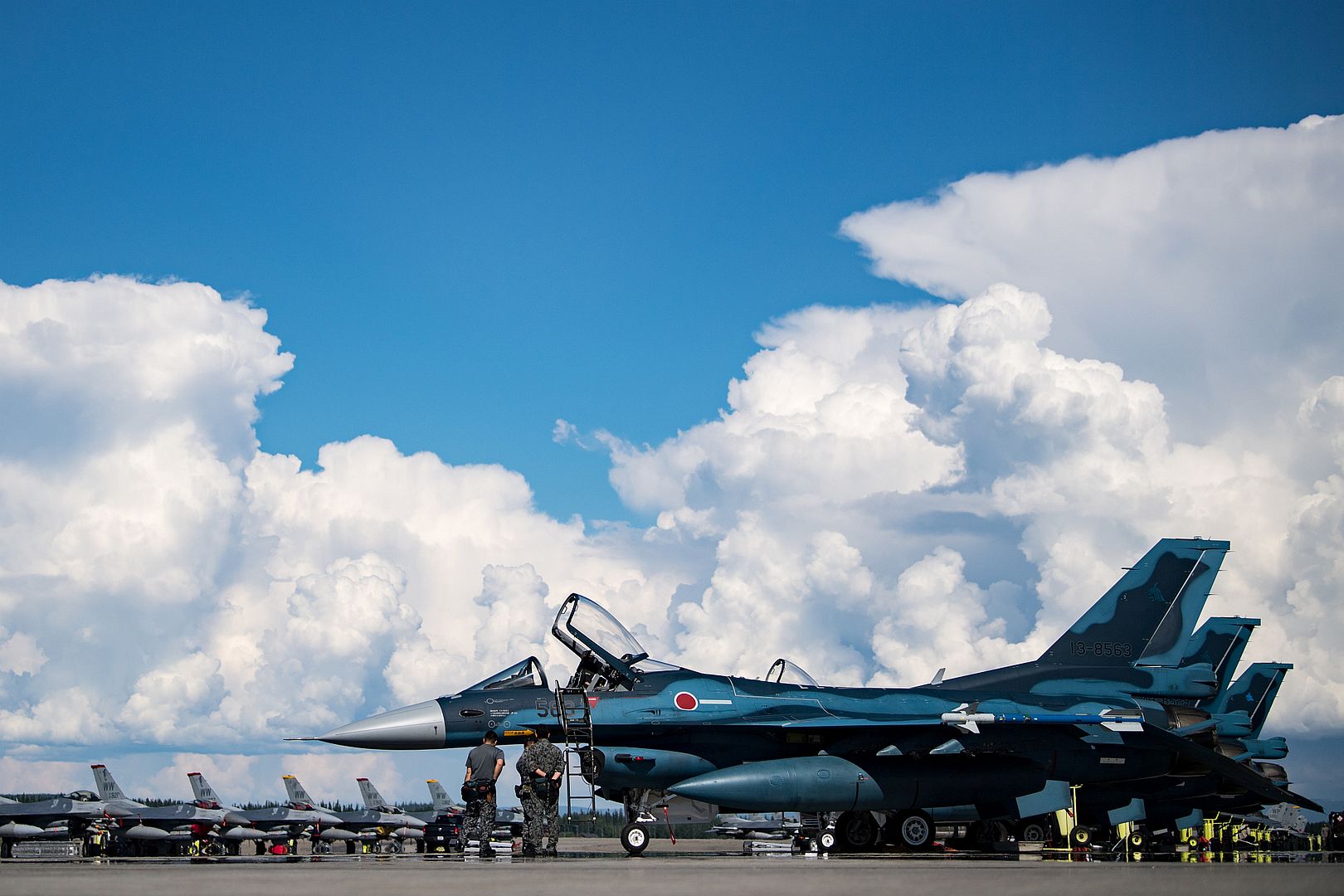

A Republic of Singapore air force F-16 Fighting Falcon fighter aircraft tactical aircraft maintainer assigned to the 425th Fighter Squadron, Luke Air Force Base, Arizona, performs an inspection June 10, 2019, at Tyndall Air Force Base, Florida. The 425th FS provides the Republic of Singapore with training on advanced weapons and tactics. (U.S. Air Force photo by Airman 1st Class Alexandra Singer)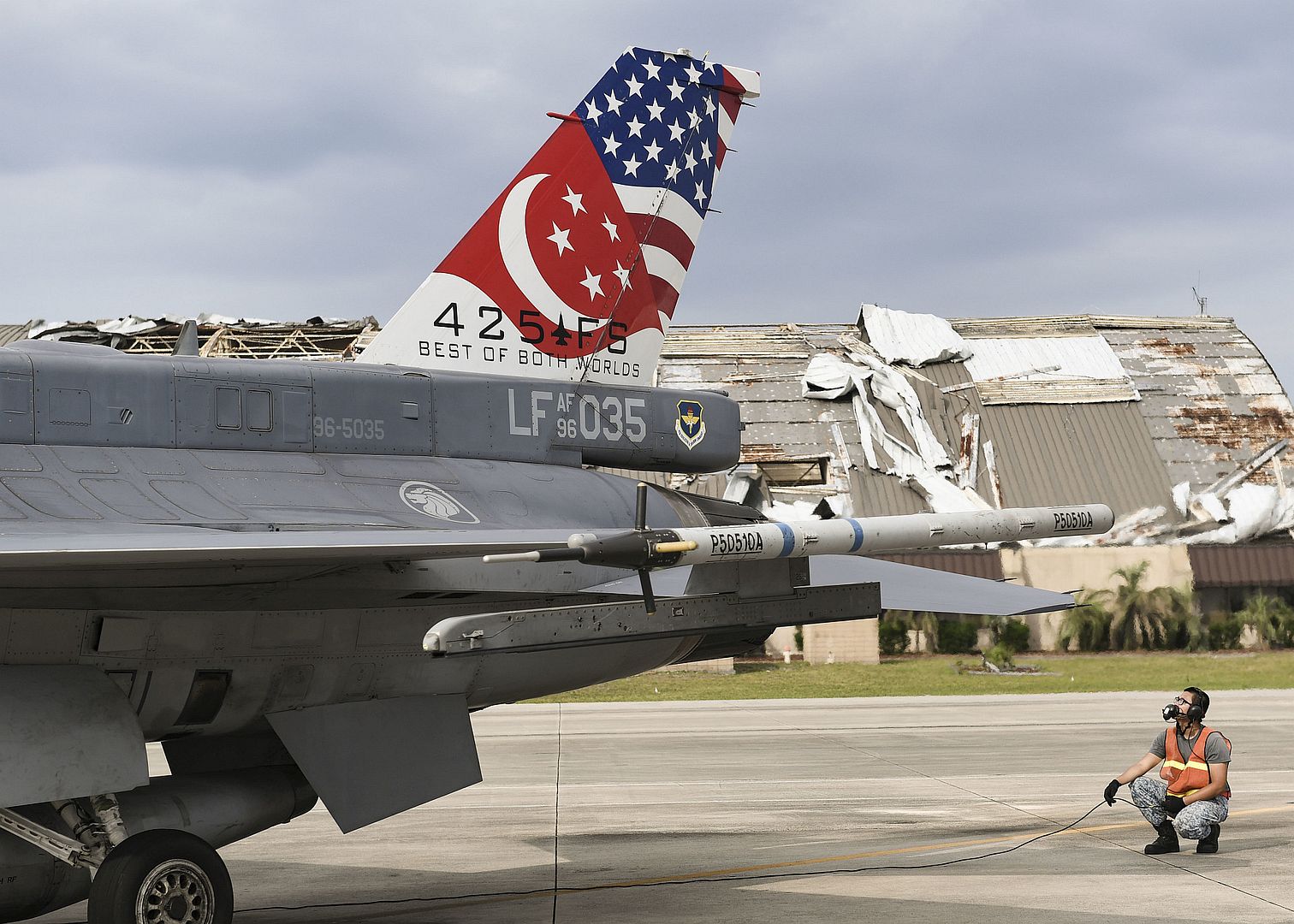
EIELSON AIR FORCE BASE, Alaska --
RED FLAG-Alaska 19-2, a large-scale field training exercise headquartered at Eielson Air Force Base, Alaska, began June 6 and is scheduled to continue through June 21.
The world-class exercise is held several times each year and is designed to provide participants with realistic combat experience in a controlled environment. Members of the Republic of Korea Air Force, the Japan Air Self-Defense Force, and the Royal Thai Air Force will train alongside their U.S. counterparts temporarily stationed at Eielson and Joint Base Elmendorf-Richardson, Alaska, enabling all involved to share tactics, techniques, and procedures and improve bilateral integration.
?What they found in previous wars is that pilots were dying within their first 10 flights in-theater,? said Capt. James Carson, 354th Operations Group, Detachment 4 range flight commander and RF-A 19-2 team chief. ?That?s the idea behind RF-A; we try to provide similar flights to what pilots can expect to see when they actually go to war, but in a safe environment.?
Although a similar exercise is held at Nellis Air Force Base, Nevada, Lt. Col. Scott Black, 353rd Combat Training Squadron chief of operations, said Alaska?s Joint Pacific Alaska Range Complex provides a unique training space that sets RF-A apart. The 67,000 square mile range complex is isolated from civilian populations and has relatively few restrictions, giving RF-A participants and planners the freedom to train as realistically as possible.
The inclusion of foreign partners adds to the training?s realism, as success in modern combat often relies on teamwork between different nations.
?We get to really work on our communication with the international members that come out here and show them what RF-A is all about,? explained Carson. ?We have a fair amount of international partners running through which gives us a chance to coordinate with them and increase our interoperability.?
All participants, regardless of which country they call home, will leave RF-A better prepared to respond to real-world threats in the ever-changing landscape of modern warfare.
?We?re providing combat-level experience in a safe environment to prepare every single pilot and person on the ground to be ready to fight safely and survive,? said Carson.
RF-A 19-2 is the first of two exercises scheduled for this calendar year.
(U.S. Air Force photo's by Staff Sgt. Zade Vadnais & Senior Airman Stefan Alvarez)
Saab has conducted the debut flight of its third test example of the Gripen E, with aircraft 39-10 completing a 57min sortie from its Linkoping site on 10 June.
Photo Lasse Hejdenberg/Saab.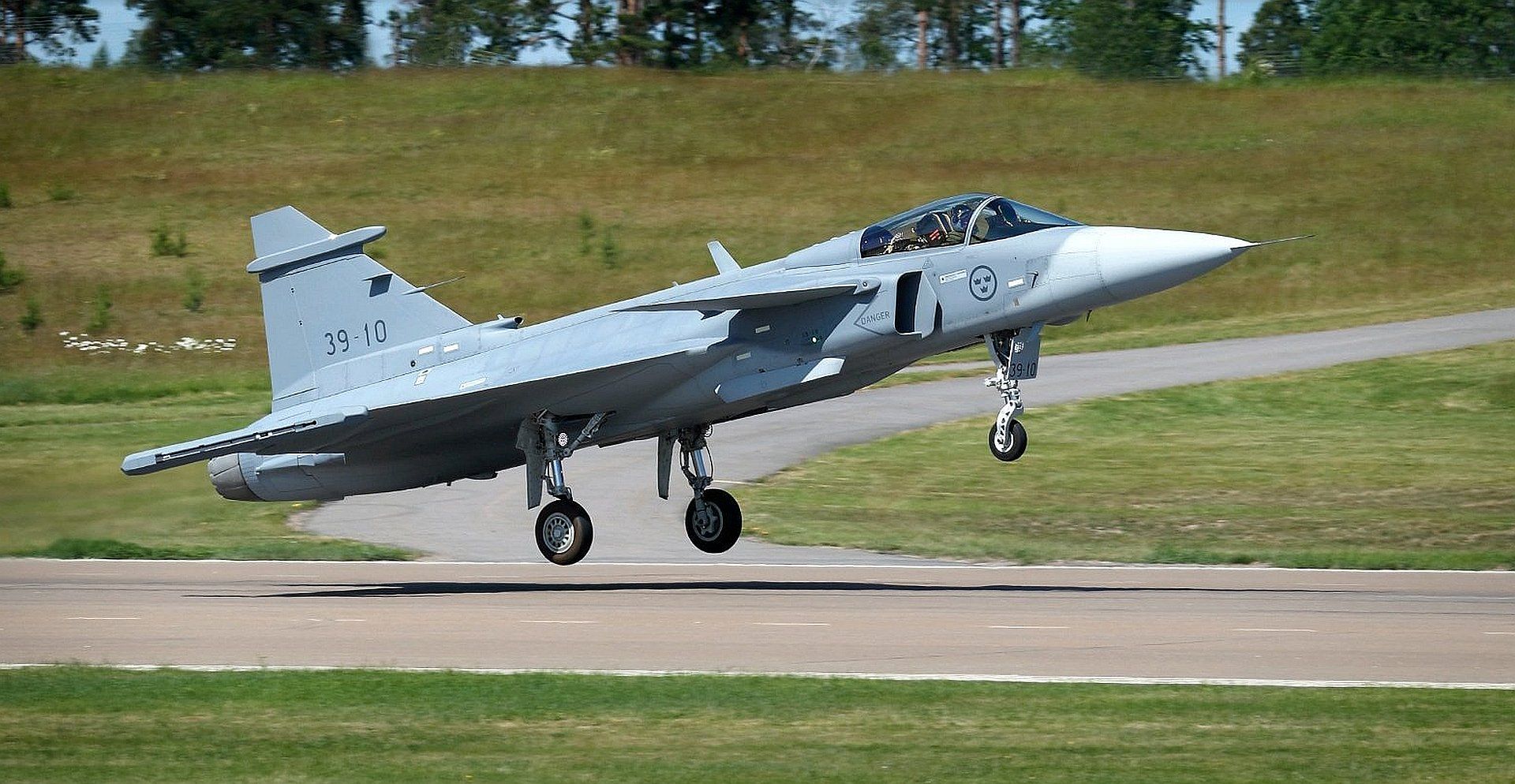
June 7th Holland.
And a specially marked F-16 is unveiled to commemorate 40 years of service.
Photo's courtesy of the Koninklijke Luchtmacht.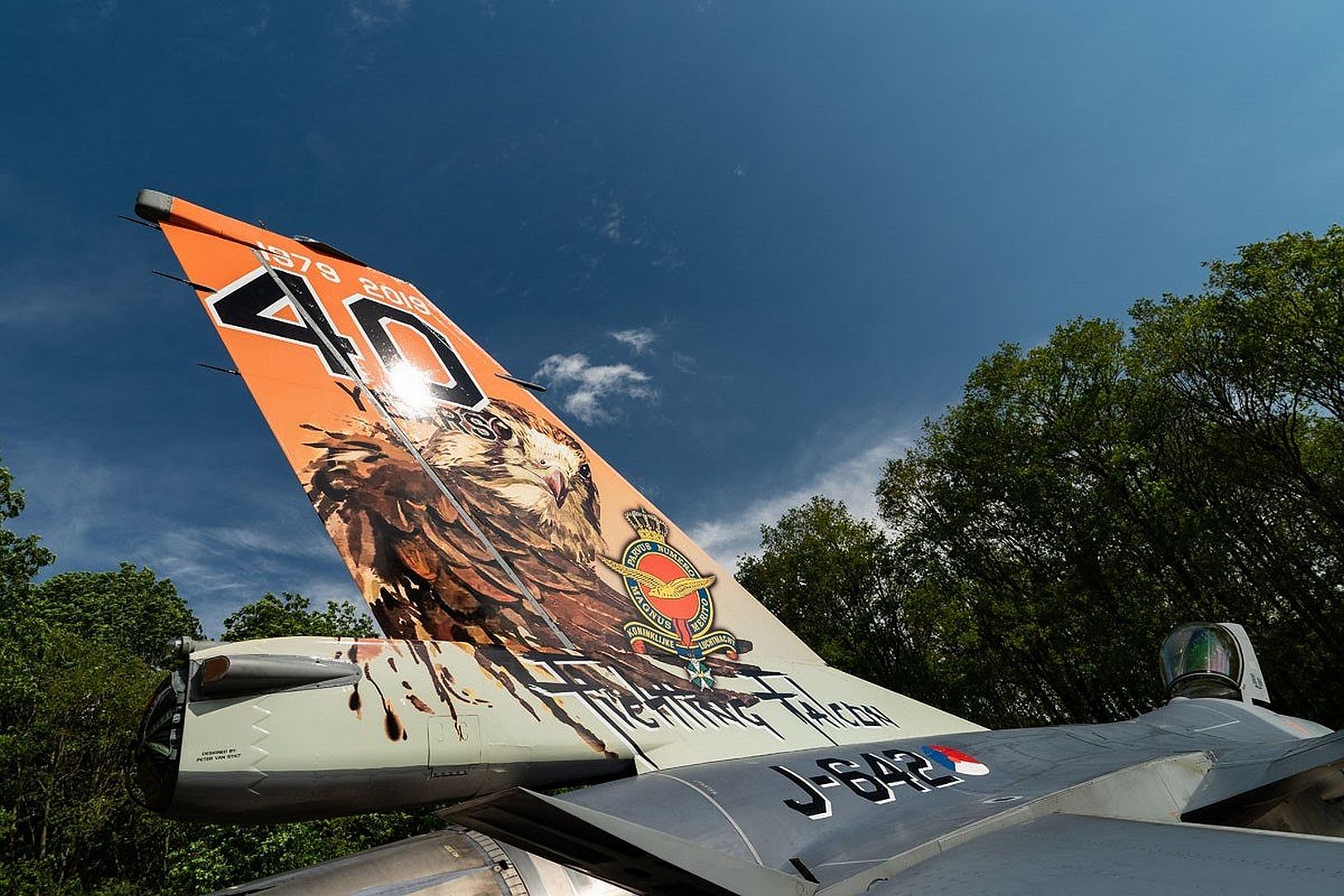
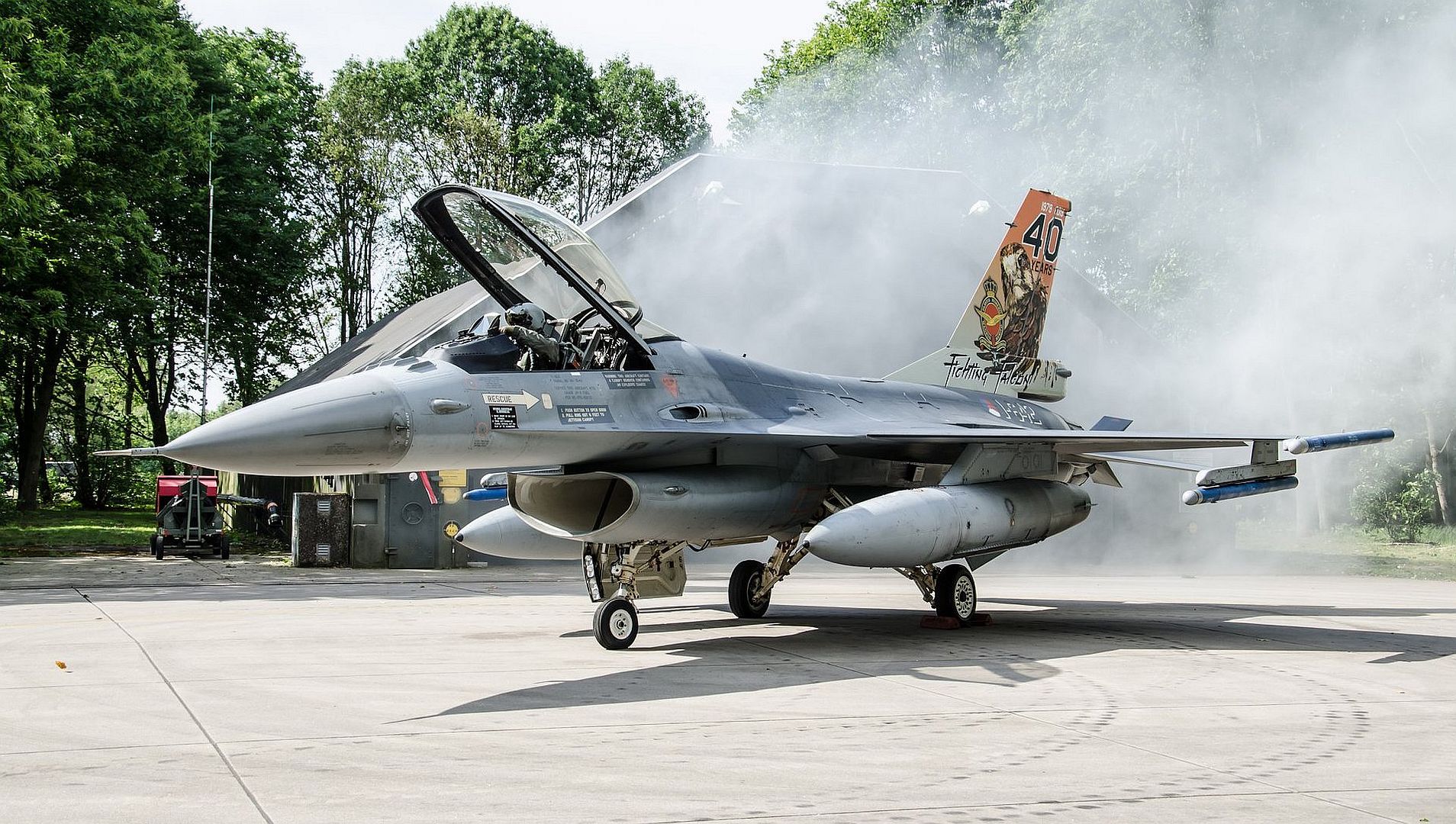
-
 Main AdminF-15E Strike Eagle's assigned to the 492nd Fighter Squadron take off from Royal Air Force Lakenheath, England, to participate in Exercise Baltic Operations June 10, 2019. BALTOPS 2019 is an annual, joint and multinational maritime-focused exercise, that provides a unique training opportunity designed to foster and sustain cooperative relationships that are critical to ensuring the safety of sea lanes and security on the world's interconnected oceans. (U. S. Air Force photo's by Airman 1st Class Shanice Williams-Jones)
Main AdminF-15E Strike Eagle's assigned to the 492nd Fighter Squadron take off from Royal Air Force Lakenheath, England, to participate in Exercise Baltic Operations June 10, 2019. BALTOPS 2019 is an annual, joint and multinational maritime-focused exercise, that provides a unique training opportunity designed to foster and sustain cooperative relationships that are critical to ensuring the safety of sea lanes and security on the world's interconnected oceans. (U. S. Air Force photo's by Airman 1st Class Shanice Williams-Jones)

U.S. Air Force F-35A Lightning II fighter aircraft, assigned to the 421st Fighter Squadron, Hill Air Force Base, Utah, taxi on the flightline at Spangdahlem Air Base, Germany, June 11, 2019. Multiple F-35s arrived as part of a Theater Security Package. The aircraft have a unique combination of stealth, speed, and agility, making them some of the best dominance fighters in the world. (U.S. Air Force photo's by Airman 1st Class Valerie Seelye)



U.S. Air Force Airmen de-arm an F-35A Lightning II fighter aircraft, assigned to the 421st Fighter Squadron, Hill Air Force Base, Utah, on the flight line at Spangdahlem Air Base, Germany, June 11, 2019. Multiple F-35s came to the European theater as part of a Theater Security Package to conduct training with partner nation aircraft. (U.S. Air Force photo by Airman 1st Class Valerie Seelye)
An F-16 Fighting Falcon assigned to the 480th Expeditionary Fighter Squadron taxis down the flightline during Aviation Rotation 19-2 at Krzesiny Air Base, Poland, June 10, 2019. This exercise provides bilateral training designed to enhance partner interoperability, maintain joint readiness and assure regional allies. (U.S. Air Force photo by Staff Sgt. Jonathan Snyder)
An F-16 Fighting Falcon assigned to the 480th Expeditionary Fighter Squadron returns from a sortie during Aviation Rotation 19-2 at Krzesiny Air Base, Poland, June 10, 2019. 52nd Operations Group, Detachment 1 has hosted these aviation rotations in Poland since 2012 to increase cooperation between the two air forces with the aim of strengthening joint capabilities as NATO allies through
regular training exercises. (U.S. Air Force photo's by Staff Sgt. Jonathan Snyder)

An A-10 Thunderbolt II, from the 124th Fighter Wing, Boise, Idaho, provides close air support during a simulated pilot recovery scenario on the National Training Center at Fort Irwin, California, June 11, 2019. The scenario is integrated into Green Flag-West 19-8 for the 124th Fighter Wing, Boise, Idaho. (U.S. Air National Guard photo's by Master Sgt. Joshua C. Allmaras)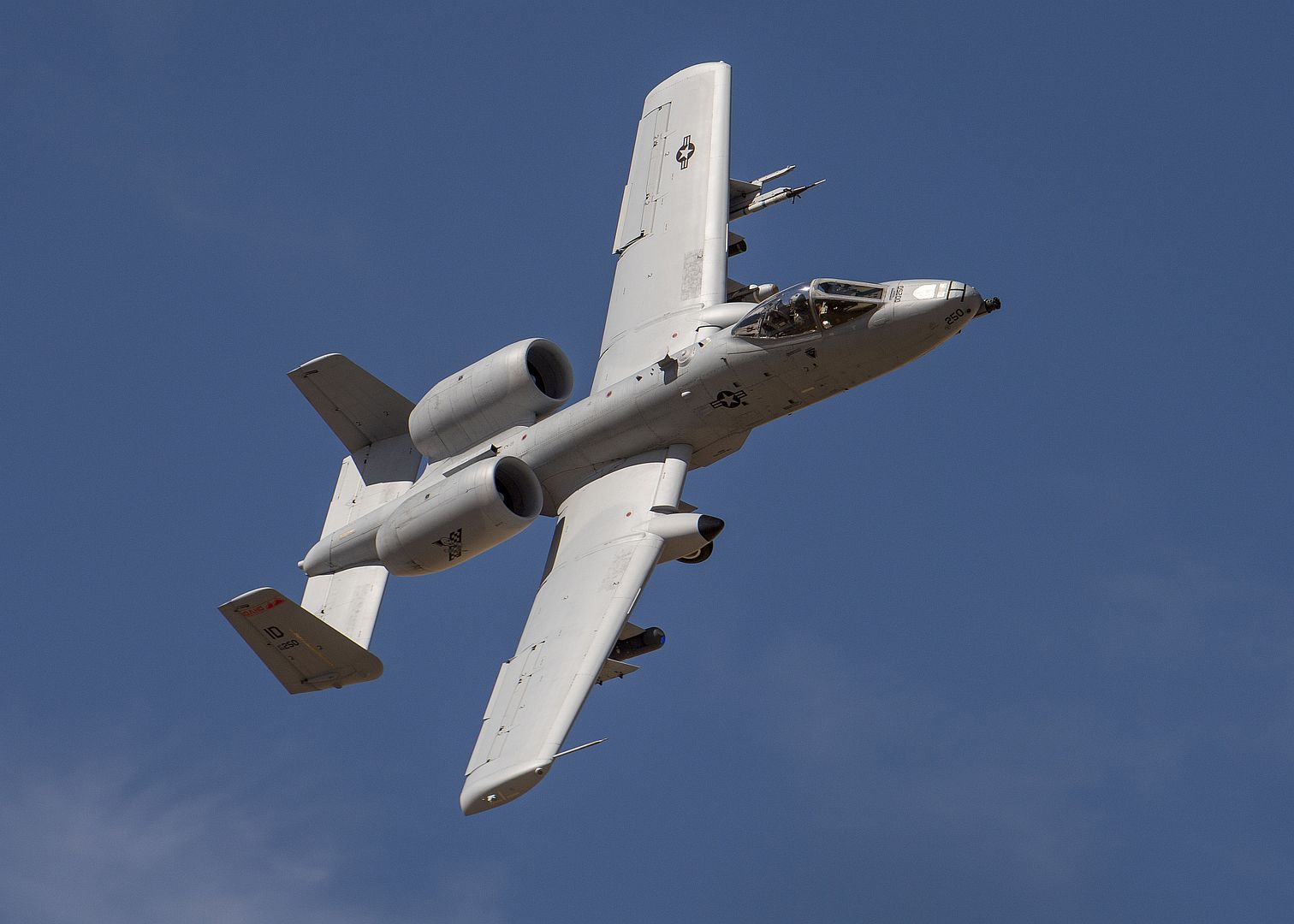
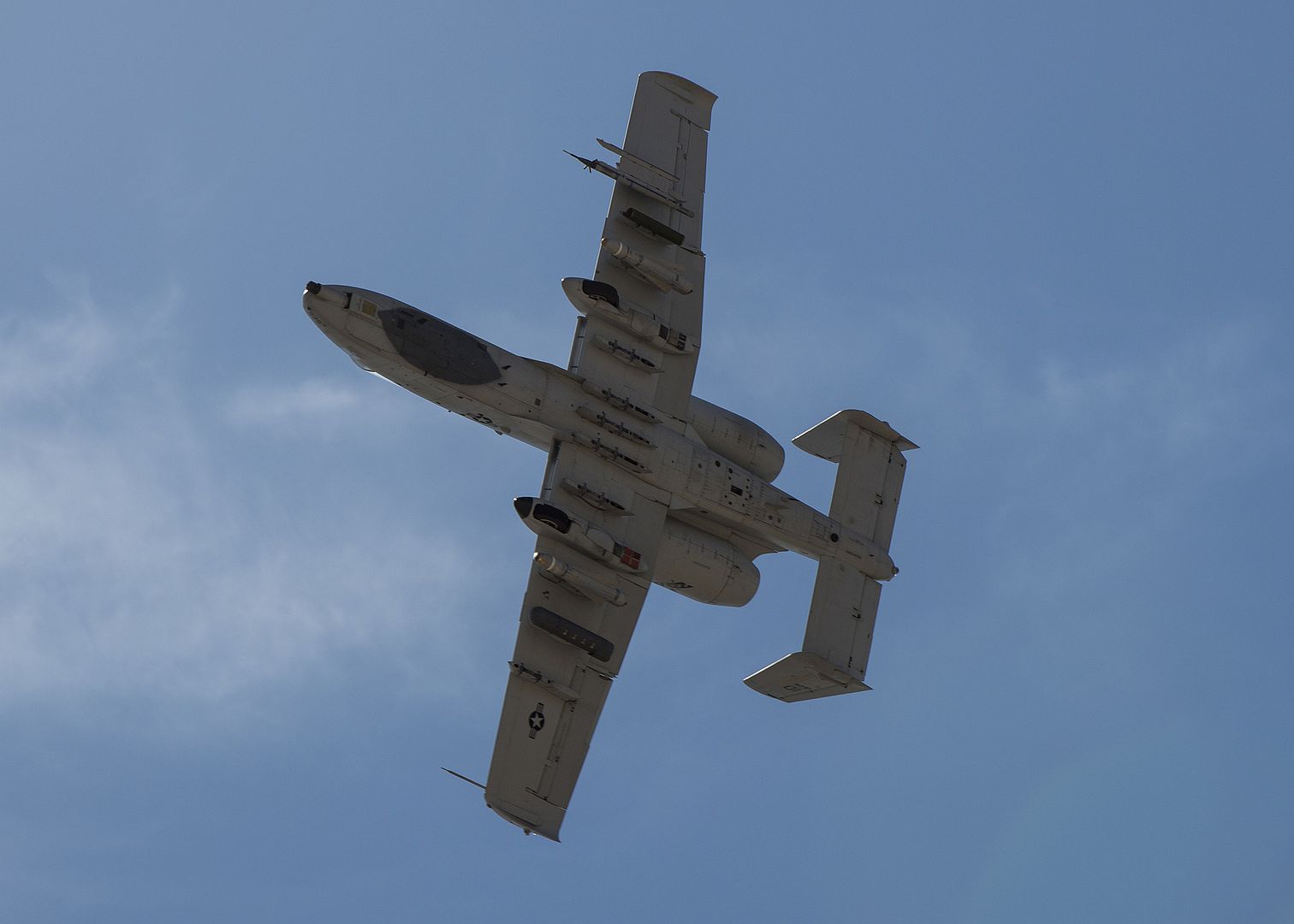
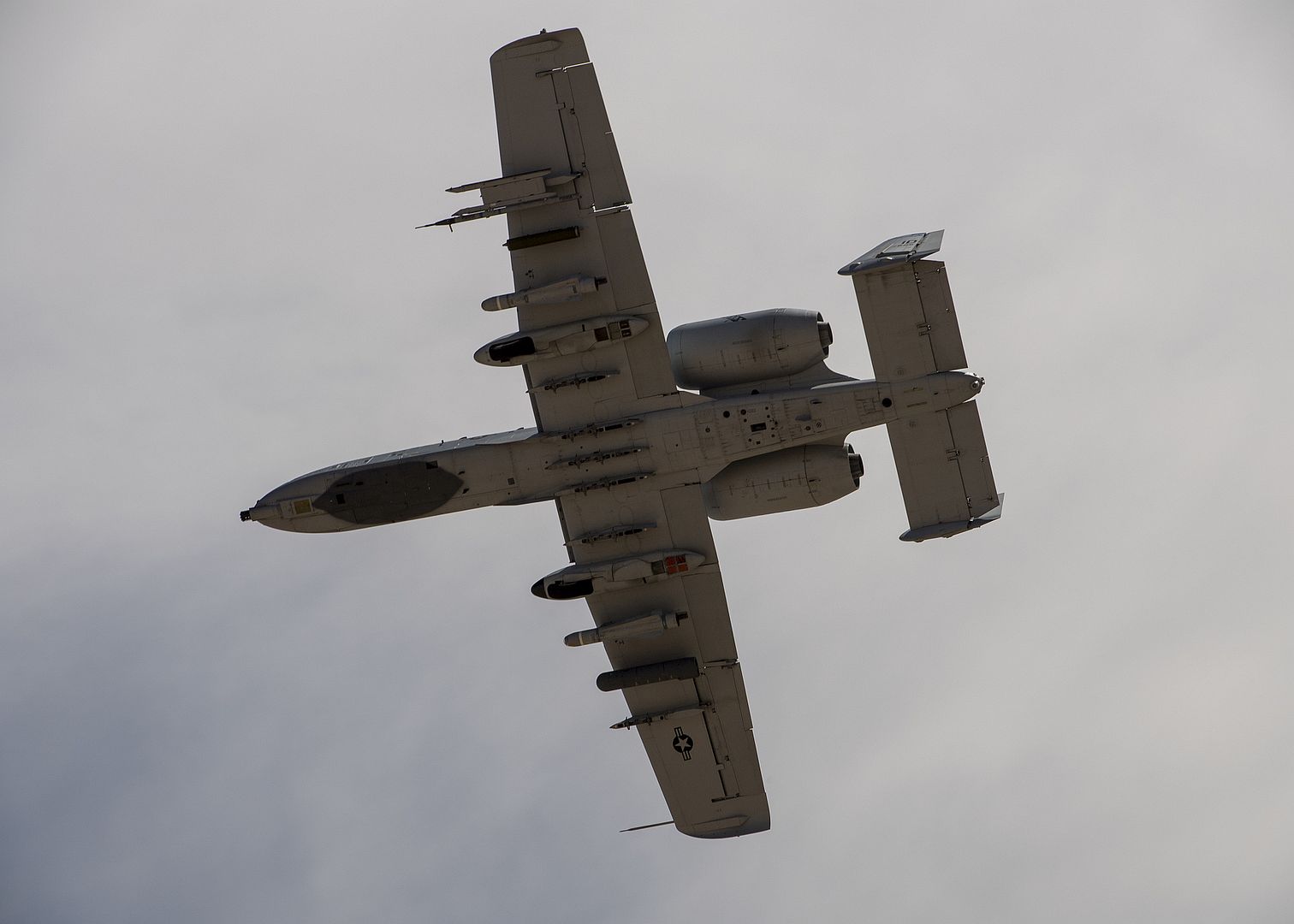
An MI-24 ?Hind? helicopter, part of the Bulgarian Air Force, takes part in a live-fire exercise at the Bulgarian National Air Defence Training Centre June 11, 2019 as part of Bulgaria?s participation in Operation SHABLA 19. SHABLA 19 is a bilateral, Joint Air Defense Live Fire exercise hosted by Bulgarian Armed Forces in Shabla, Bulgaria, from June 10-14, 2019. SHABLA 19 is a designed to improve readiness and interoperability between the Bulgarian Air Force, Navy and Land Forces, and the 10th Army Air and Missile Defense Command, U.S. Army Europe. (U.S. Army Photo by Sgt. Robert Douglas)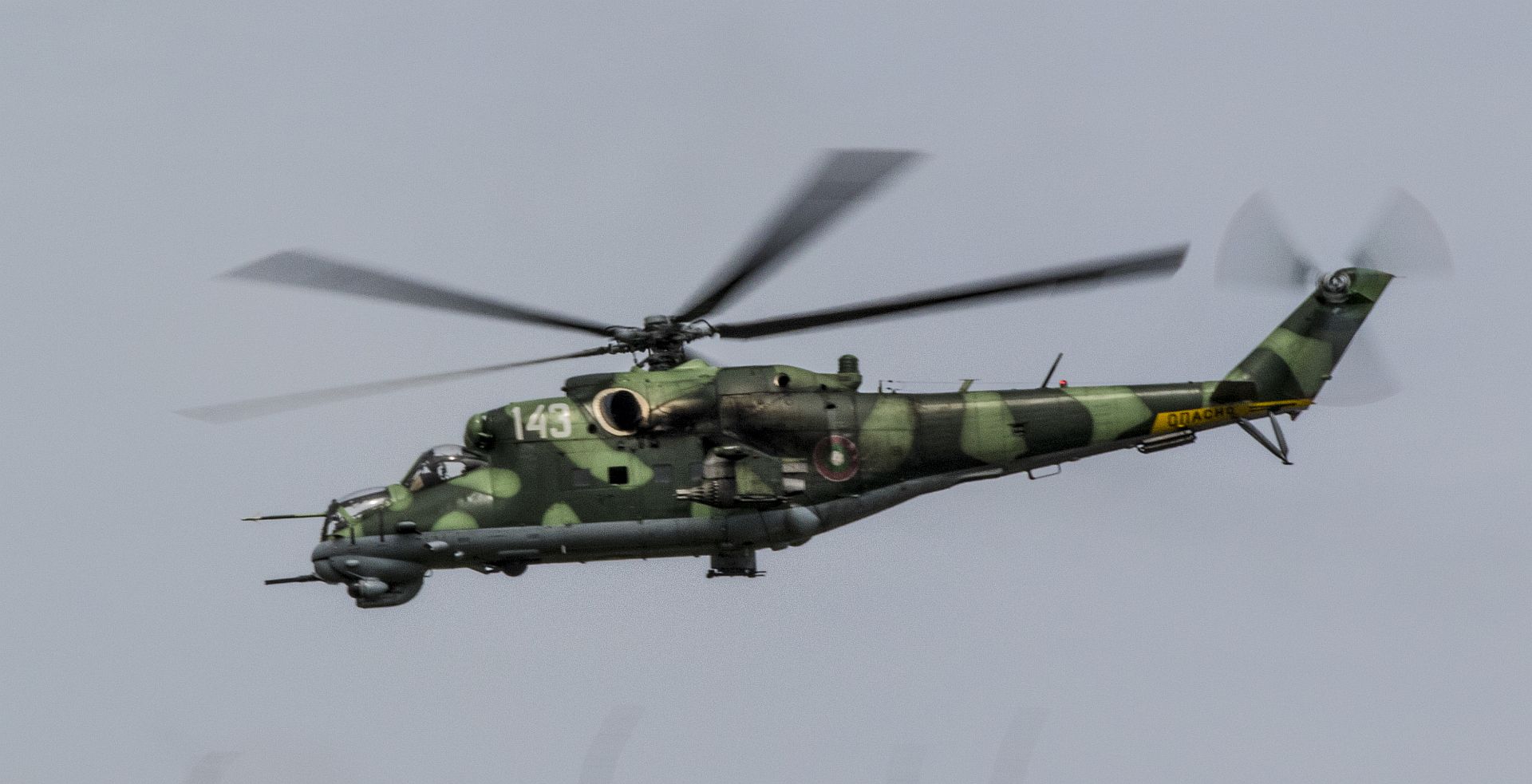
STRATFORD, Conn., June 10, 2019 -- Sikorsky, a Lockheed Martin company, (NYSE: LMT) will build six production VH-92A Presidential Helicopters under a contract from the U.S Navy. These helicopters are part of the 23 aircraft program of record for the U.S. Marine Corps.
Under the terms of the contract, known as Low Rate Initial Production (LRIP) Lot 1, Sikorsky will begin deliveries of six VH-92A helicopters in 2021. The remaining production aircraft will be delivered in 2022 and 2023. The contract also provides spares and training support.
The contract award follows an affirmative Milestone C decision on May 30 from the U.S. Navy moving the development program into production.
?The authorization to exercise the program?s first Low-Rate Initial Production lot is a testament to the hard work and dedication from the team to deliver this important asset on budget and within the planned acquisition timeline? said U.S. Marine Corps Col. Eric Ropella, PMA-274 presidential helicopter program manager. ?This award is an example of acquisition done right.?
The VH-92A test aircraft at Patuxent River, Maryland, have proven their production readiness by undergoing rigorous U.S. government testing and operational assessments, which included operating on the south lawn of the White House. The VH-92A has flown over 520 flight test hours establishing the aircraft?s technical maturity and readiness of its mission systems.
?This production decision validates the modifications to Sikorsky?s most successful commercial helicopter making it capable to transport the President of the United States at anytime, anywhere around the world,? said Dave Banquer, Sikorsky VH-92A program director. ?Sikorsky has been building and providing helicopter transportation for every U.S. President and Commander in Chief since Dwight D. Eisenhower. We are excited to build the next generation of transport with the VH-92A helicopter.?
The VH-92A aircraft will provide safe, reliable and capable transportation for the President, Vice President and foreign heads of state.
This program ensures long term affordability and maintainability by utilizing the FAA certified S-92 aircraft which has industry leading reliability and availability. The S-92 fleet surpassed 1.5 million flight hours in April and averages 14,600 hours of safe flight per month.
Sikorsky and the U.S. Navy integrate mature mission and communication systems into the aircraft. This aircraft provides communication capability to perform the duties of Commander in Chief, Head of State and Chief Executive.
Lockheed Martin delivered and installed the first VH-92A training device at the Presidential Helicopter Squadron HMX-1 in Quantico, Virginia, earlier this year. Marine pilots, avionics technicians and squadron personnel are actively engaged in hands-on learning through the suite of devices. The Flight Training Device (FTD) is a replica of the VH-92A cockpit to give pilots mission-oriented flight training in a simulation-based training device.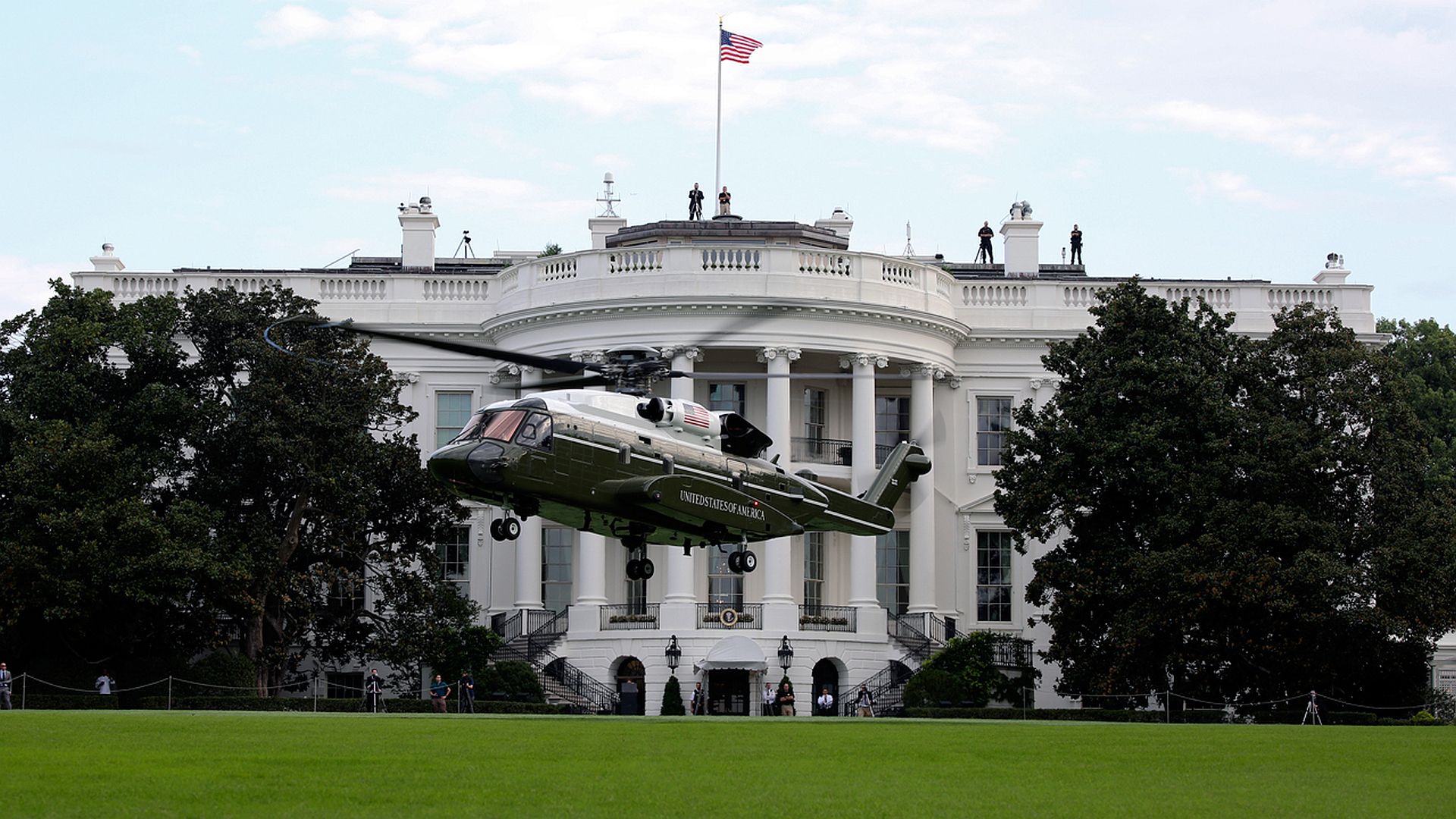
United Airlines has become the latest U.S. airline to connect to Airbus? open-data platform, Skywise, following an agreement recently signed between the airline and Airbus. United will leverage Skywise to enhance all aspects of its maintenance and engineering operations on its Airbus fleet.
With flexible and visual tools, Skywise enables airlines to store, access, manage and analyse data more efficiently while also benchmarking against other airline users? trends. Skywise provides all technology elements in one place, including data warehousing, visualisation, alerting, and even machine learning packages, allowing United and other airlines to nimbly develop and deploy their own analytical products.
In addition, Skywise seamlessly connects with the data integration platform, Palantir Foundry. United began using this platform in 2018, and the combination of Palantir Foundry and Airbus? Skywise will provide United with the data and tools to enhance its operational reliability.
?We are proud to partner with Airbus and Palantir on this new data platform, which will allow us to maximise the performance of our Airbus fleet by analysing the best data we have available and using those insights to continuously improve our operation,? said Praveen Sharma, United?s Vice President of Digital Products and Analytics.
Marc Fontaine, Airbus? Digital Transformation Officer said, ?Skywise will bring significant value by unlocking data, which will power operational efficiency in aircraft maintenance and flight operations for United Airlines? fleet.? He added, ?By extending Skywise to other company business functions, with Palantir, the potential for United will be even bigger.?
Launched in 2017, Skywise is fast becoming the platform of reference used by all major aviation players to improve operational performance, ensuring complete data continuity with benefits across the entire value chain. Today, over 70 airlines around the world are connected to Skywise.
Skywise provides all users with one single access point to their aggregated and anonymised aviation data, enriched from multiple sources across the industry into one secure, cloud-based platform. The more data that airlines or OEMs share into the Skywise Core platform, the more accurate the predictions and models for customers connected.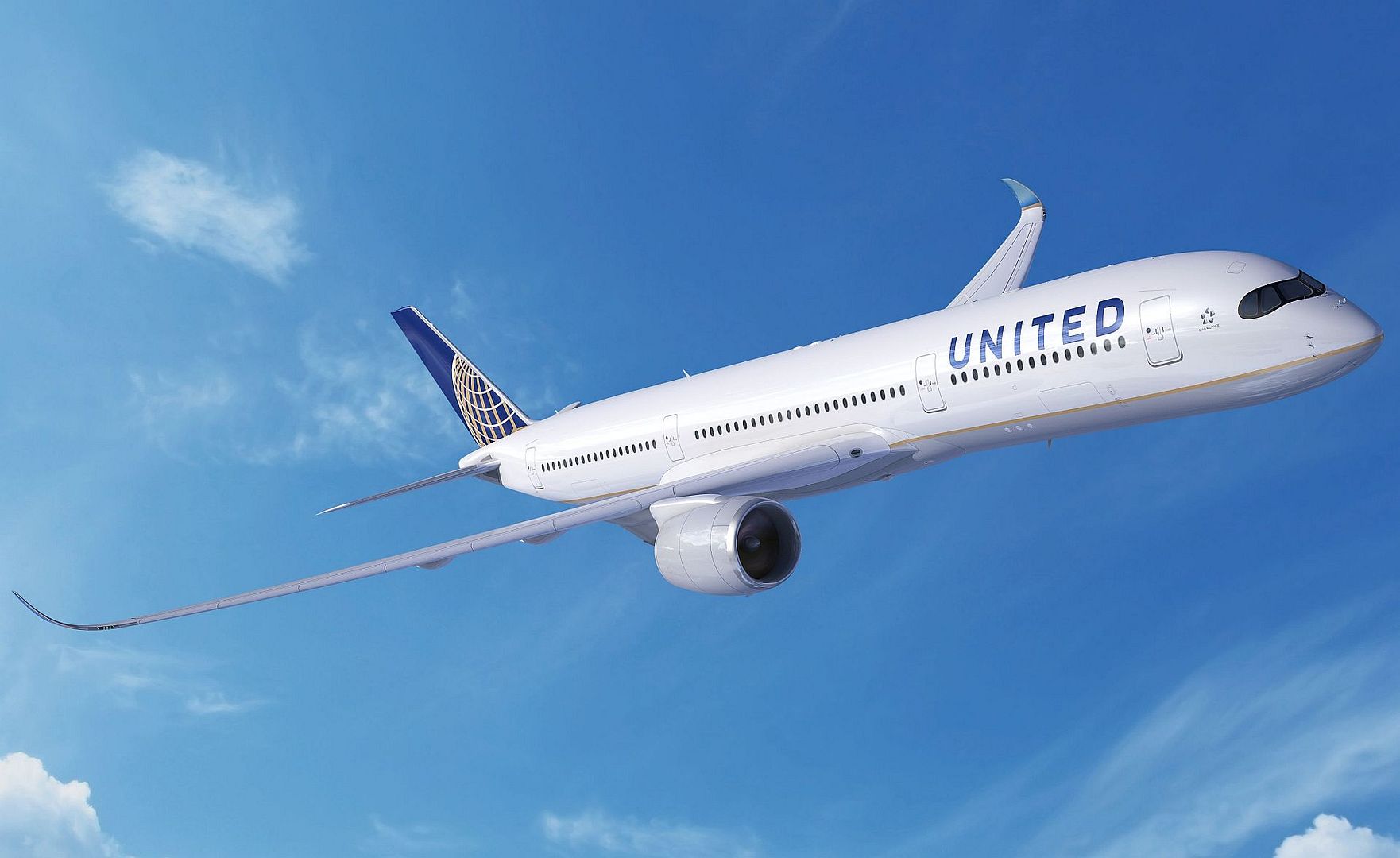
Washington D.C., USA ? June 11, 2019 - EmbraerX unveils today a new electric flying vehicle concept during Uber Elevate Summit 2019 in Washington, D.C. The event convenes a global community of manufacturers, investors, policymakers, and government officials, all working to make the urban aerial ridesharing vision a reality.
The aircraft concept, with electric vertical take-off and landing capability, known as eVTOL, is part of the EmbraerX multi-project approach. Embraer?s disruptive business subsidiary is working on a collaborative effort to enable and accelerate the urban mobility ecosystem.
?As a market accelerator committed to developing solutions to transform life?s experiences, we have been combining human-centered design thinking with our 50-year history of building and engineering expertise in a unique manner. These are the factors behind the technical progress and leading-edge innovations we are bringing to this new eVTOL concept,? said Antonio Campello, President & CEO, EmbraerX.
EmbraerX?s human-centric approach has been instrumental in the eVTOL project, focused on user experience and passenger peace of mind, with the goal of making the aircraft easily accessible to every person.
This new aircraft concept results from a broad range of tests and simulations, aiming at operational optimization for the urban environment, considering high reliability, low operating costs, a lower noise footprint, fully electric powered and progressively autonomous.
"Embraer's team focused on the customer experience with their latest vehicle concept, using built-in redundant systems to achieve optimal safety, while also achieving low noise output with an eight rotor system, which enables span-wise lift. Our team looks forward to continued collaboration with the Embraer team to achieve a quiet, green, and safe, aerial ridesharing vehicle," said Mark Moore, Engineering Director of Aviation, Uber.
EmbraerX is also engaged in a variety of tailored solutions for the ecosystem, including a new business platform, named Beacon, designed to foster collaboration and synchronize aviation services companies and professionals in a streamlined and more agile way, to keep aircraft flying.
Additionally, in partnership with dozens of air traffic controllers, academics, pilots and industry experts, EmbraerX has proposed a very practical, simple and robust urban air space design to allow more aircraft to fly in urban environments.
Photos and video: https://embraer.bynder.com/share/CF090825-84C8-4394-93220141BB76F4D4/
-
 Main AdminKC-135 Stratotankers assigned to the Tennessee Air National Guard 134th Air Refueling Wing and 128th ARW, Wisconsin ANG are prepped for refueling training flights in support of Saber Guardian 19 at Burgas Airport, Bulgaria June 11. The USECOM, NATO exercise promotes regional stability and security while increasing readiness, strengthening partner capabilities and fostering trust. While training with the regional allies and partners during the exercise, the U.S. presence will continue to galvanize our commitment to security throughout the Black Sea and Balkan regions. The city of Burgas is in the background. (U.S. Air National Guard photo's by Tech. Sgt. Daniel Gagnon)
Main AdminKC-135 Stratotankers assigned to the Tennessee Air National Guard 134th Air Refueling Wing and 128th ARW, Wisconsin ANG are prepped for refueling training flights in support of Saber Guardian 19 at Burgas Airport, Bulgaria June 11. The USECOM, NATO exercise promotes regional stability and security while increasing readiness, strengthening partner capabilities and fostering trust. While training with the regional allies and partners during the exercise, the U.S. presence will continue to galvanize our commitment to security throughout the Black Sea and Balkan regions. The city of Burgas is in the background. (U.S. Air National Guard photo's by Tech. Sgt. Daniel Gagnon)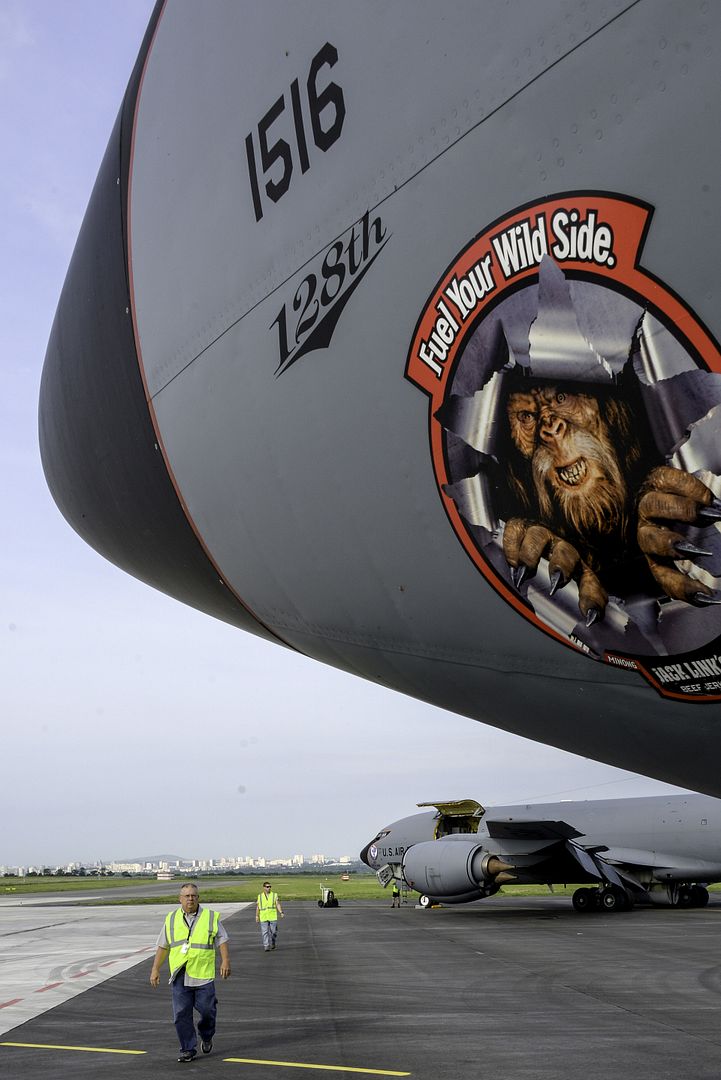
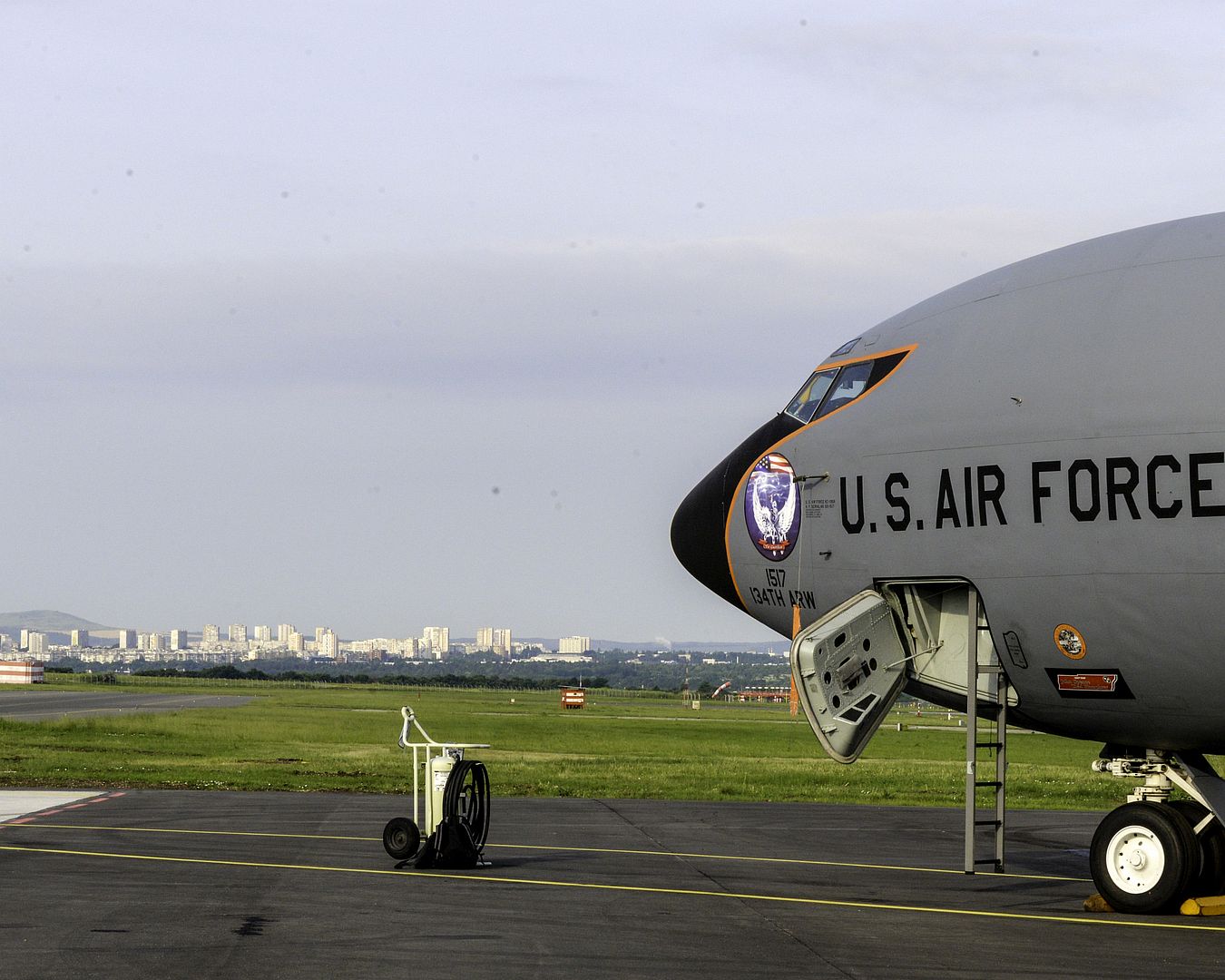
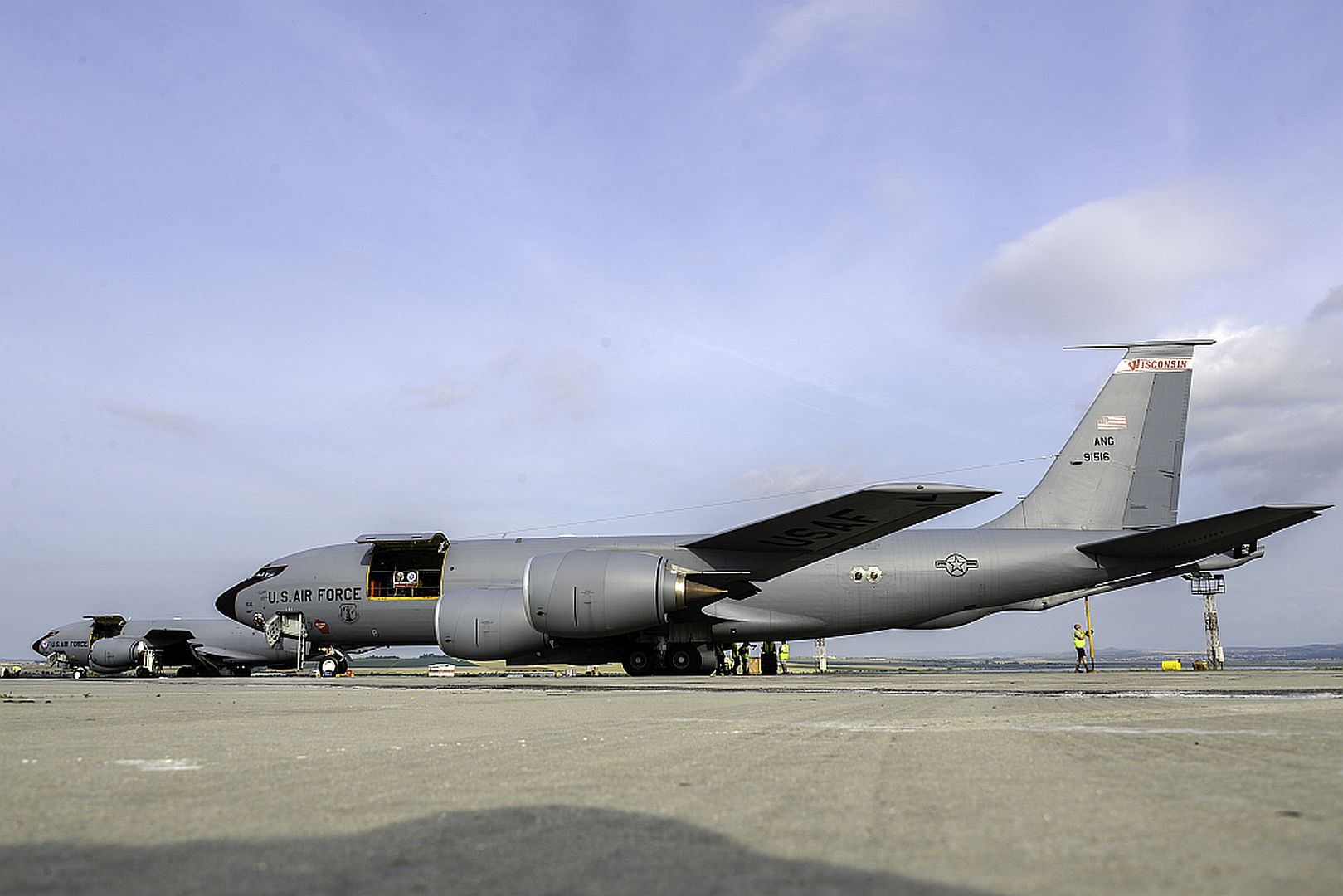
An F-16 Falcon assigned to the 457th Fighter Squadron, Kelly Air Force Base, Texas,
completes refueling training behind a KC-135 Stratotanker assigned to the 128th Air Refueling Wing, Wisconsin Air National Guard while flying over Romania on the border of Ukraine during exercise Saber Guardian June 11, 2019. U.S. Air Forces in Europe are engaged, postured, and ready with credible forces to assure, deter and defend our allies and partner nations in an increasingly complex security environment. While training with the regional allies and partners during the exercise, the U.S. presence will continue to galvanize our commitment to security throughout the Black Sea and Balkan regions. (U.S. Air National Guard photo's by Tech. Sgt. Daniel Gagnon)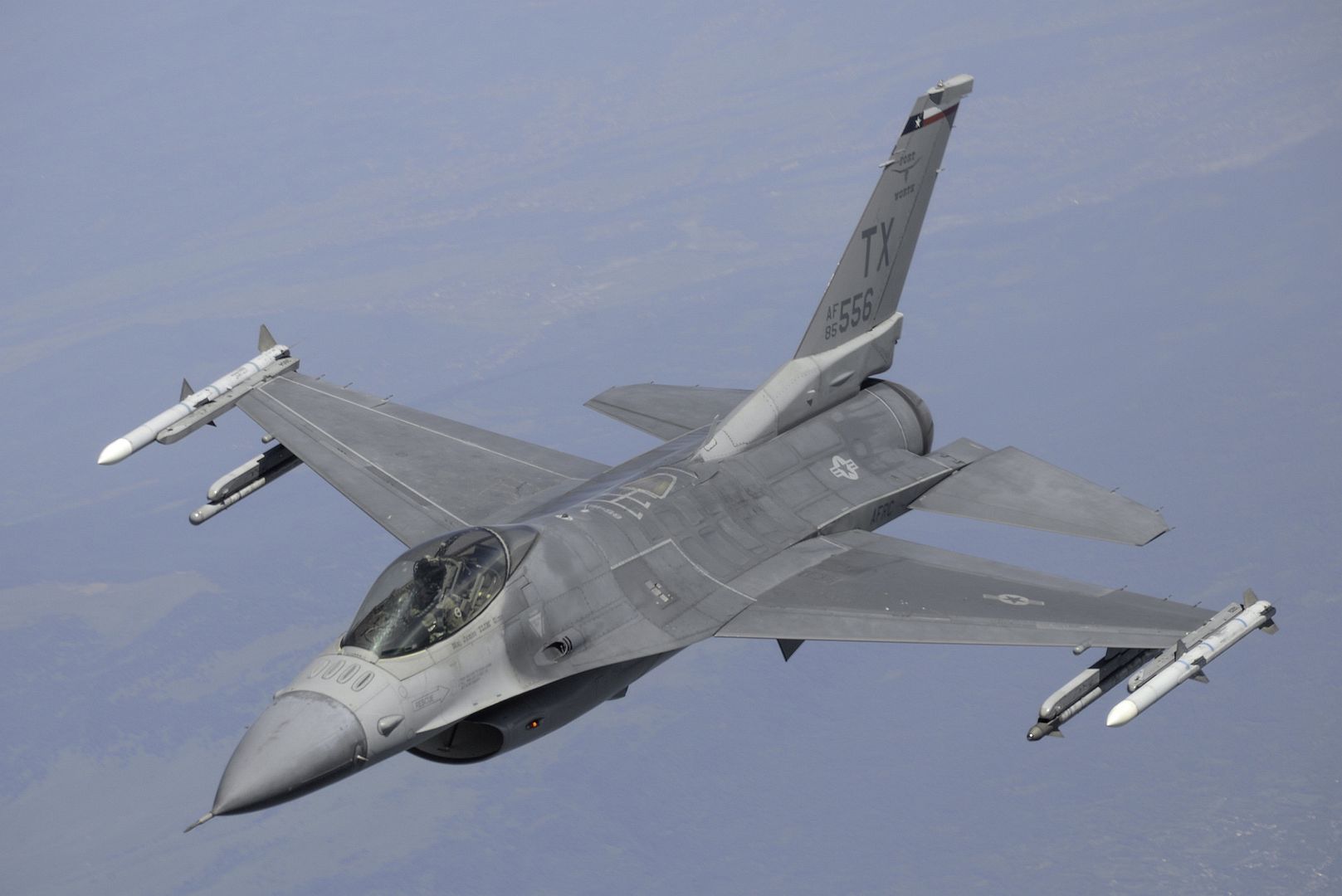

F-16 Fighting Falcon's assigned to the 480th Expeditionary Fighter Squadron take off during Aviation Rotation 19-2 at Krzesiny Air Base, Poland, June 11, 2019. This exercise provides bilateral training designed to enhance partner interoperability, maintain joint readiness and assure regional allies. (U.S. Air Force photo's by Staff Sgt. Jonathan Snyder)

A Japan Air Self-Defense Force F-2 pilot from the 3rd Air Wing, Misawa Air Base, Japan, poses for a photo at Eielson Air Force Base, Alaska, June 10, 2019. The 3rd Wing is participating in Red Flag-Alaska, a large-scale training exercise, with units and allied nations' air forces from around the Pacific. (U.S. Air Force photo by Senior Airman Stefan Alvarez)
A U.S. Air Force pilot assigned to the 18th Aggressor Squadron prepares to taxi during RED FLAG-Alaska (RF-A) 19-2 at Eielson Air Force Base, Alaska, June 10, 2019. RF-A serves as an ideal platform for engagement with international forces as the exercise has a long history of including allies and partners, ultimately enabling all involved to exchange tactics, techniques and procedures while improving interoperability. (U.S. Air Force photo by Senior Airman Eric M. Fisher)
WIESBADEN, Germany - Seventeen C-47 Skytrains were on display at an event June 10 and 11 on Clay Kaserne celebrating the 70th anniversary of the end of the Berlin Airlift. The commemoration was hosted by U.S. Army Garrison in partnership with the city of Wiesbaden. (U.S. Army photo's by Emily Jennings)

F-15E Strike Eagles assigned to the 48th Fighter Wing conduct in-flight refuelling over the English channel with a KC-135 Stratotanker assigned to the 100th Air Refueling Wing in support of the 75th anniversary of D-Day June 9, 2019. An epic multinational operation, D-Day forged partnerships and reinforces trans-Atlantic bonds that remain to this day. (U.S. Air Force photo's/ Tech. Sgt. Matthew Plew)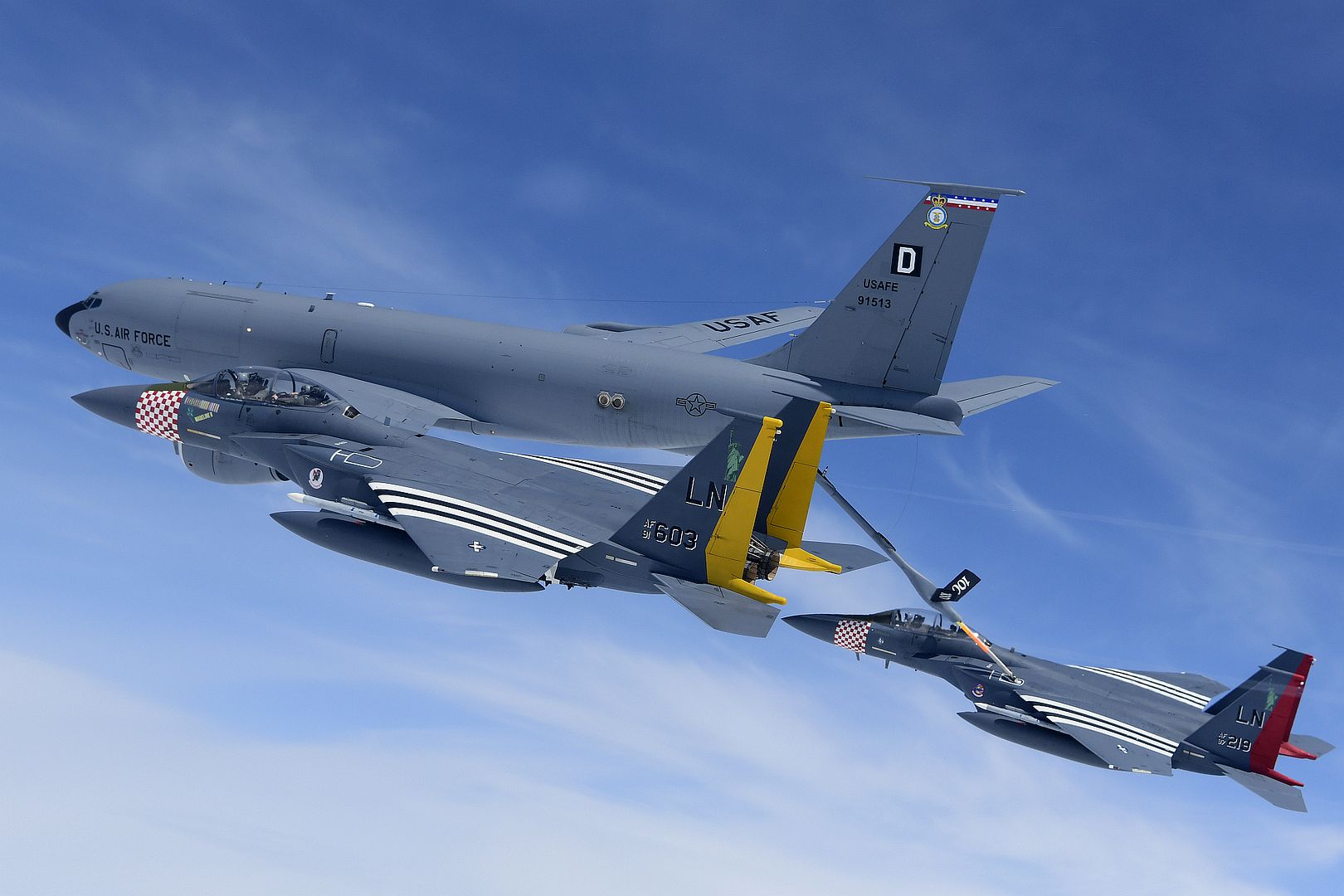
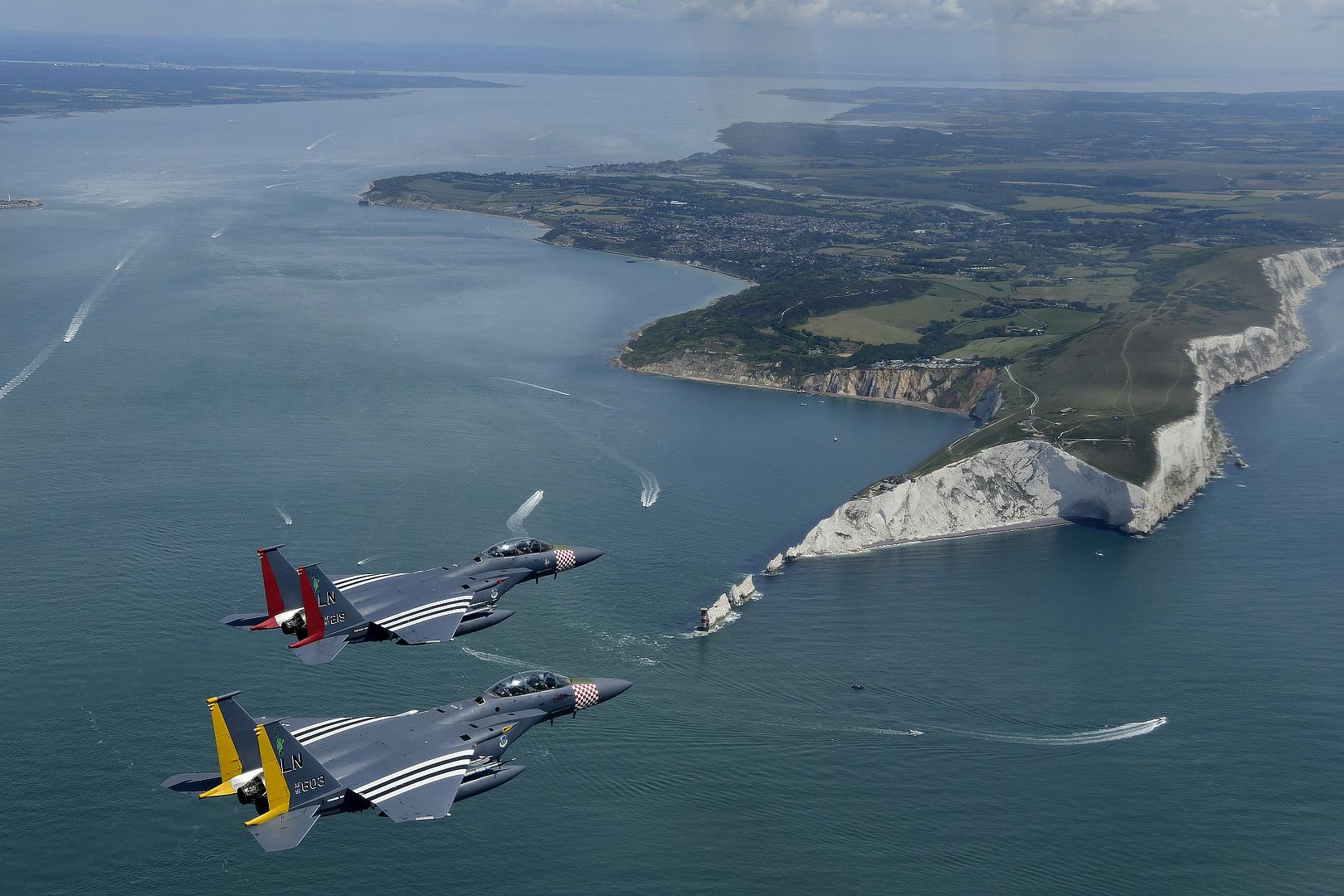
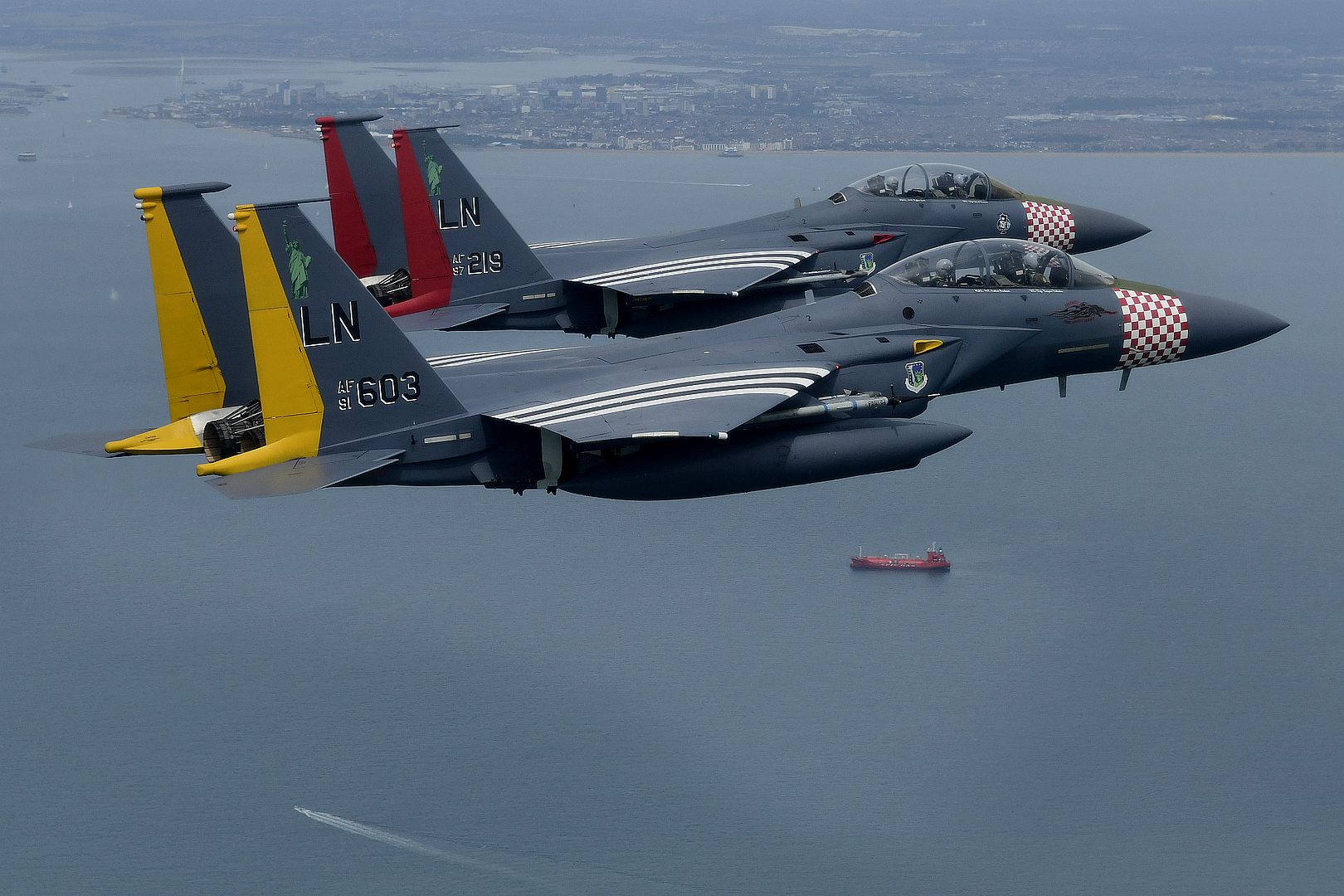
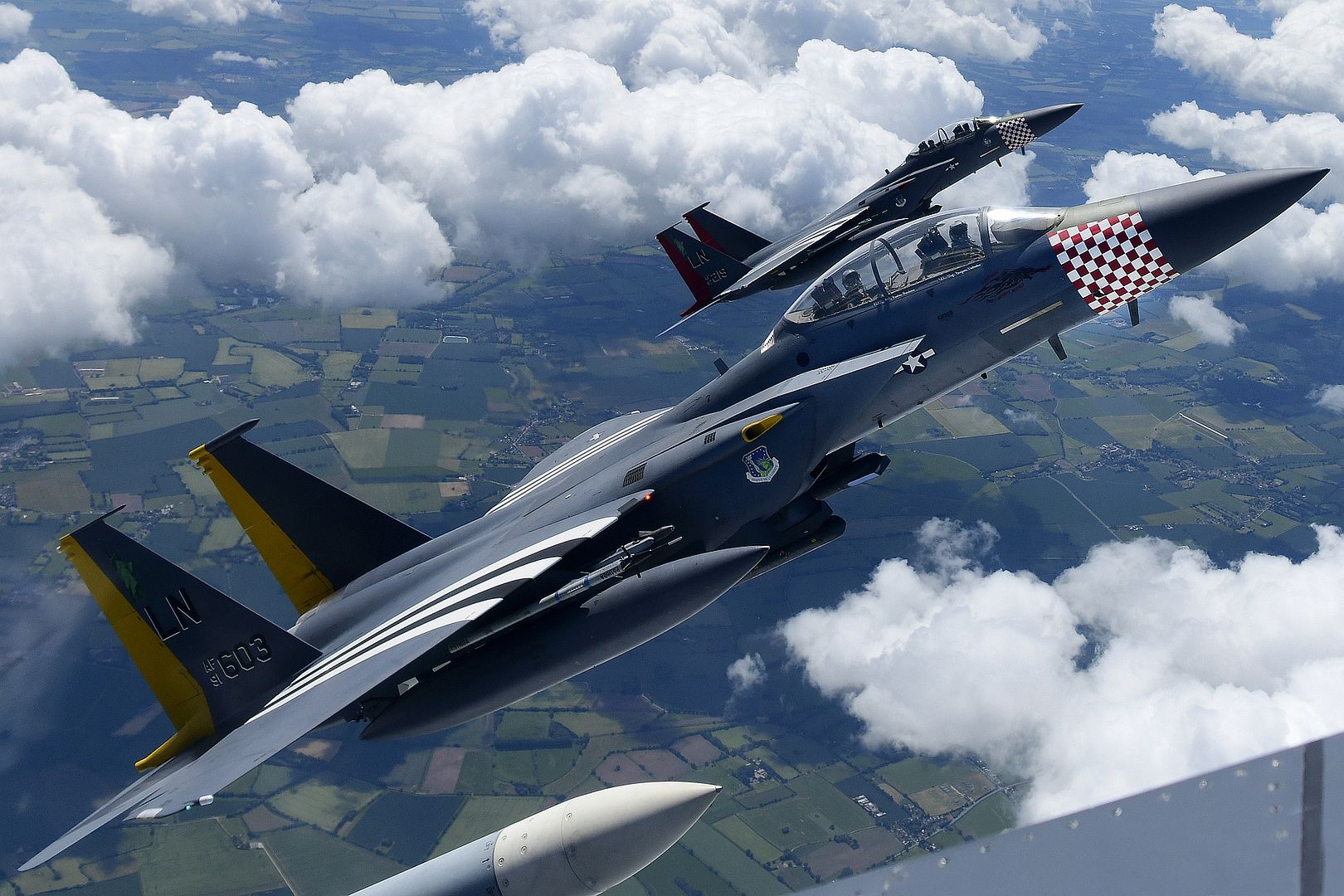
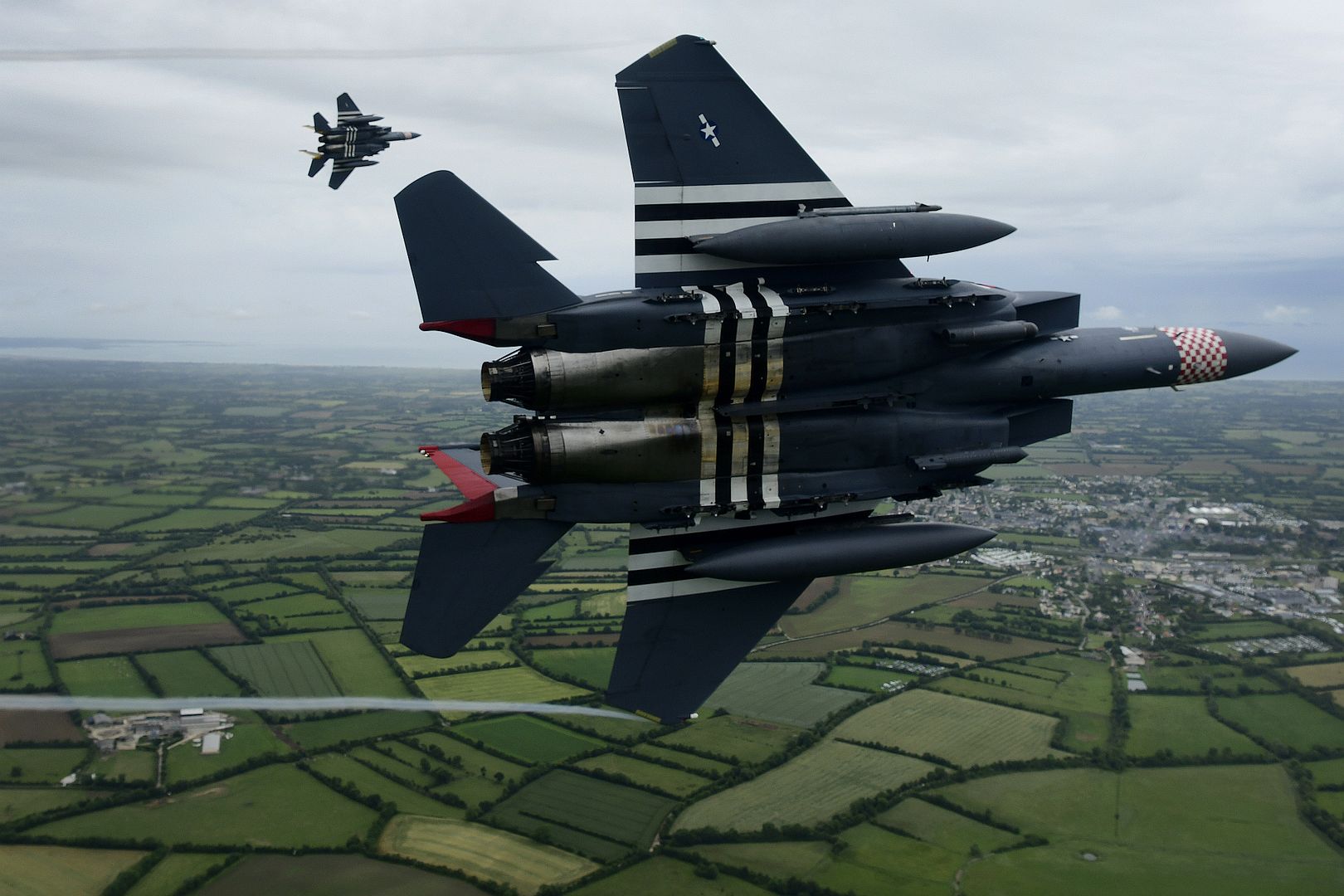
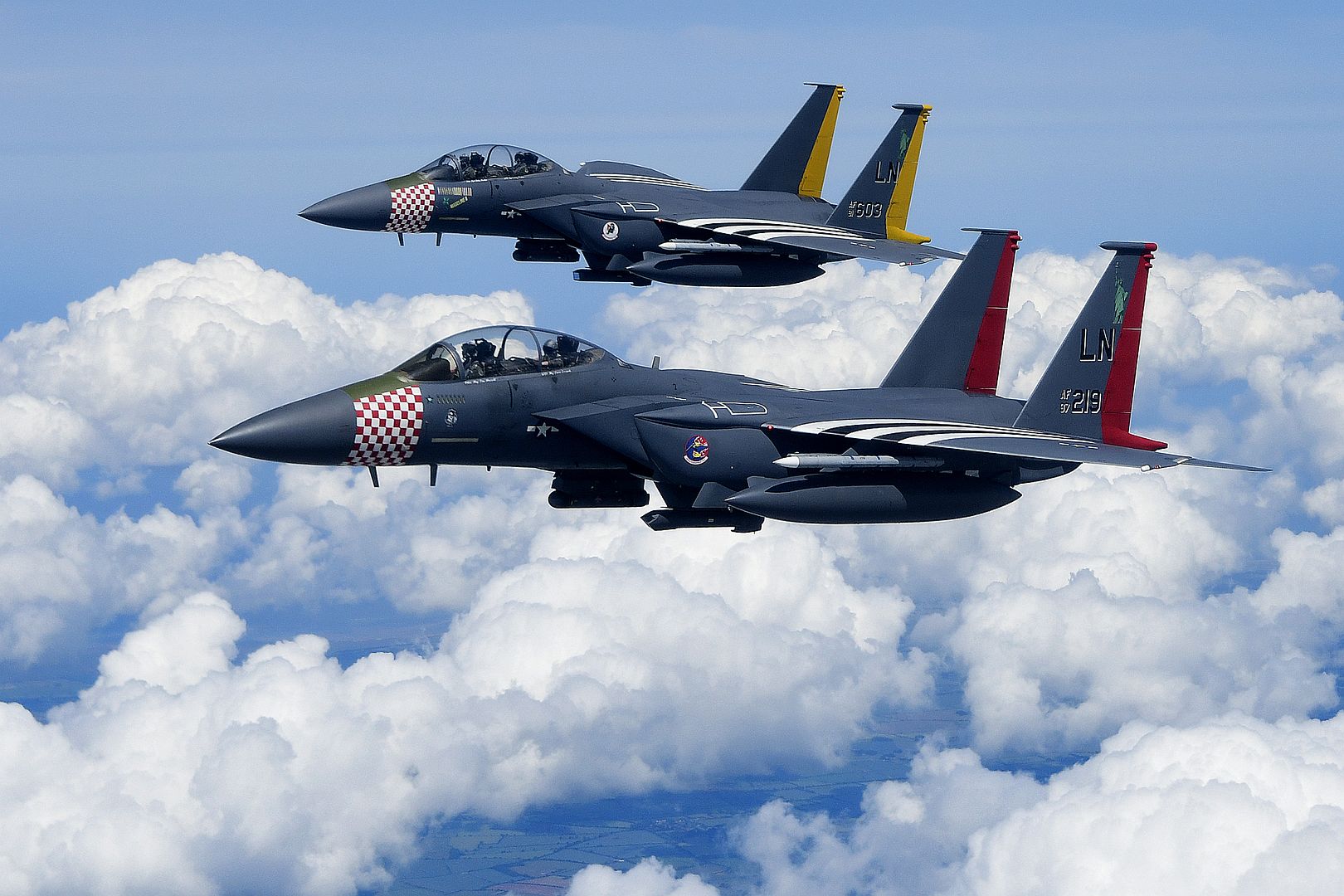

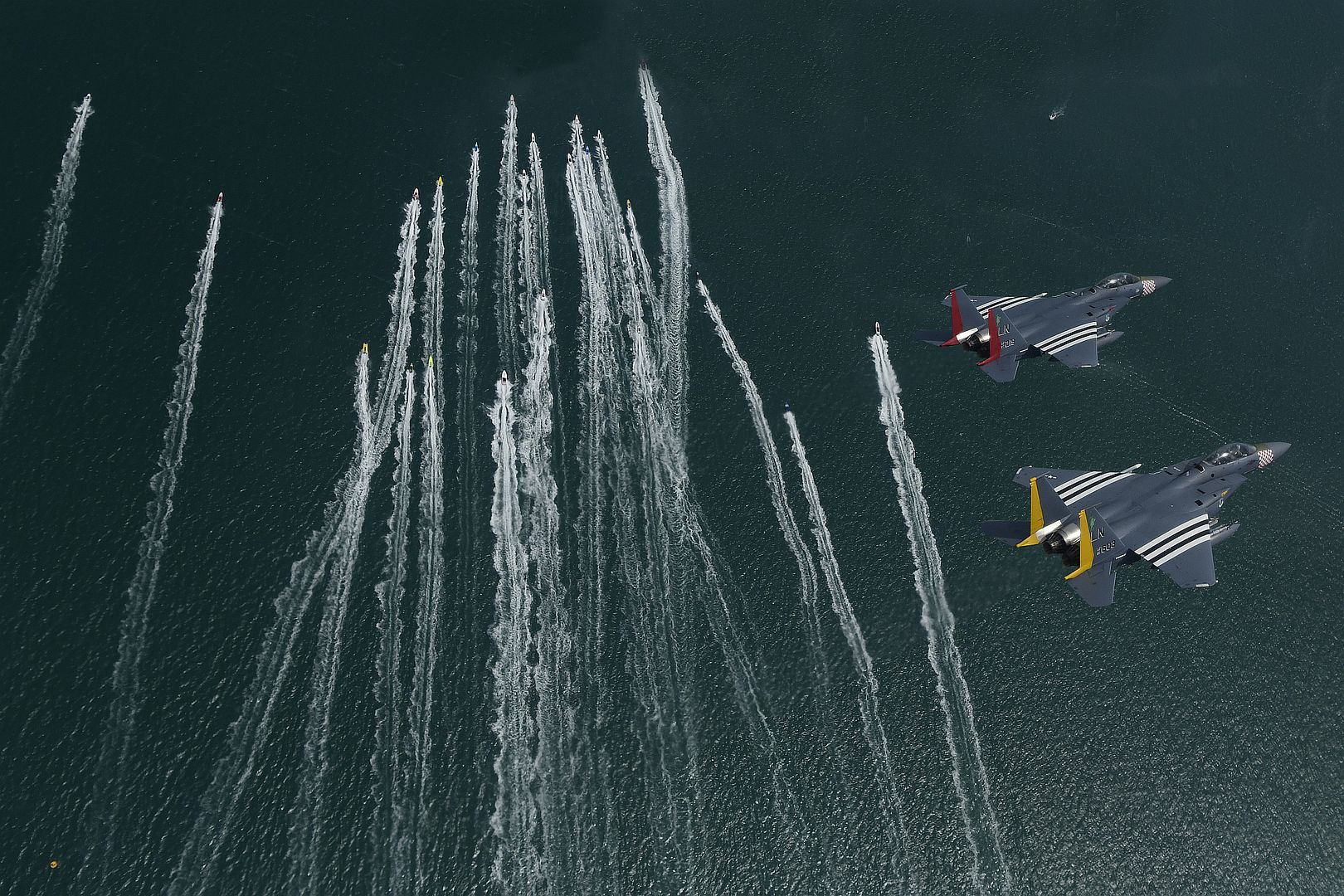
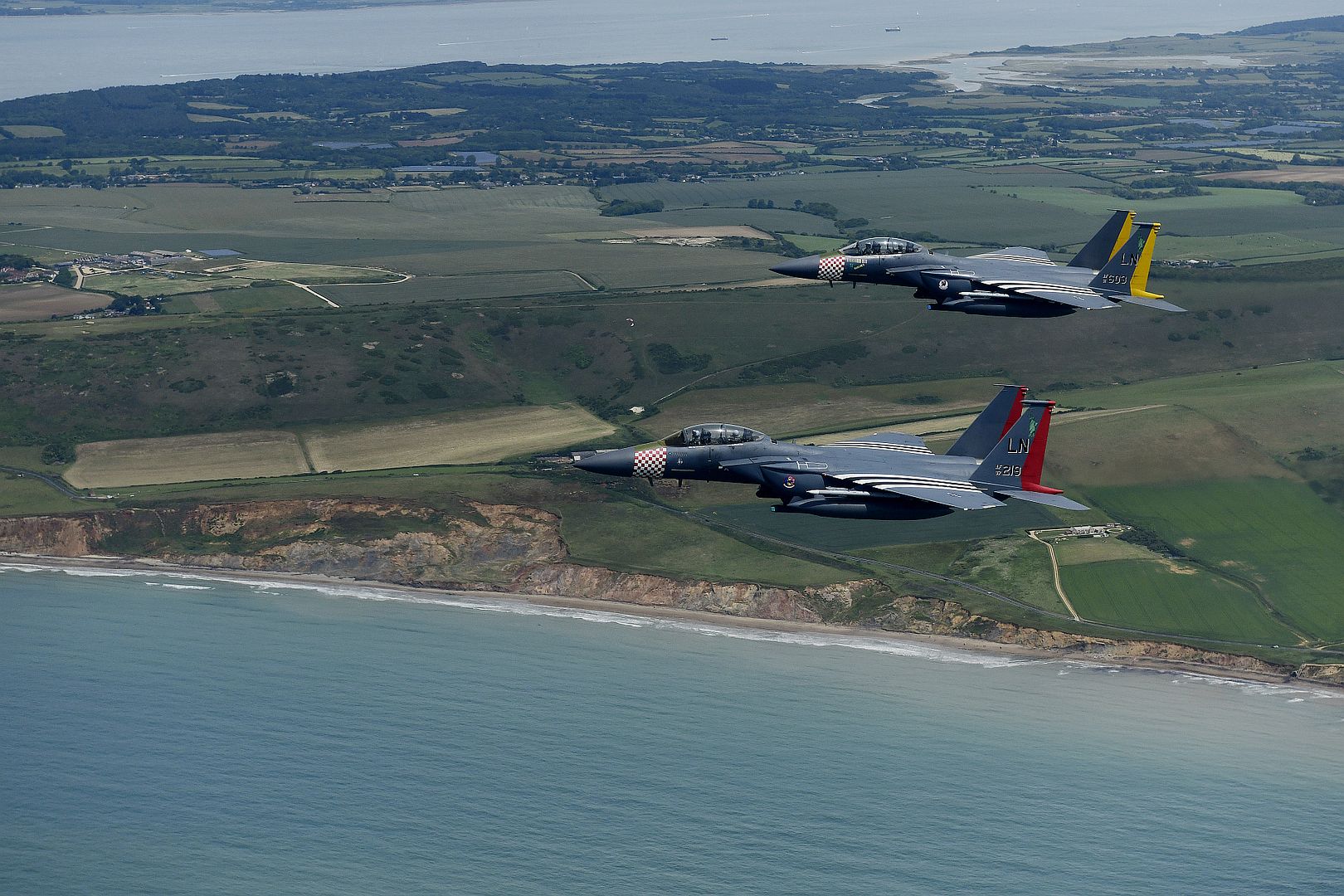
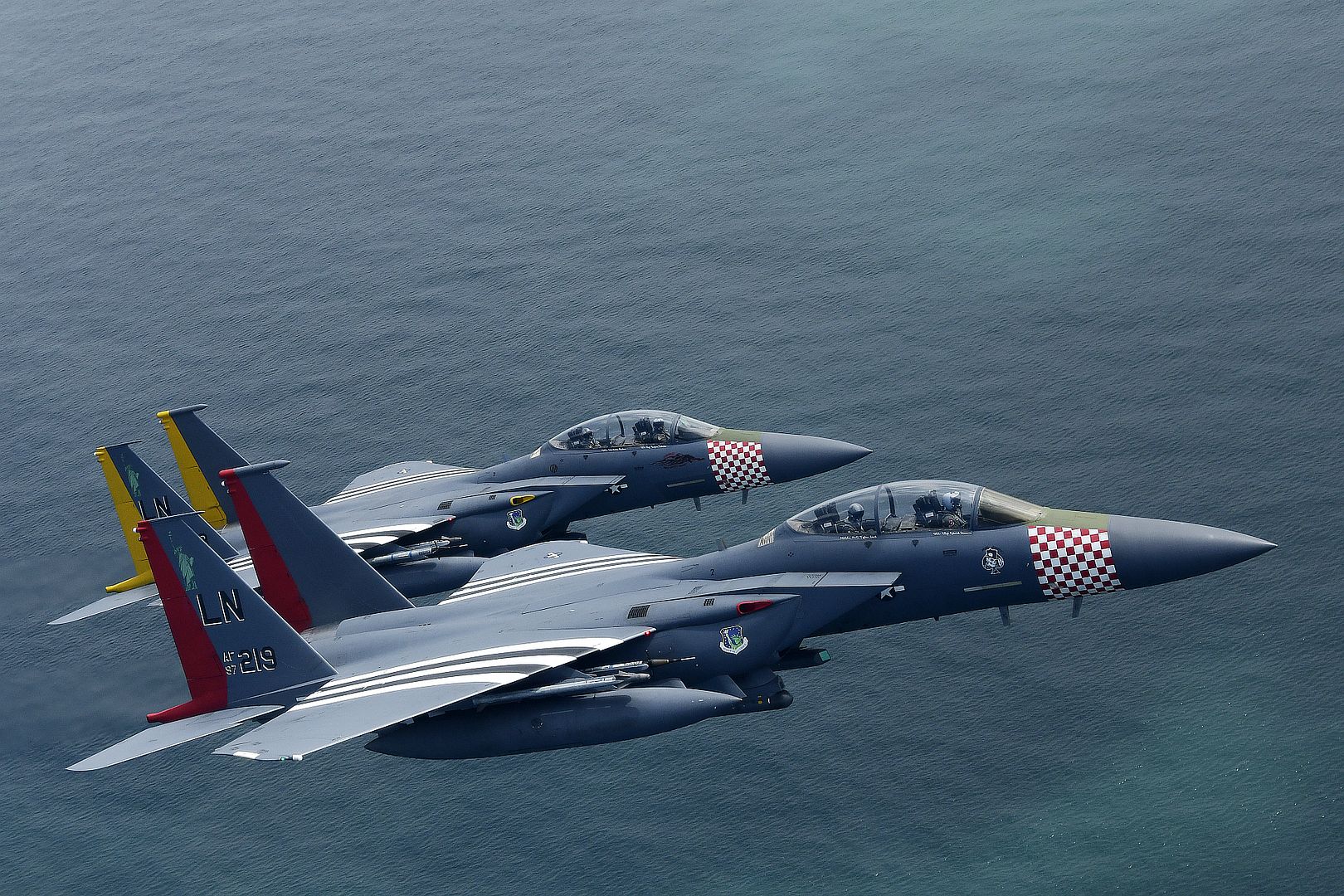
S?o Paulo, Brazil, June 11, 2019 - Embraer will take to the 53rd edition of Paris Air Show International, in France, the first KC-390 multi-mission airlift configured to operate with the Brazilian Air Force (FAB). The aircraft, number 004, will be in the static area from June 17 to 23 at the Le Bourget airport. Also the KC-390 will perform flight demonstrations on the first two days of the show. In agreement with the FAB, the airplane will return to Brazil right after the air show when it begins the acceptance and delivery process.
?The assembly of the first aircraft to be delivered to the FAB marks a major change in Embraer's dynamics in this market,? said Jackson Schneider, President and CEO of Embraer Defense & Security. ?The KC-390 is a multi-mission aircraft that has attracted great interest internationally and the Paris Air Show is the perfect occasion to showcase the aircraft in the configuration that will be operated by the FAB, proving its superior flexibility, performance and productivity.?
?The expectation for its entry into service is huge, considering the aircraft is a milestone in military aviation, where its innovativeness will bring improvements in the execution of multiple missions, contributing greatly to the fulfillment of FAB?s mission to control, defend and integrate our nation?, concluded Lieutenant-Brigadier Antonio Carlos Moretti Bermudez, Brazilian Air Force Commander.
The KC-390 program has already reached important milestones, such as Brazil's Civil Aviation Agency's (ANAC) Type Certificate and the production of the first series aircraft that performed its first flight in October 2018. To date, the flight test campaign has surpassed 2,200 flight hours.
Embraer's KC-390 is a tactical transport aircraft, designed to set new standards in its class while delivering the lowest life-cycle cost on the market. It can carry out various missions, such as transport and launching of loads and troops, in-flight refueling, search and rescue and firefighting.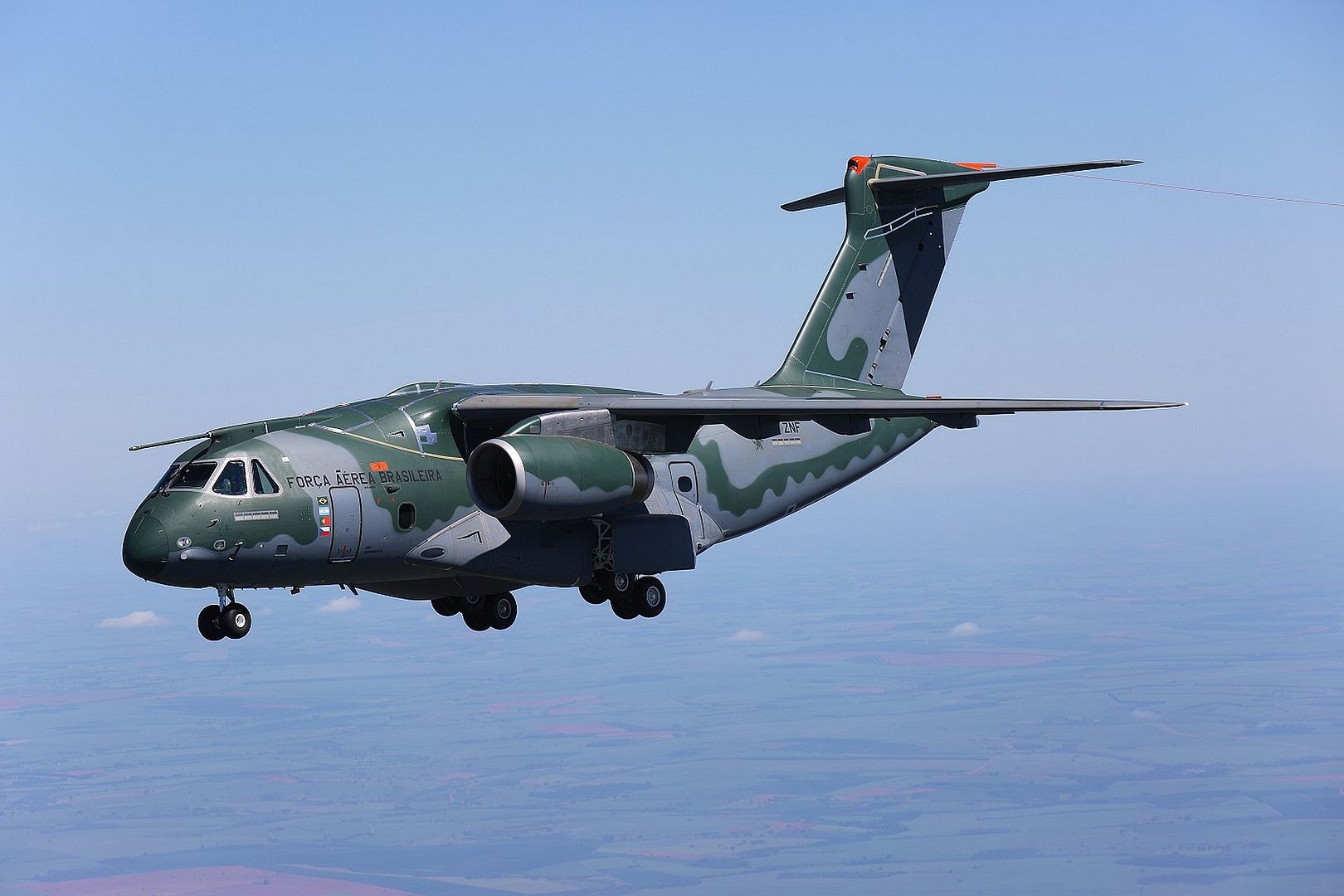
-
 Main AdminU.S. Marine Maj. Tom Frey, a pilot with Marine Fighter Attack Squadron 112, Marine Aircraft Group 41, 4th Marine Aircraft Wing prepares for an expeditionary airfield arrestment with an F-18 Hornet during Integrated Training Exercise 4-19 at Marine Corps Air Ground Combat Center Twentynine Palms, Calif., June 12, 2019. Training exercises such as ITX ensure Reserve Marines are proficient and capable of successful integration with active-duty Marines, making Marine Forces Reserve critical to the Marine Corps? Total Force. (U.S. Marine Corps photo's by Cpl. Tessa D. Watts)
Main AdminU.S. Marine Maj. Tom Frey, a pilot with Marine Fighter Attack Squadron 112, Marine Aircraft Group 41, 4th Marine Aircraft Wing prepares for an expeditionary airfield arrestment with an F-18 Hornet during Integrated Training Exercise 4-19 at Marine Corps Air Ground Combat Center Twentynine Palms, Calif., June 12, 2019. Training exercises such as ITX ensure Reserve Marines are proficient and capable of successful integration with active-duty Marines, making Marine Forces Reserve critical to the Marine Corps? Total Force. (U.S. Marine Corps photo's by Cpl. Tessa D. Watts)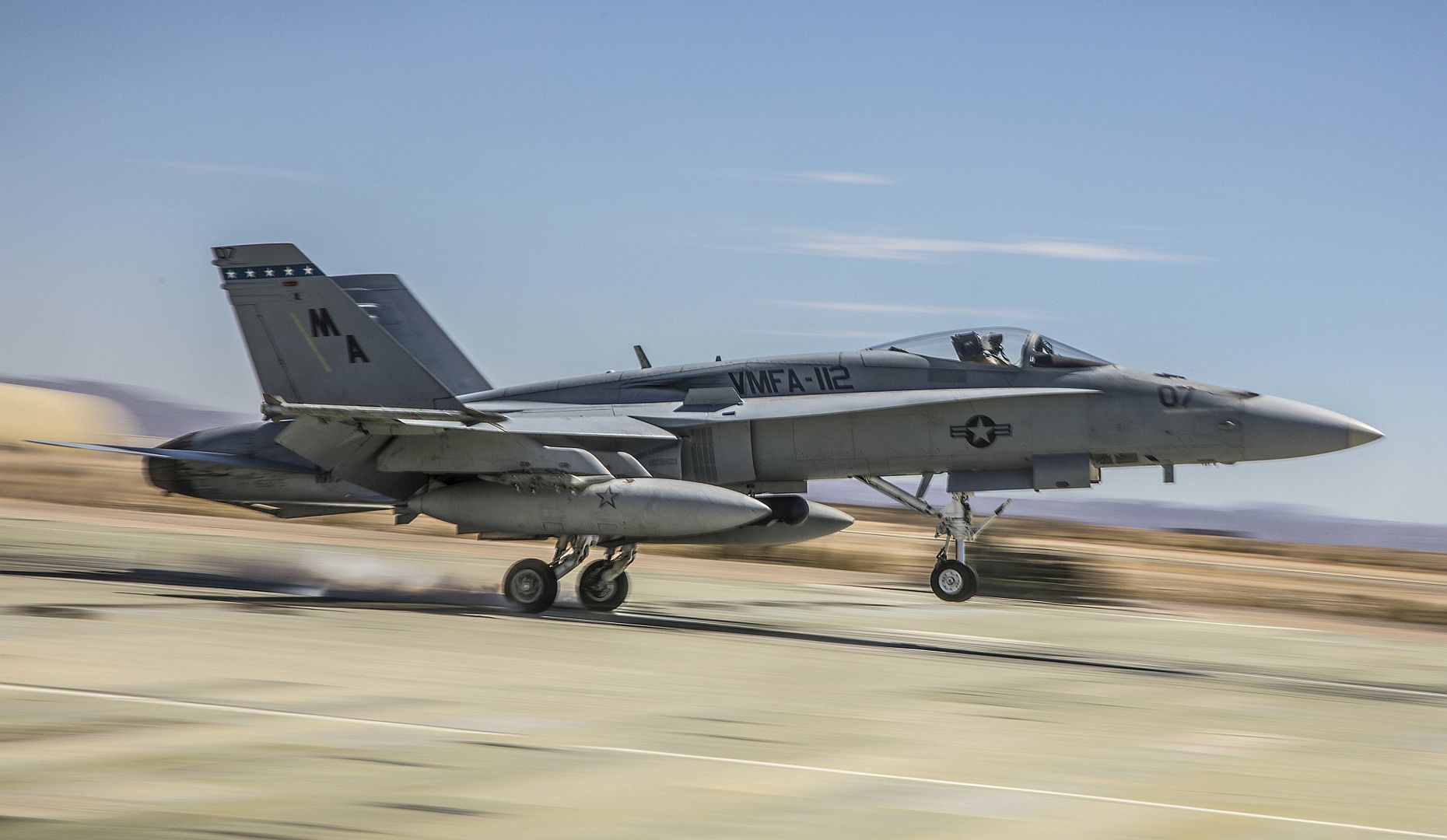
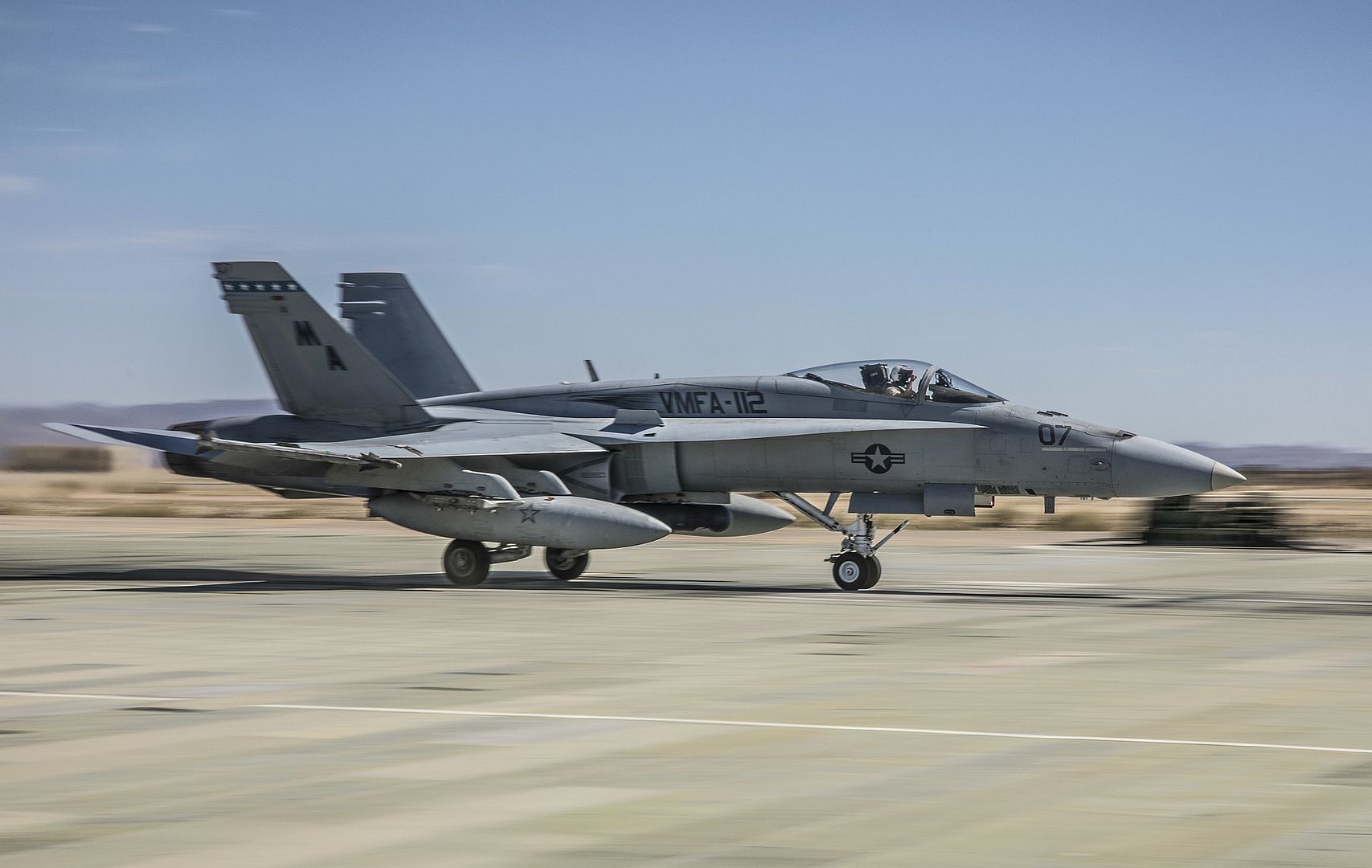
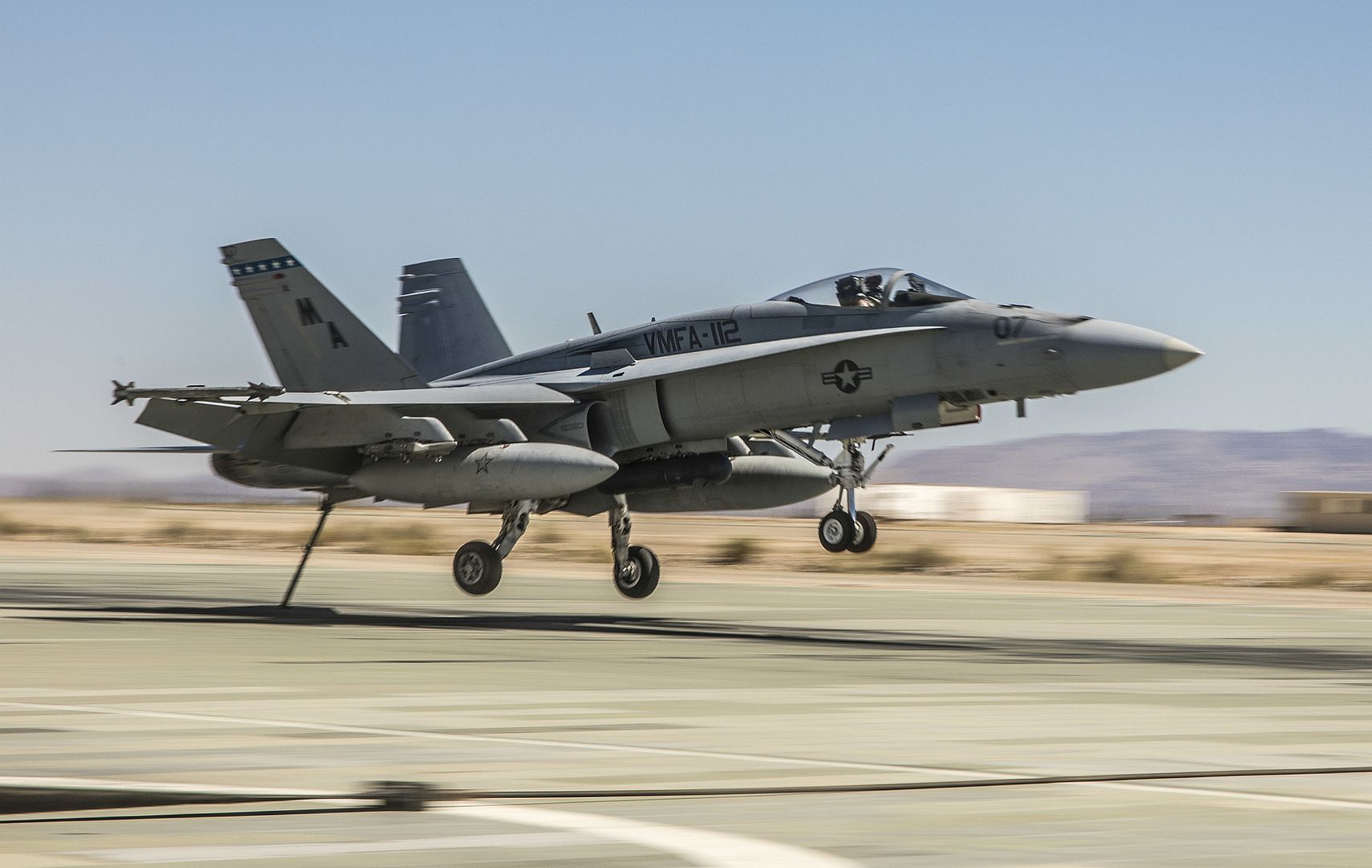
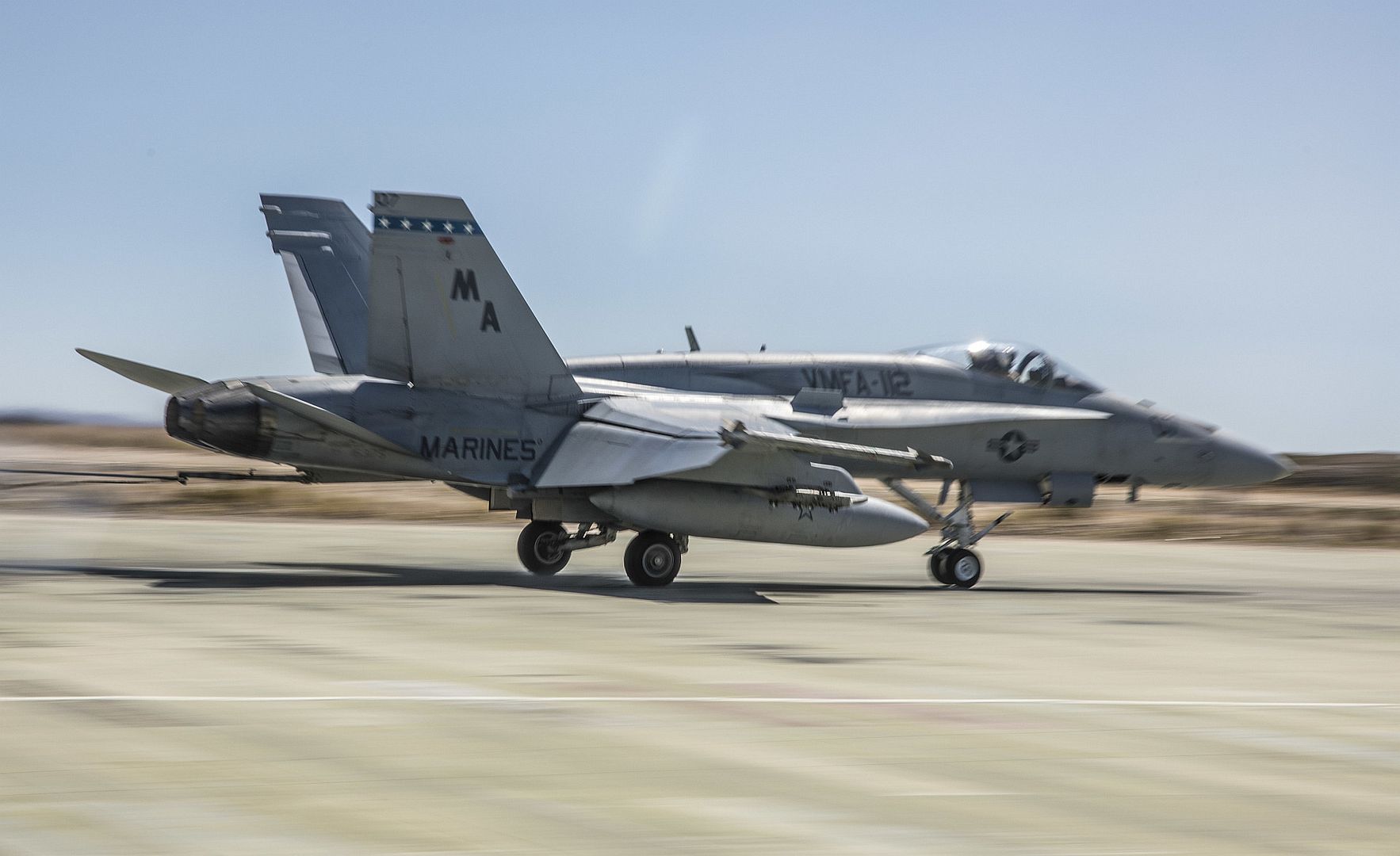
Two U.S. Air Force F-35A Lightning II fighter aircraft, assigned to the 421st Fighter Squadron, Hill Air Force Base, Utah, right, fly in formation with two Finnish F-18 Hornets, left, while en route to Turku, Finland, June 13, 2019. These aircraft are in Europe to participate in exercises and conduct training with Europe-based aircraft in support of a Theater Security Package. (U.S. Air Force photo by Airman 1st Class Jovante Johnson)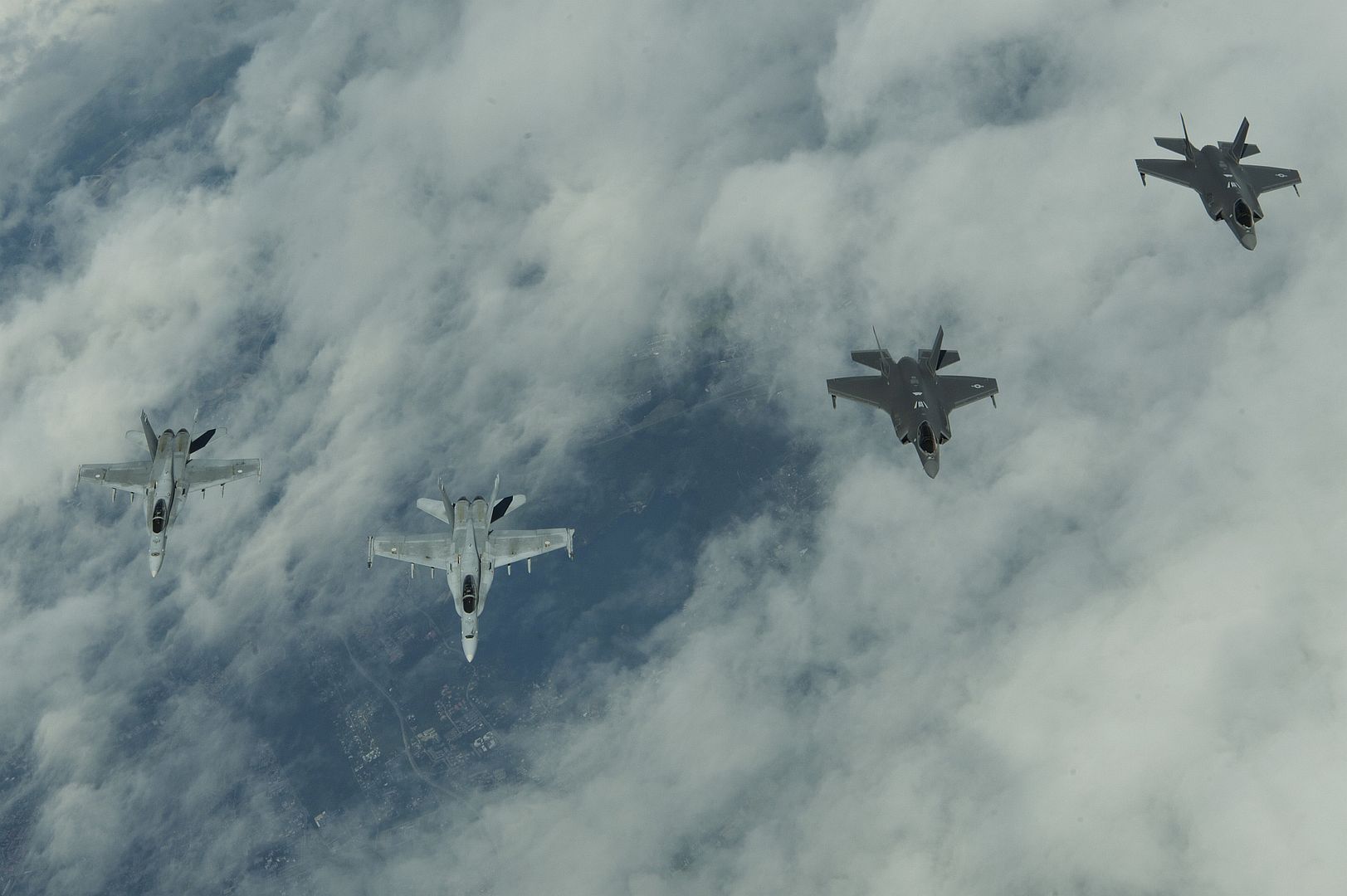
A U.S. Air Force F-35 Lightning II flies behind a U.S. Air Force KC-135 Stratotanker before conducting air refueling training for a Theater Security Package over the Mediterranean Sea, June 11, 2019. Rotational forces like the Theater Security Package underscore U.S. commitment to working alongside our partners and allies to bolster collective defense and security capabilities. (U.S. Air Force photo's by Senior Airman Luke Milano)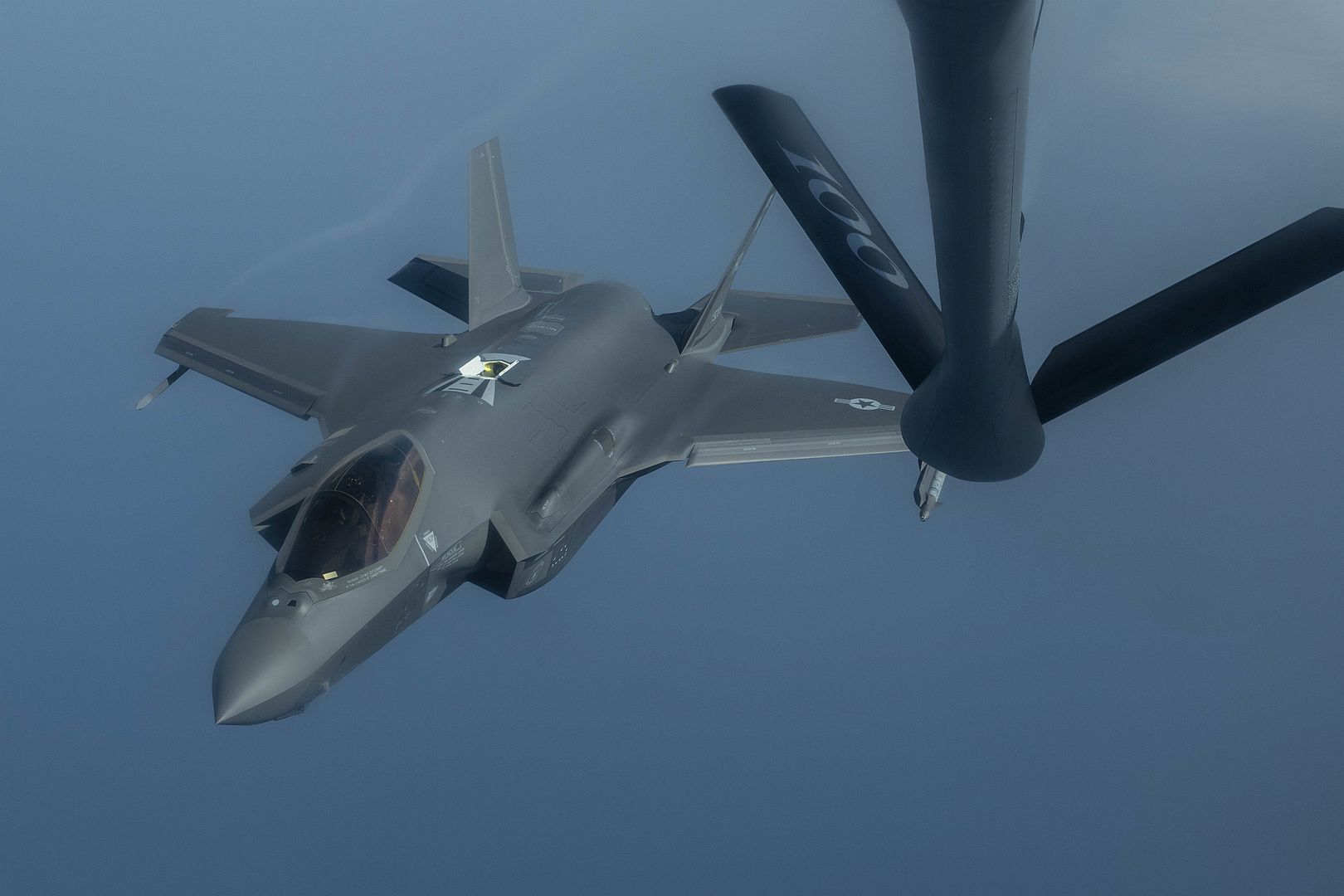

EIELSON AIR FORCE BASE, Alaska --
Each year RED FLAG-Alaska brings hundreds of Airmen and aircraft from around the globe to participate in cutting-edge, realistic combat training in the Joint Pacific Alaska Range Complex, and with each iteration something new is always tested.
RF-A 19-2 marks the first time MQ-9 Reapers flew out of Eielson AFB, but the twist is their pilots are more than 4,000 miles away at their home station, Hancock Air Force Base, New York.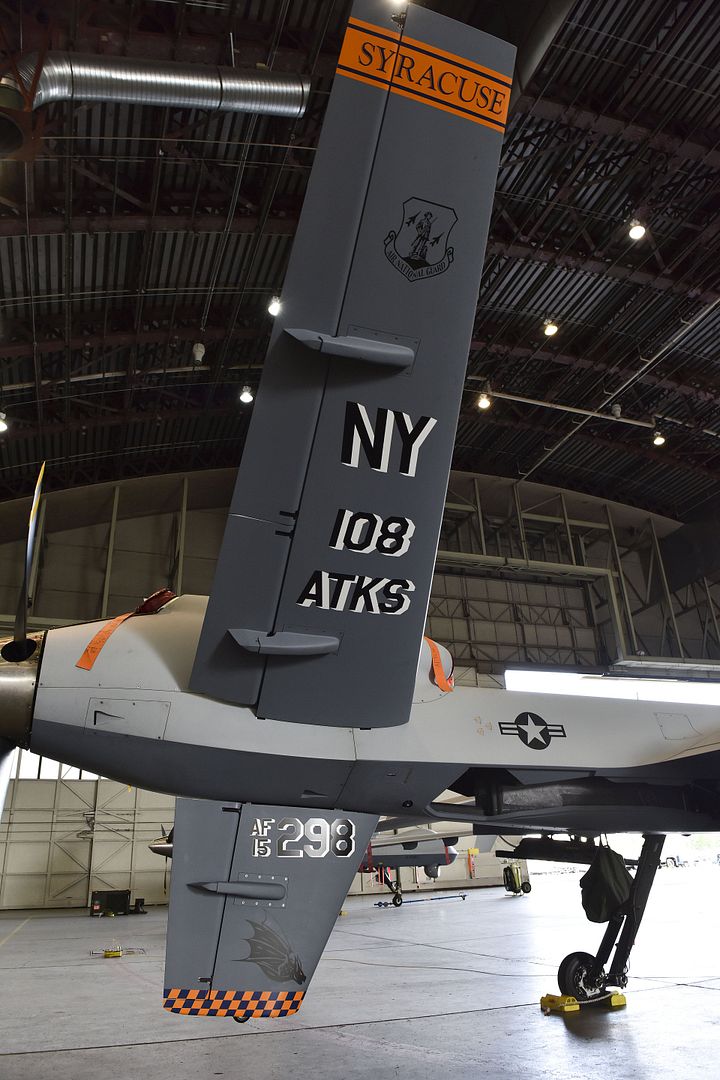
?We conducted several test flights where we flew the MQ-9 locally before handing control off to the pilots back in New York,? said Lt. Col. Aaron Brown, 108th Attack Squadron director of operations. ?We have had success and they will control the aircraft during the aerial operations throughout the exercise.?
Flying in RF-A 19-2 didn?t come easy though. Due to airspace restrictions, the 174th Attack Wing had to coordinate with the Federal Aviation Administration for nearly a year to receive authorization.
Brown said the MQ-9 has very strict FAA guidelines in the airspace, but it doesn?t infringe on their ability to participate in the exercise and to help build future air combat tactics.
?In the past, the MQ-9 hasn?t been heavily utilized in traditional air combat operations,? said Brown. ?During RED FLAG, we?re trying to build interoperability between the platforms and showcase the MQ-9?s capabilities and how they can be integrated into the fight.?
During the exercise, the MQ-9 is improving capabilities by providing detailed information on simulated targets so traditional aircraft pilots can acquire a well-rounded view of the battle field and build more effective plans.
?The MQ-9 also adds a lot of longevity because it can fly for nearly 24 hours non-stop and intel it provides allows fighter pilots to use their fuel more efficiently,? said Brown.
In addition to the benefits MQ-9 participation in RF-A brings to fighter pilots, the 108th ATKS remotely-piloted aircraft pilots in Syracuse will gain experience and learn tactics used in combat operations while also allowing 138th ATKS RPA pilots temporarily stationed at Eielson access to more continuous training outside of real-world combat operations, he said.
In addition to benefiting aircrew, RF-A provides great opportunities for ground and maintenance crews to improve their expertise and practice their operations in new and unfamiliar environments.
?Because of the way operations are for traditional drill status guardsmen, this exercise provides an excellent opportunity to further their hands-on expertise with the airframe,? said Staff Sgt. Collin Izard, 174th Attack Wing maintainer. ?It also allows us to figure out how to operate on a much busier, more crowded flightline which differs from the one back in New York.?
Throughout the two week exercise, both Brown and Izard hope to improve the readiness and lethality of the 174th ATKW while also showcasing the advantages the MQ-9 provides to air combat operations.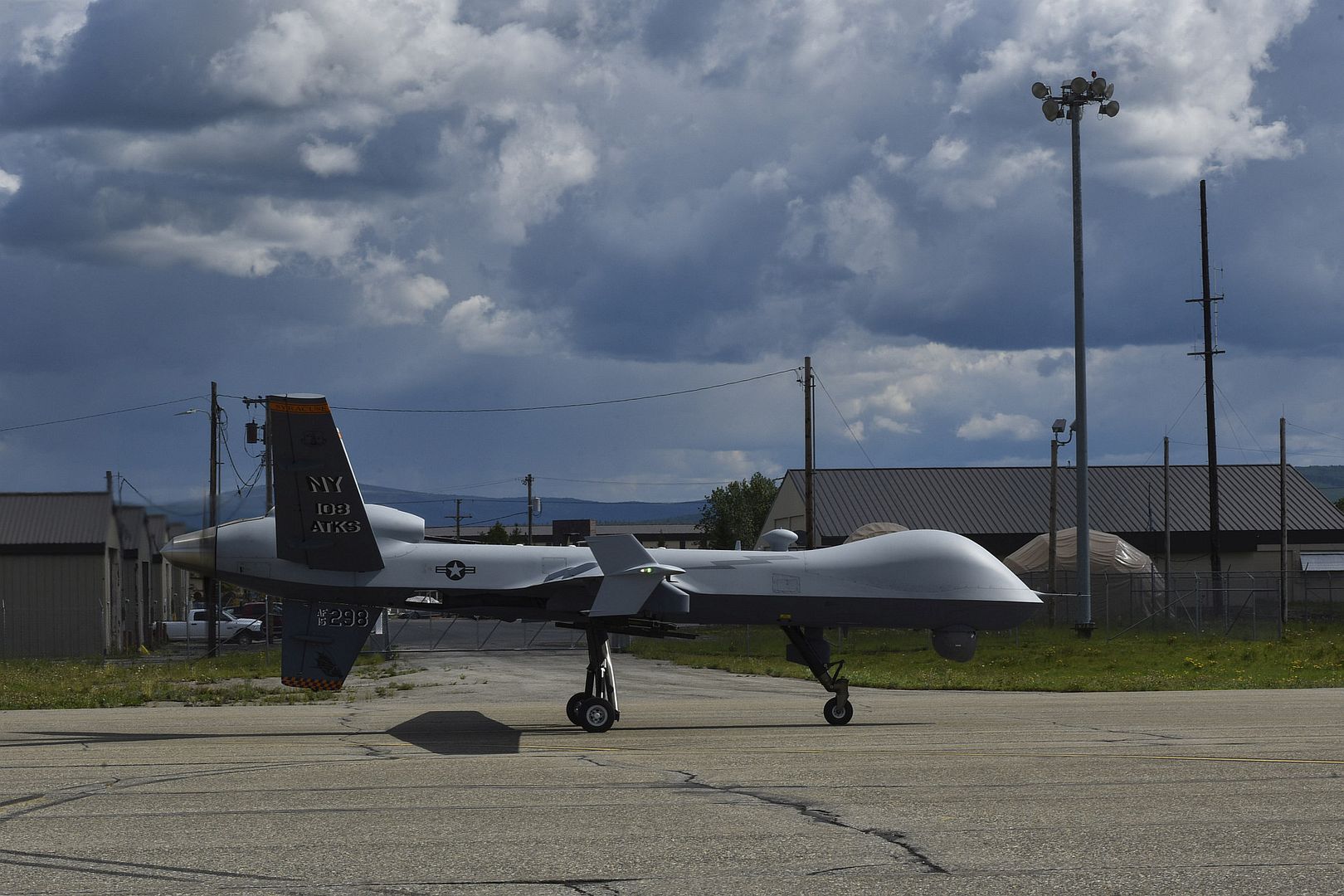
PHILADELPHIA, Pa., June 13, 2019 ? Boeing [NYSE: BA] will build next-generation MH-47G Chinooks for the U.S. Army Special Operations Aviation Command. The Block II configuration will enhance the Army?s ability to safely carry out the most challenging missions around the world.
The $194 million contract is for a second lot of MH-47G Block II aircraft, to be delivered starting in 2021. Block II Chinooks feature technological advancements to extend the fleet?s service life and enhance performance.
?The MH-47G is the world?s best, most reliable heavy-lift helicopter and will help Special Operations execute their difficult missions,? said Chuck Dabundo, vice president and MH-47 program manager. ?Nearly a quarter of the Special Ops fleet is now on contract for Block II, and we look forward to delivering this capability to them on schedule.?
The Army has a large number of MH-47G Chinook helicopters. Boeing is now on contract for a total of 15 MH-47G Block II Chinooks. The first MH-47G Block II aircraft is scheduled to begin final assembly this year.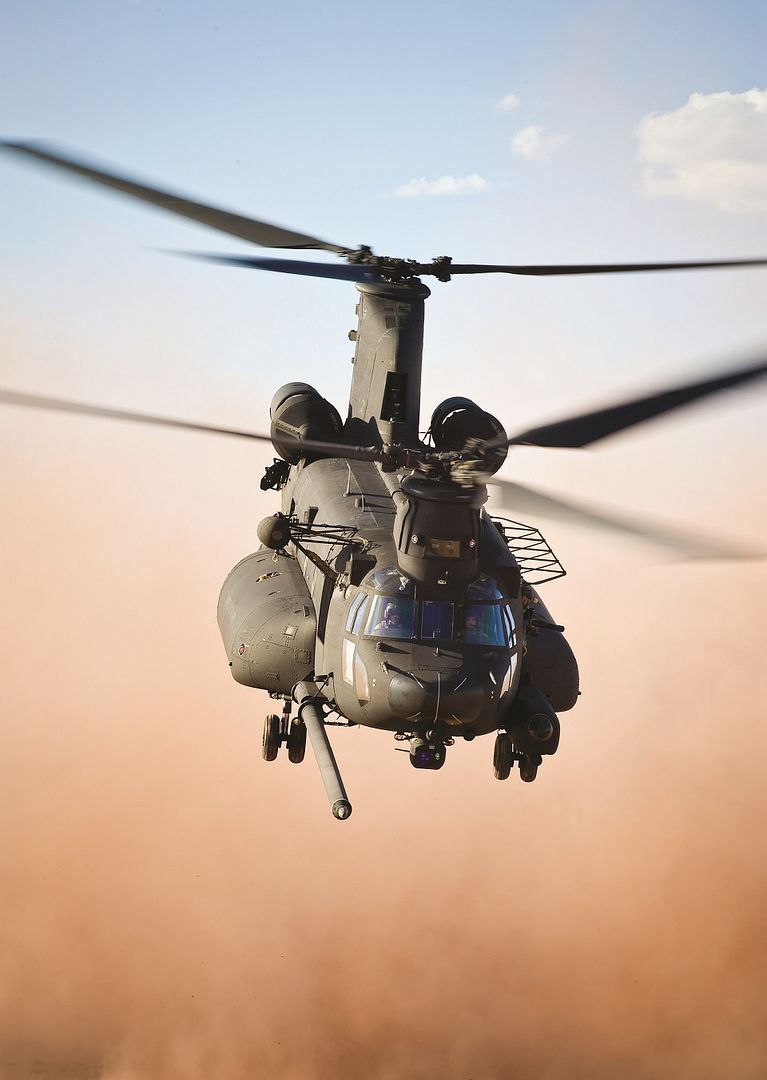
Tokyo ? Airbus Helicopters has delivered Nakanihon Air Service?s 20th H135, at an entry-into-service ceremony held today at the operator?s hangar in Aichi Prefecture.
This new light-twin helicopter will join Nakanihon Air Service?s growing fleet of H135s to support emergency medical service (EMS) missions throughout the country. One of the largest aircraft operators in Japan, Nakanihon operates 45 Airbus? helicopters ? about two-thirds of its rotorcraft fleet ? for a wide spectrum of activities including EMS, electronic news gathering, as well as passenger and goods transportation. Nakanihon Air Service also operates an Airbus approved maintenance centre for H135 helicopters.
The H135 is an outstanding market leader in the light twin-engine helicopter segment, known for its compact build, agility, reliability and versatility. It is the perfect fit for multiple missions including EMS, law enforcement, firefighting, as well as VIP and corporate transportation.
To date, more than 1,300 H135s are in operation around the globe for close to 300 operators. In Japan, operators of the 92 H135 helicopters flying today benefit from the integrated training support offered by Airbus Helicopters? Kobe-based H135 full flight simulator centre.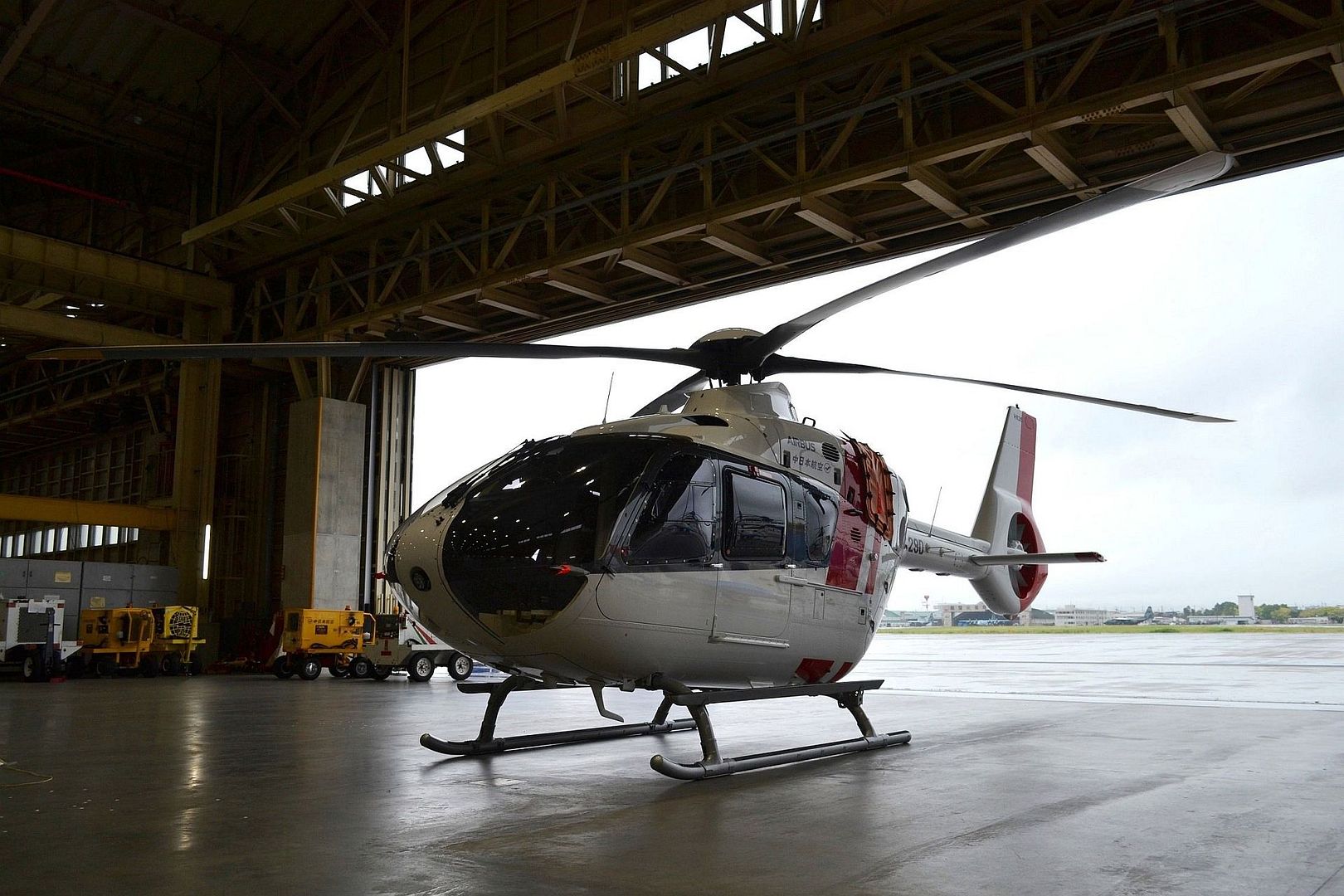
Japan Airlines (JAL) has taken delivery of its first A350 XWB at Airbus Headquarters in Toulouse, France. The A350-900 is the first aircraft produced by Airbus for JAL. The milestone event was attended by JAL Representative Director and Chairman Yoshiharu Ueki and Airbus Chief Commercial Officer Christian Scherer.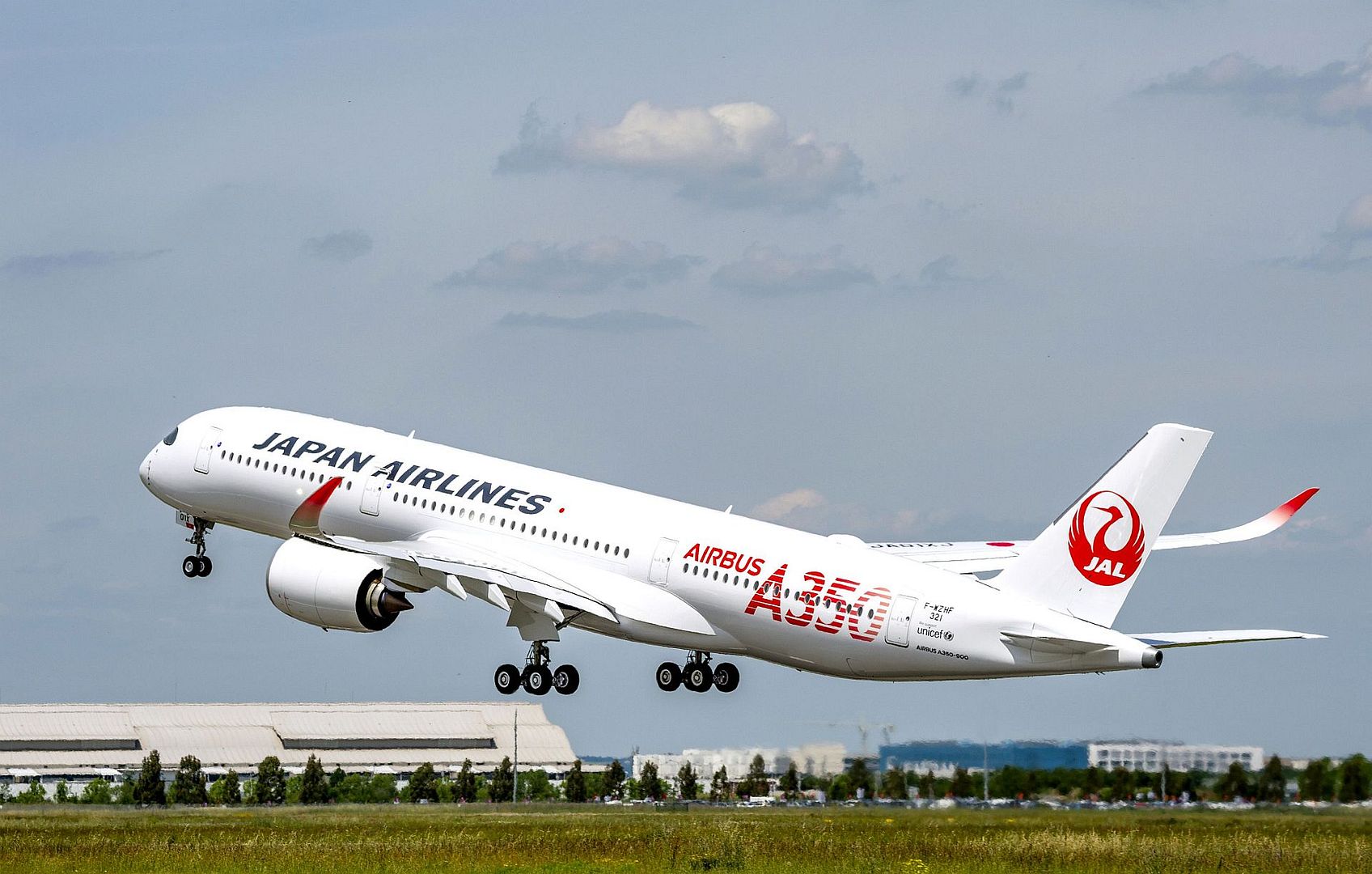
Altogether, JAL has ordered 31 A350 XWB aircraft, comprising 18 A350-900s and 13 A350-1000s. JAL will initially operate the A350-900 on high frequency domestic routes, while the larger A350-1000 will fly on the carrier?s long haul international network. The first aircraft will enter service on the airline?s Haneda - Fukuoka route at the start of September.
JAL?s A350-900 is configured in a premium three class layout, with 12 seats in First Class, 94 in Class J and 263 in Comfort Economy.
The ferry flight of the first JAL A350-900 is being performed with a blend of conventional and synthetic fuel, contributing to reduced CO2 emissions.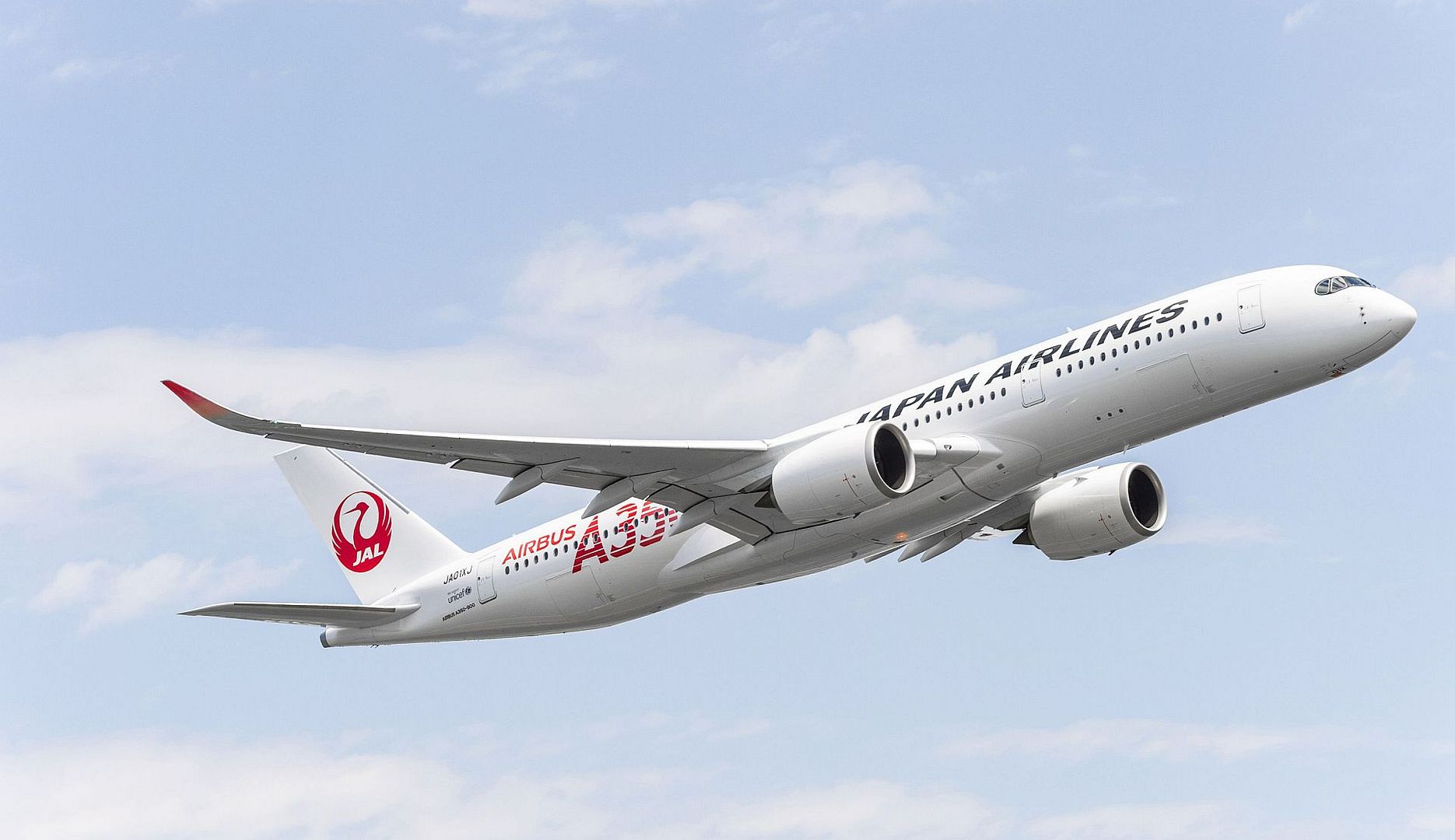
The A350 XWB offers by design unrivalled operational flexibility and efficiency for all market segments up to ultra-long haul (15,000km). It features the latest aerodynamic design, a carbon fibre fuselage and wings, plus new fuel-efficient Rolls-Royce engines. Together, these latest technologies translate into unrivalled levels of operational efficiency, with a 25 per cent reduction in fuel burn and emissions. The A350 XWB?s Airspace by Airbus cabin is the quietest of any twin-aisle and offers passengers and crews the most modern in-flight products for the most comfortable flying experience.
At the end of May 2019, the A350 XWB Family had received 893 firm orders from 51 customers worldwide, making it one of the most successful wide-body aircraft ever.
Paris ? France, June 13, 2019 ? Embraer will have a remarkable presence at the 53rd International Paris Air Show (www.paris-air-show.com), where the company, founded in 1969 August 19th, will celebrate it?s 50 years anniversary. At the event, which takes place from 17th to June 23rd at the Le Bourget airport, outside Paris, France, Embraer will have a large exhibition area that includes state-of-the-art aircraft in static and in-flight display, as well as a pavilion dedicated to Embraer's history during half of a century in the aviation industry.
Embraer will showcase in the demonstration area the new E195-E2, of Embraer?s second-generation commercial jet family; the multi-mission airlift and in-flight refueling KC-390; the light attack and training aircraft A-29 Super Tucano; and the Praetor 600, the best executive jet of the super-midsize category already developed.
The remarkable events of Embraer's five decades history will be remembered in a pavilion dedicated to exhibit information and images of the Company's products that have made history in the global aviation industry. The public that goes to the space, which occupies a total area of 300m?, can watch the video that presents, in a timeline, the most striking moments of the Brazilian Company, displayed in a LED panel of 14 meters wide.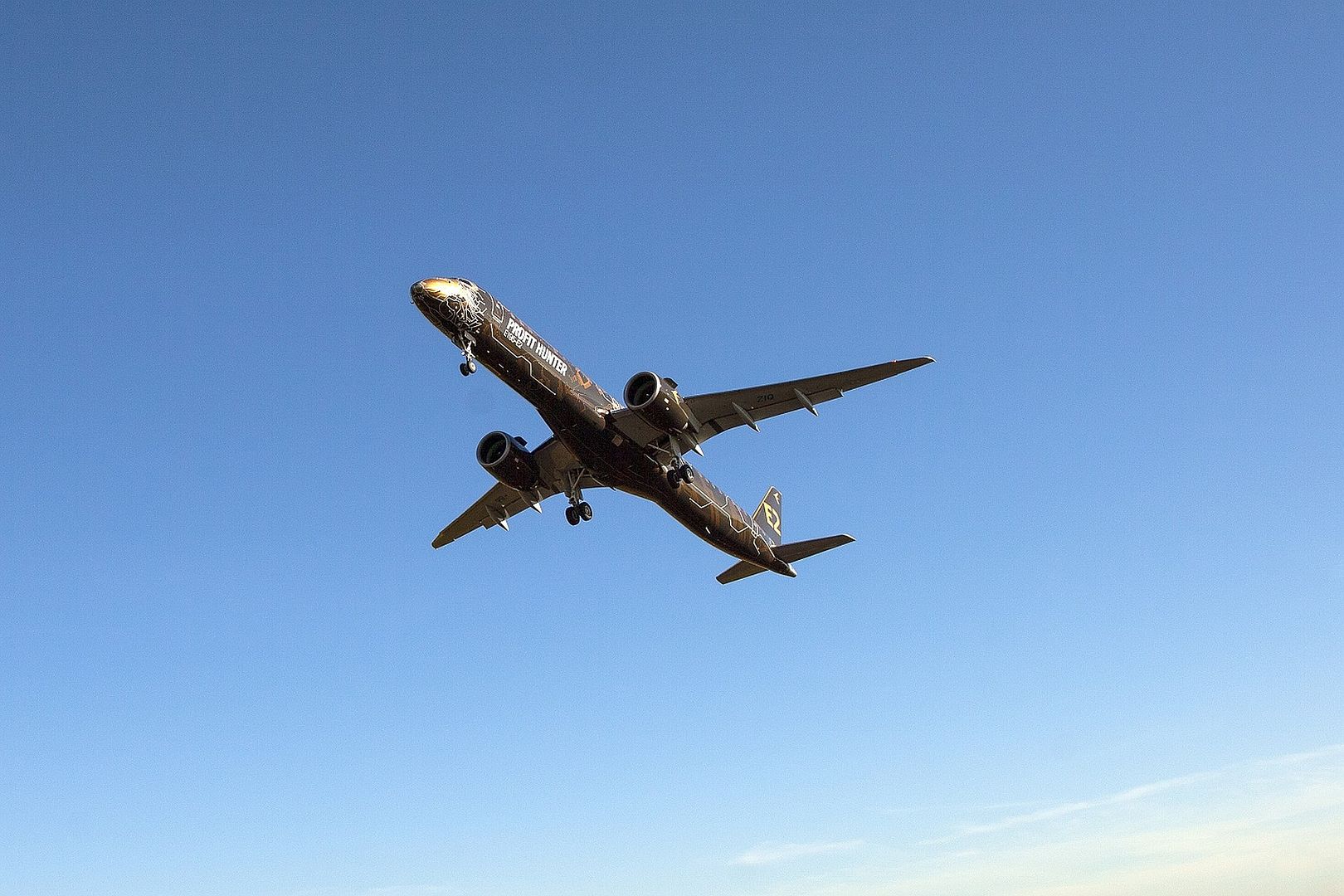
Leonardo has signed yesterday a contract with the Armaments and Airworthiness Department of the Italian Ministry of Defence for the supply of 13 M-345 HET (High Efficiency Trainer) aircraft, for a total value of 300 million Euros. This follows an initial contract for five aircraft bringing to 18 the number of M-345 trainers ordered by Italy. The contract includes ground-based training systems and a five year logistics support package.
Alessandro Profumo, CEO of Leonardo said: "This contract for the M-345 is the result of the constructive dialogue between industry and the Italian Ministry of Defence, leading to a thorough understanding of their needs and to jointly identify the best technological solution. In line with our Industrial Plan we are devoting significant effort to the development of our training business, both in terms of platforms, ground capabilities and services. Thanks to our fruitful partnership with the Italian Ministry of Defence and the progressive introduction of the M-345, Italy will see the establishment of an advanced international training academy for military pilots.?
Lucio Valerio Cioffi, Managing Director of Leonardo Aircraft Division, said: ?With its high performance and advanced integrated training system, the M-345 will significantly improve the effectiveness of the Air Force?s training, improve efficiency and reduce operating costs. The new aircraft, the first of which is expected to be delivered in 2020, will join the Air Force?s fleet of 18 twin-engine Aermacchi M-346s based at the Italian Air Force?s Galatina base near Lecce in the Southern Italy, which have already been delivered to provide the advanced phase of pilot training.?
The Italian Air Force has identified a requirement for around 45 M-345 aircraft (designated the T-345A) to progressively replace its fleet of 137 MB-339s, that have been in service since 1982, and to become the new platform of Italy?s National Aerobatic Team (Pattuglia Acrobatica Nazionale (PAN).
The M-345 has already raised the interest of many air forces worldwide. The first production aircraft successfully performed its maiden flight on December 21, 2018 delivering excellent performance.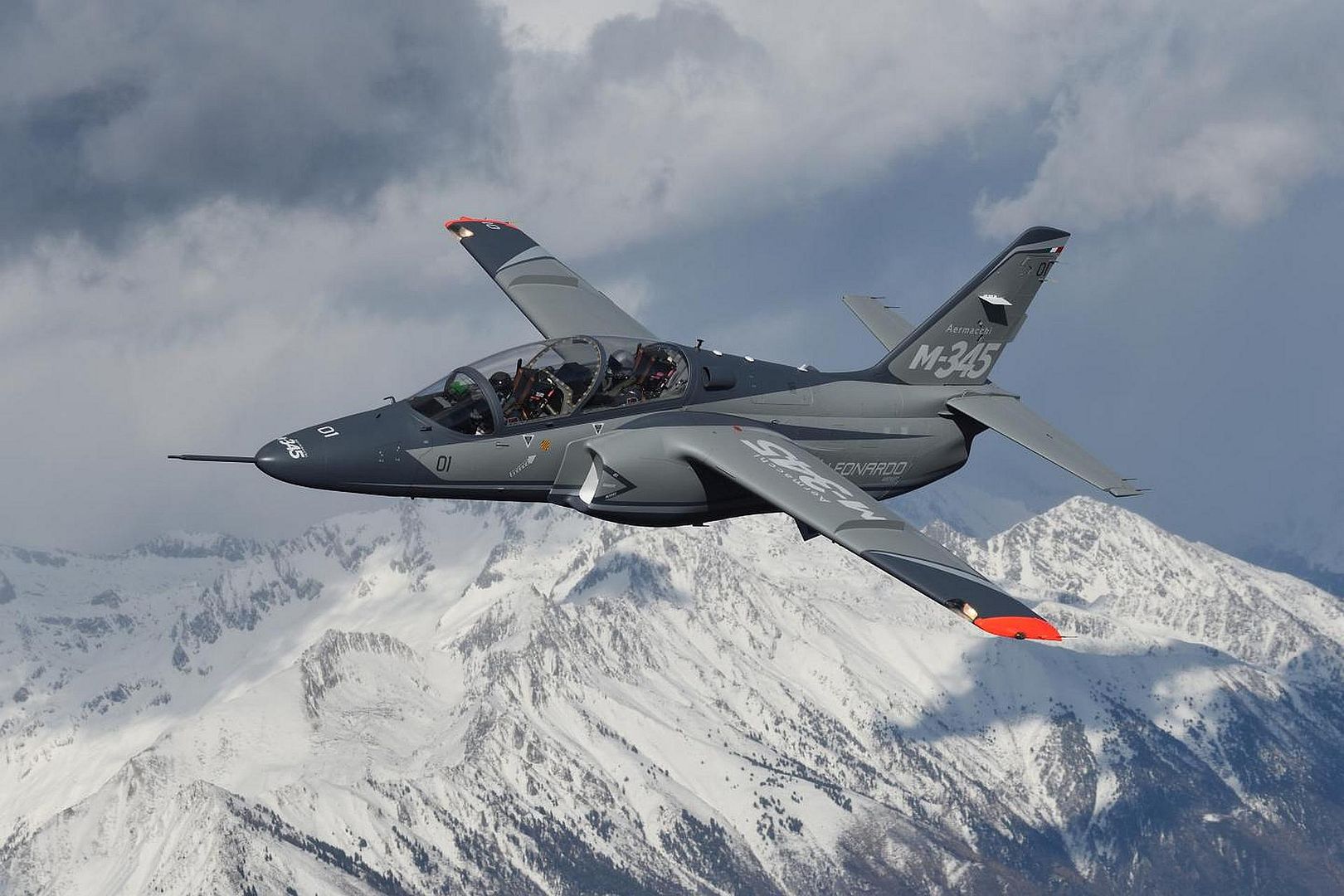
-
 Main AdminAn Idaho Air National Guard A10 C Thunderbolt II from the 124th Fighter Wing flies over the Idaho Army National Guard?s 2nd Battalion, 116th Cavalry Regiment?s defensive line June 13, 2019 at the National Training Center in Fort Irwin , California. Throughout NTC the 116th Cavalry Brigade Combat Team and the 124th Fighter Wing, both headquartered in Boise, have trained along side each other to build unit readiness and increase proficiency in each unit?s wartime missions.
Main AdminAn Idaho Air National Guard A10 C Thunderbolt II from the 124th Fighter Wing flies over the Idaho Army National Guard?s 2nd Battalion, 116th Cavalry Regiment?s defensive line June 13, 2019 at the National Training Center in Fort Irwin , California. Throughout NTC the 116th Cavalry Brigade Combat Team and the 124th Fighter Wing, both headquartered in Boise, have trained along side each other to build unit readiness and increase proficiency in each unit?s wartime missions.
Photo by Sgt. Mason Cutrer.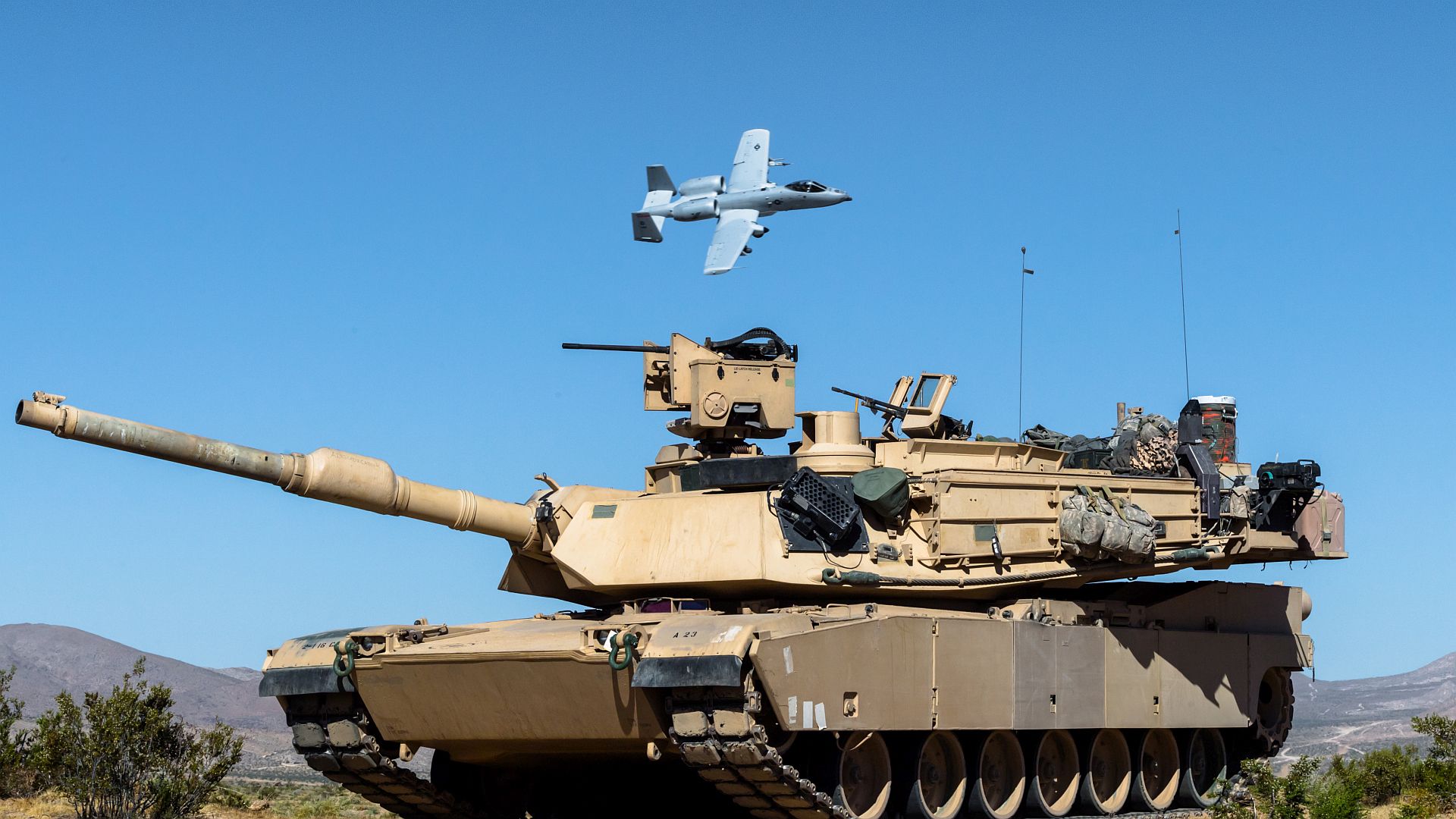
LEMOORE, California (June 5, 2019) The first Marine Fighter Attack Squadron (VMFA) 314 "Black Knights" F-35C aircraft from Naval Air Station (NAS) Lemoore flown by CAPT Tommy Beau Locke from Strike Fighter Squadron (VFA) 125 "Rough Raiders" flies in formation over the Sierra's with the VFMA-314 squadron F/A-18A++, flown by LtCol Cedar Hinton aircraft "passing the lead" as part of the F/A-18 Sundown with the Black Knights. (U.S. Navy photo's by Lt. Cmdr. Darin Russell/Released)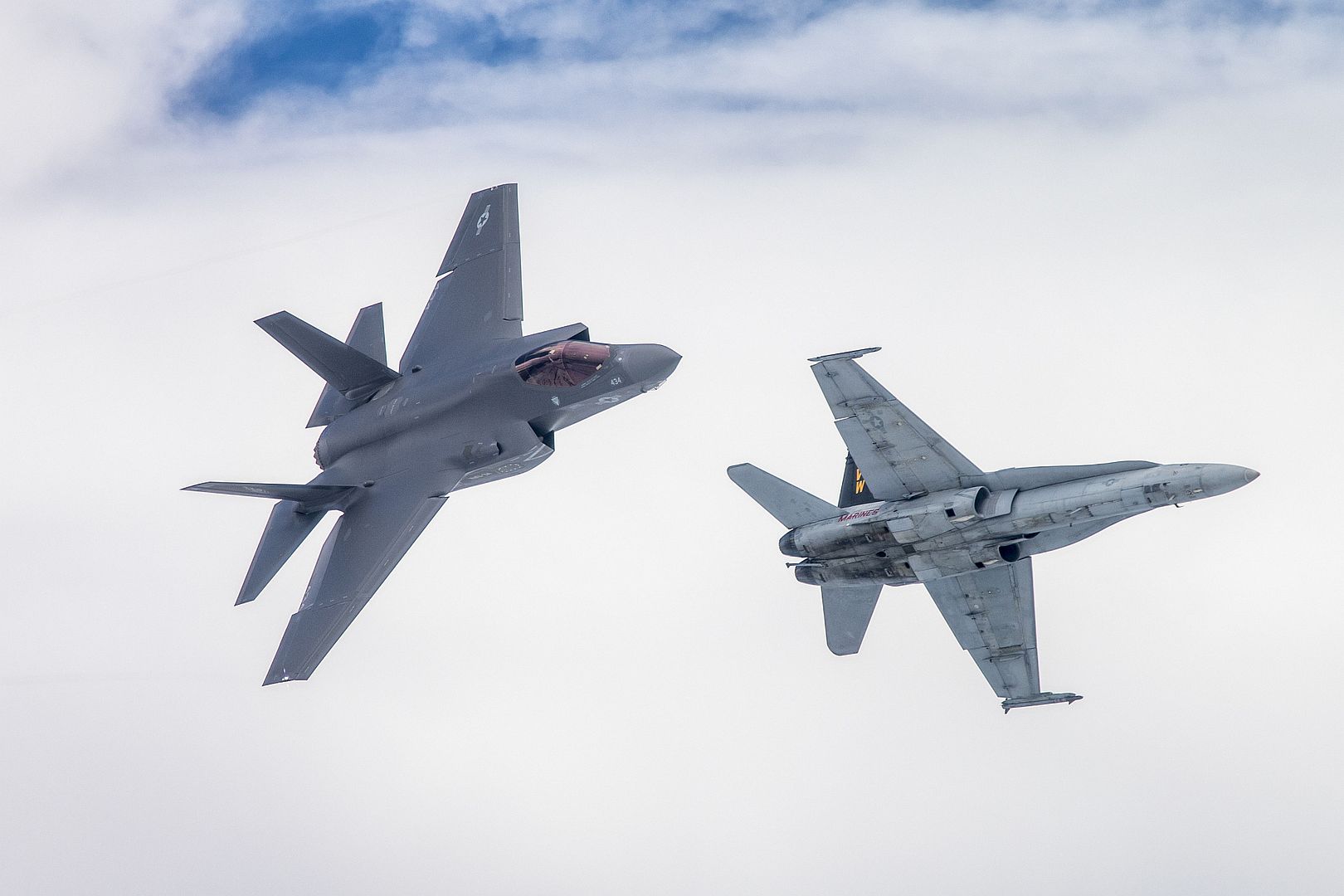
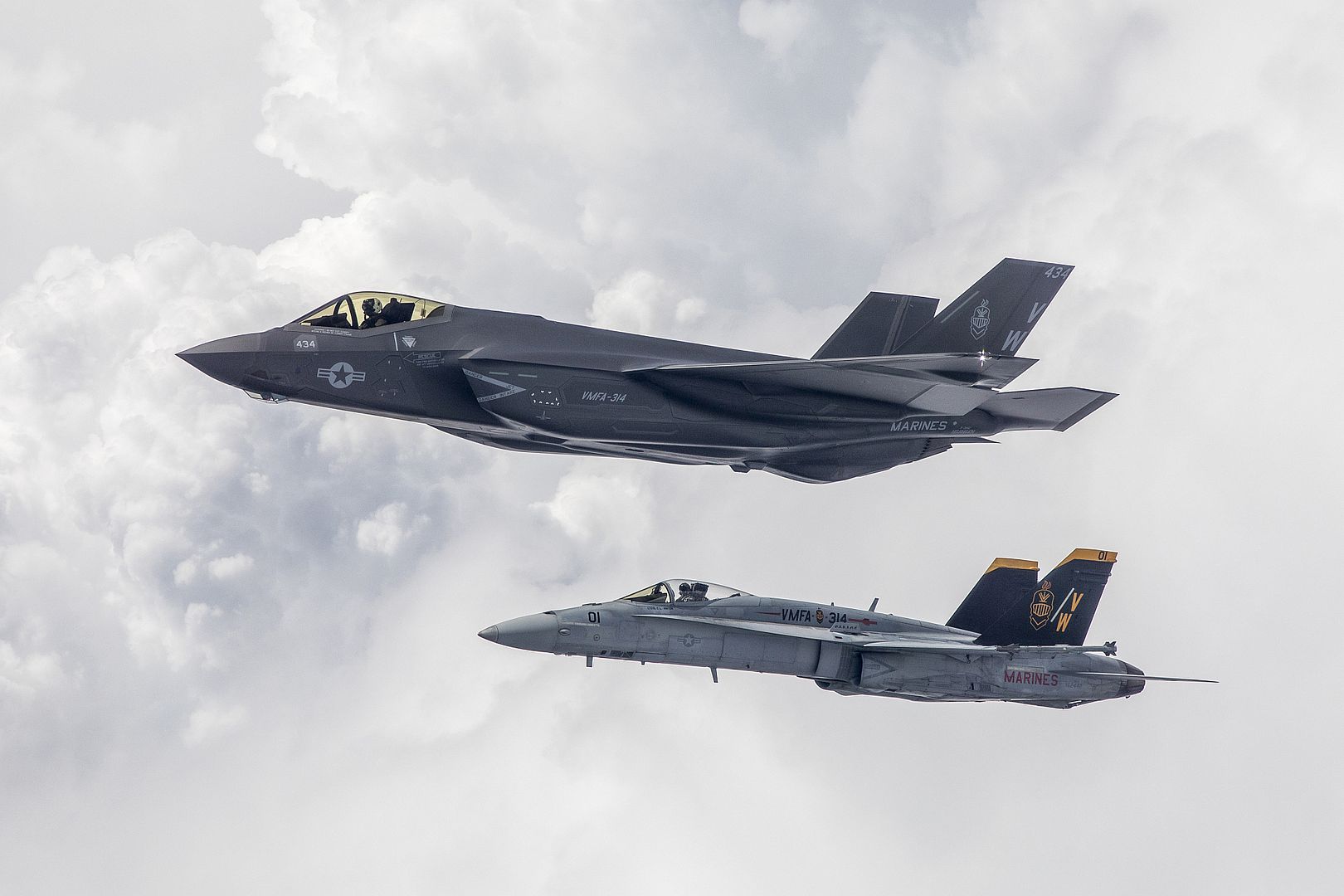
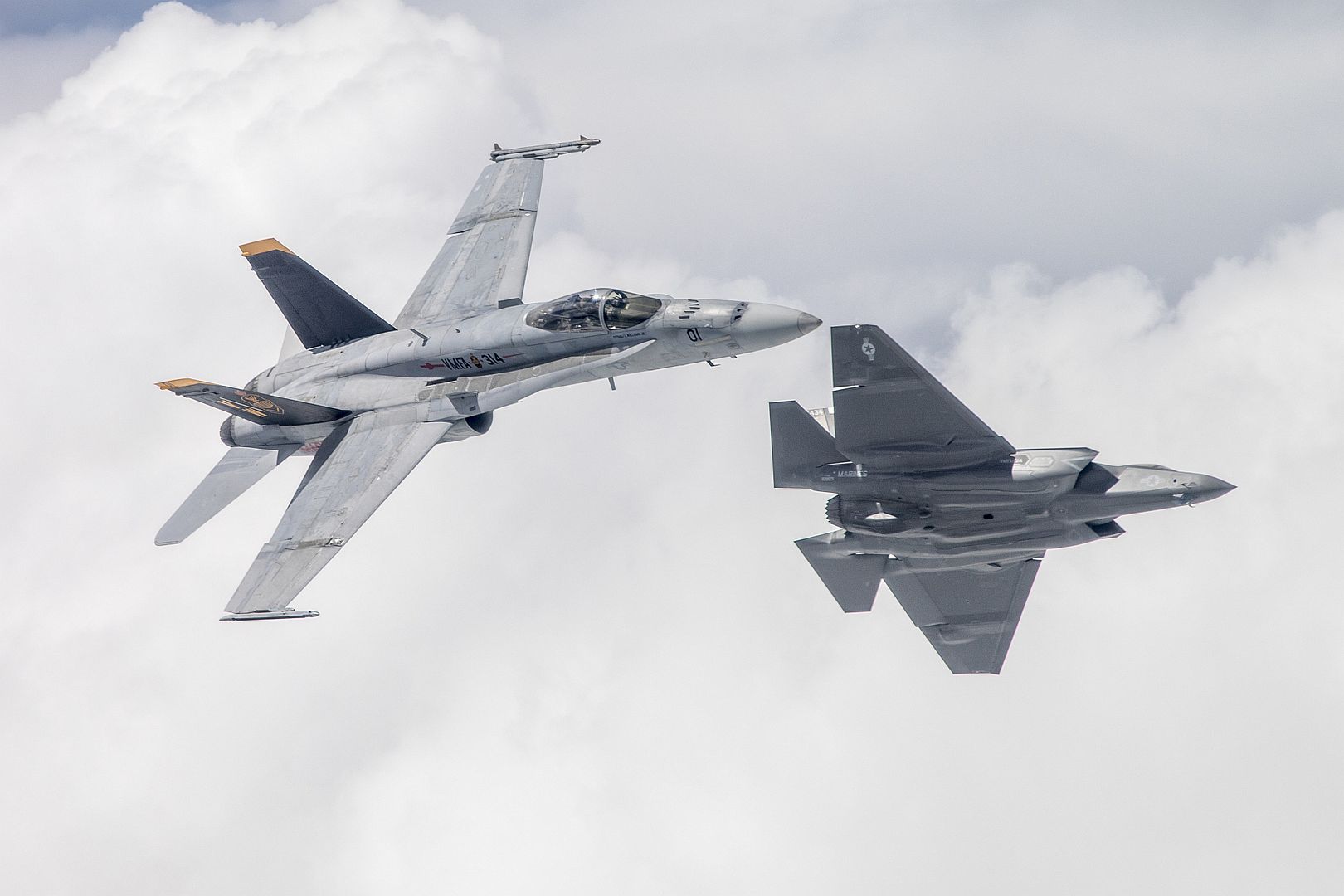
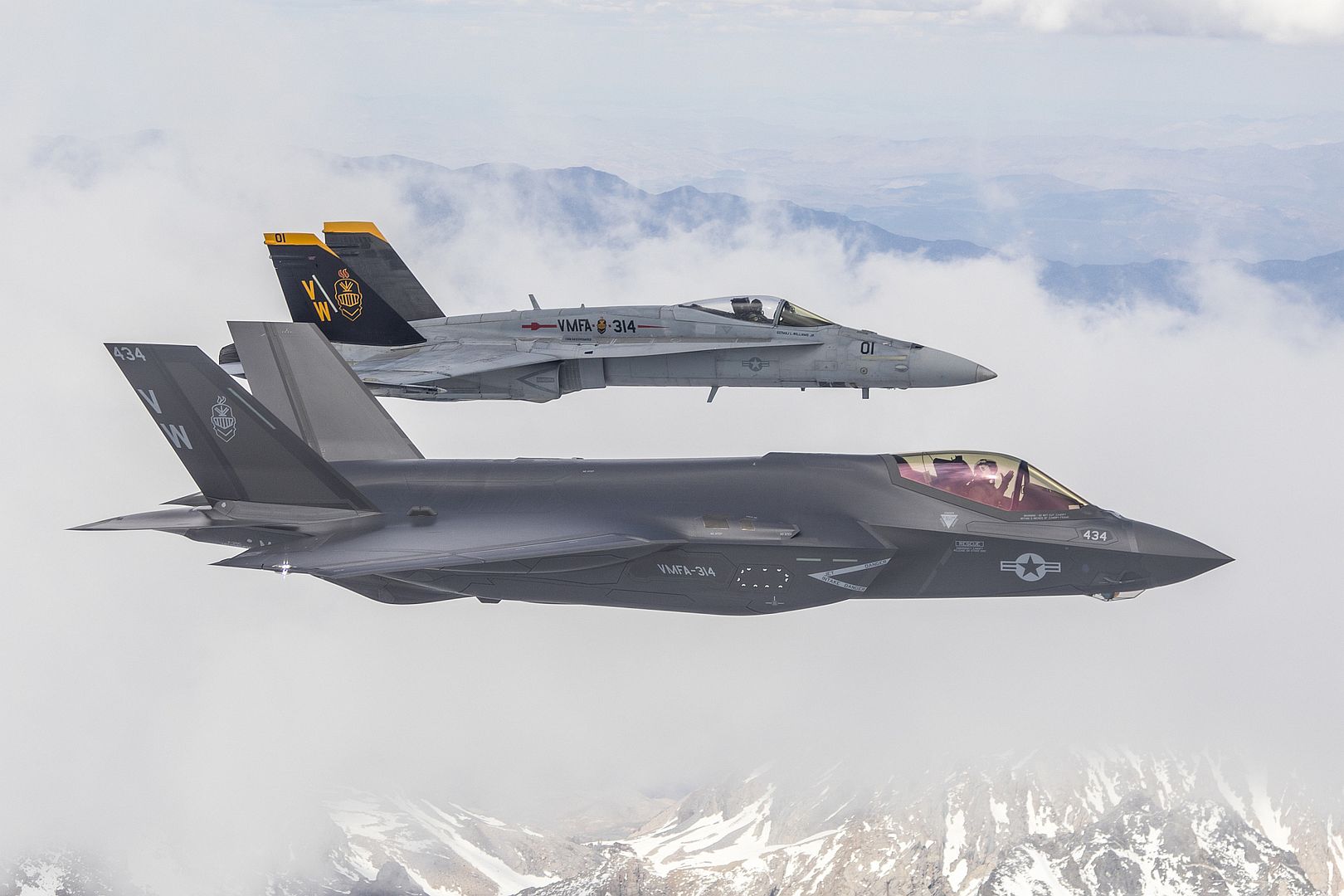
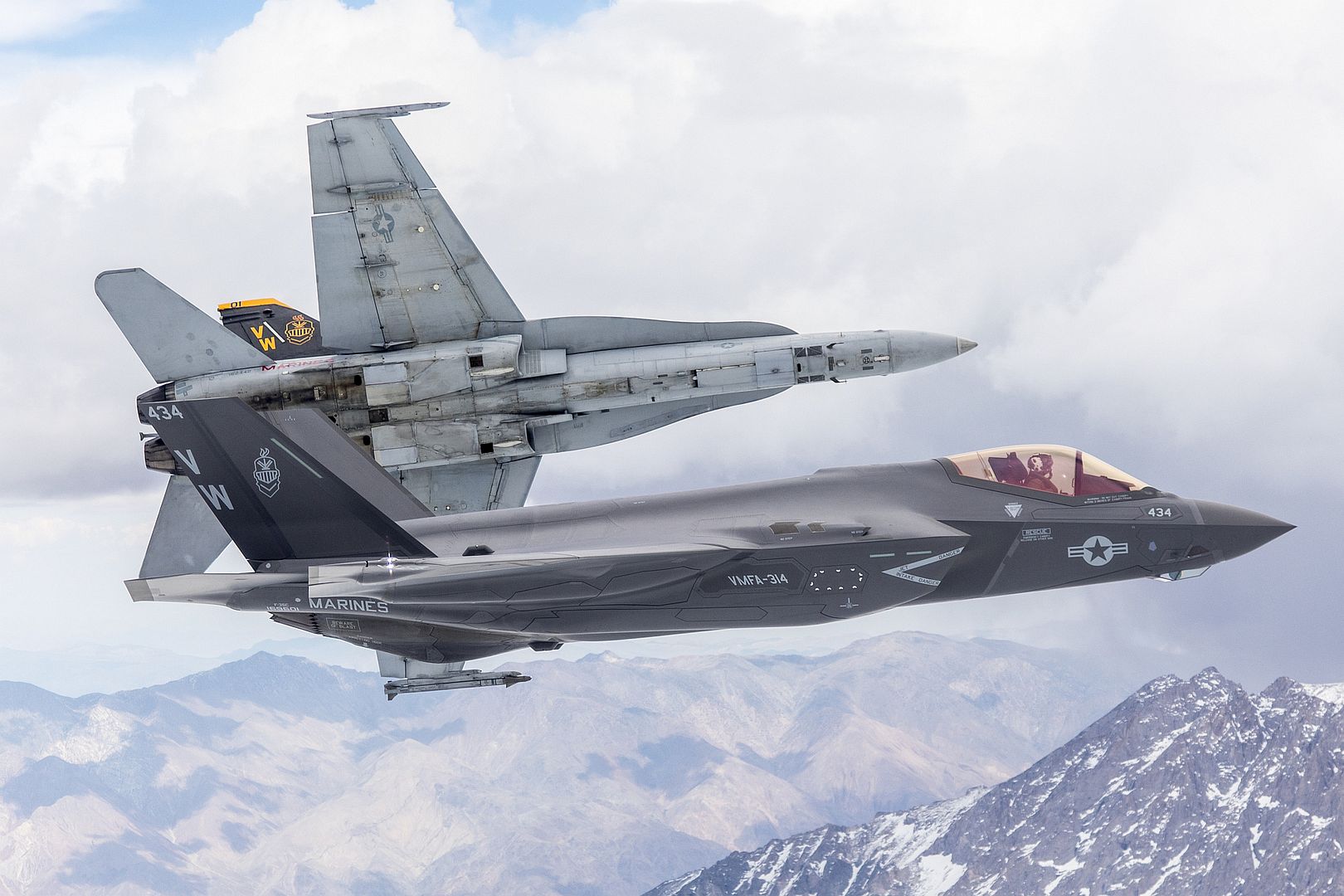
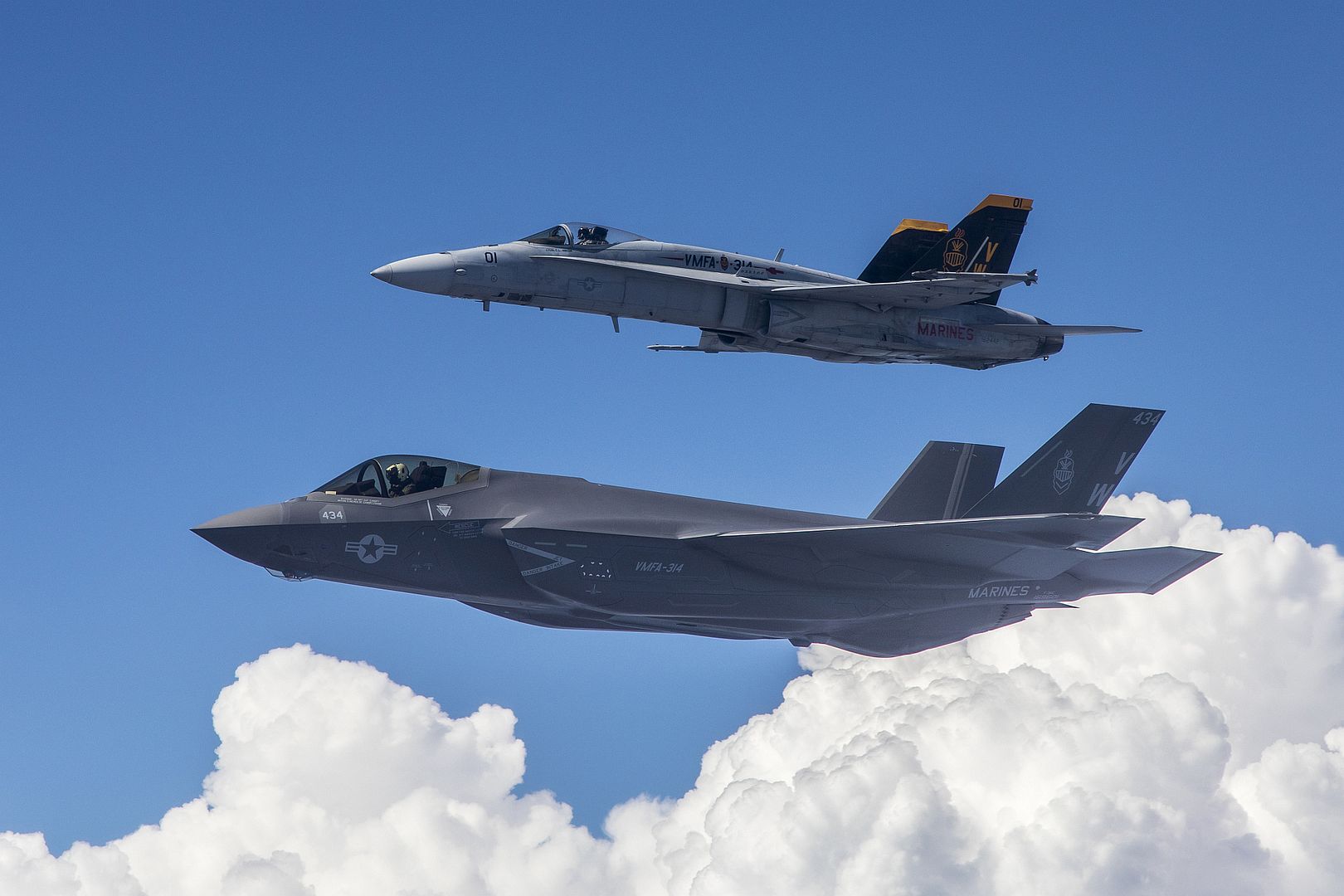
Marignane, The French Defence Procurement Agency DGA has signed an order to purchase an additional H225M which will be operated by the French Air Force. The aircraft will be delivered in a configuration that allows it to be interoperable with the existing fleet of 10 H225Ms in the French Air Force and in particular it will be capable of inflight refuelling, an essential operational advantage that this helicopter offers.
The aircraft will be based in Cazaux and will be used for Special Forces and Search and Rescue missions.
?We are very proud that the French Air Force is renewing its trust in the reliable multirole H225M, having been the first to deploy the type in an operational theatre in 2006? said Alexandra Cros, Vice President and Head of Governmental Affairs France at Airbus Helicopters. ?The H225M is a real military asset thanks to its versatility and its excellent range. Operational from ships and land with an all-weather capability and takeoff in less than five minutes, it?s always ready for assignment? she added.
The H225M, with more than 180 aircraft ordered, 97 helicopters delivered, and 110,000 flight hours accumulated to date, is a recognized combat-proven, versatile and reliable workhorse for military missions worldwide. The 11-tonne member of the Super Puma family is relied upon as a force multiplier by France, Brazil, Mexico, Malaysia, Indonesia, and Thailand. Indonesia has recently placed a follow-on order for an additional eight aircraft. Other recent customers for the H225M include Kuwait, Singapore, and Hungary who signed a contract for 16 H225Ms in December last year.
Post a reply
- Go to Previous topic
- Go to Next topic
- Go to Welcome
- Go to Introduce Yourself
- Go to General Discussion
- Go to Screenshots, Images and Videos
- Go to Off topic
- Go to Works in Progress
- Go to Skinning Tips / Tutorials
- Go to Skin Requests
- Go to IJAAF Library
- Go to Luftwaffe Library
- Go to RAF Library
- Go to USAAF / USN Library
- Go to Misc Library
- Go to The Ops Room
- Go to Made in Germany
- Go to Campaigns and Missions
- Go to Works in Progress
- Go to Juri's Air-Raid Shelter
- Go to Campaigns and Missions
- Go to Works in Progress
- Go to Skinpacks
- Go to External Projects Discussion
- Go to Books & Resources
